 Search by Keyword
|
“THE LONG AND WINDING ROAD”
(John Lennon – Paul McCartney)
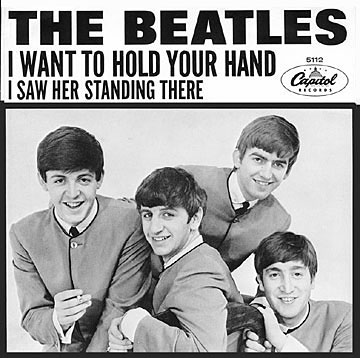 In 1964 when The Beatles broke onto the scene in America, they seemed to be able to do no wrong as far as hit singles were concerned. “I Want To Hold Your Hand” raced up to the #1 spot on the US Billboard Hot 100, staying there for an amazing seven weeks. From that point on, nearly every new official Beatles release reached the top spot on this chart, as did some unofficial singles such as “Eight Days A Week” and “Yesterday.” Any record label that had license to do so released whatever Beatles singles they could, resulting in huge hits that either went to #1 or charted very high, such as “Love Me Do” (#1), “Twist And Shout” (#2), “Please Please Me” (#3), “She Love You” (#1), “My Bonnie” (#26), “Ain't She Sweet” (#19) and “Do You Want To Know A Secret” (#2). In 1964 when The Beatles broke onto the scene in America, they seemed to be able to do no wrong as far as hit singles were concerned. “I Want To Hold Your Hand” raced up to the #1 spot on the US Billboard Hot 100, staying there for an amazing seven weeks. From that point on, nearly every new official Beatles release reached the top spot on this chart, as did some unofficial singles such as “Eight Days A Week” and “Yesterday.” Any record label that had license to do so released whatever Beatles singles they could, resulting in huge hits that either went to #1 or charted very high, such as “Love Me Do” (#1), “Twist And Shout” (#2), “Please Please Me” (#3), “She Love You” (#1), “My Bonnie” (#26), “Ain't She Sweet” (#19) and “Do You Want To Know A Secret” (#2).
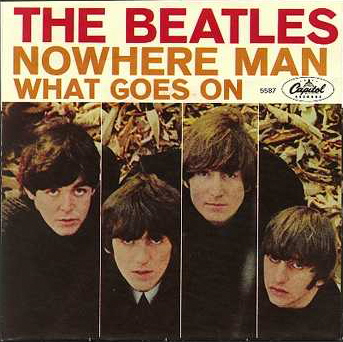 Beatles b-sides also inundated the airwaves and charts, resulting in songs like “P.S. I Love You” (#10), “I Saw Her Standing There” (#14), “Thank You Girl” (#35), “She's A Woman” (#4) and “I Don't Want To Spoil The Party” (#39) becoming hits, to mention only a few. Even Capitol Records, who were granted distributorship in America, were caught releasing additional Beatles singles to capitalize on their fame, “And I Love Her” (#12), “I'll Cry Instead” (#25), “Matchbox” (#17) and “Nowhere Man” (#3) among the many that resulted in huge revenues for both the group and the label. Beatles b-sides also inundated the airwaves and charts, resulting in songs like “P.S. I Love You” (#10), “I Saw Her Standing There” (#14), “Thank You Girl” (#35), “She's A Woman” (#4) and “I Don't Want To Spoil The Party” (#39) becoming hits, to mention only a few. Even Capitol Records, who were granted distributorship in America, were caught releasing additional Beatles singles to capitalize on their fame, “And I Love Her” (#12), “I'll Cry Instead” (#25), “Matchbox” (#17) and “Nowhere Man” (#3) among the many that resulted in huge revenues for both the group and the label.
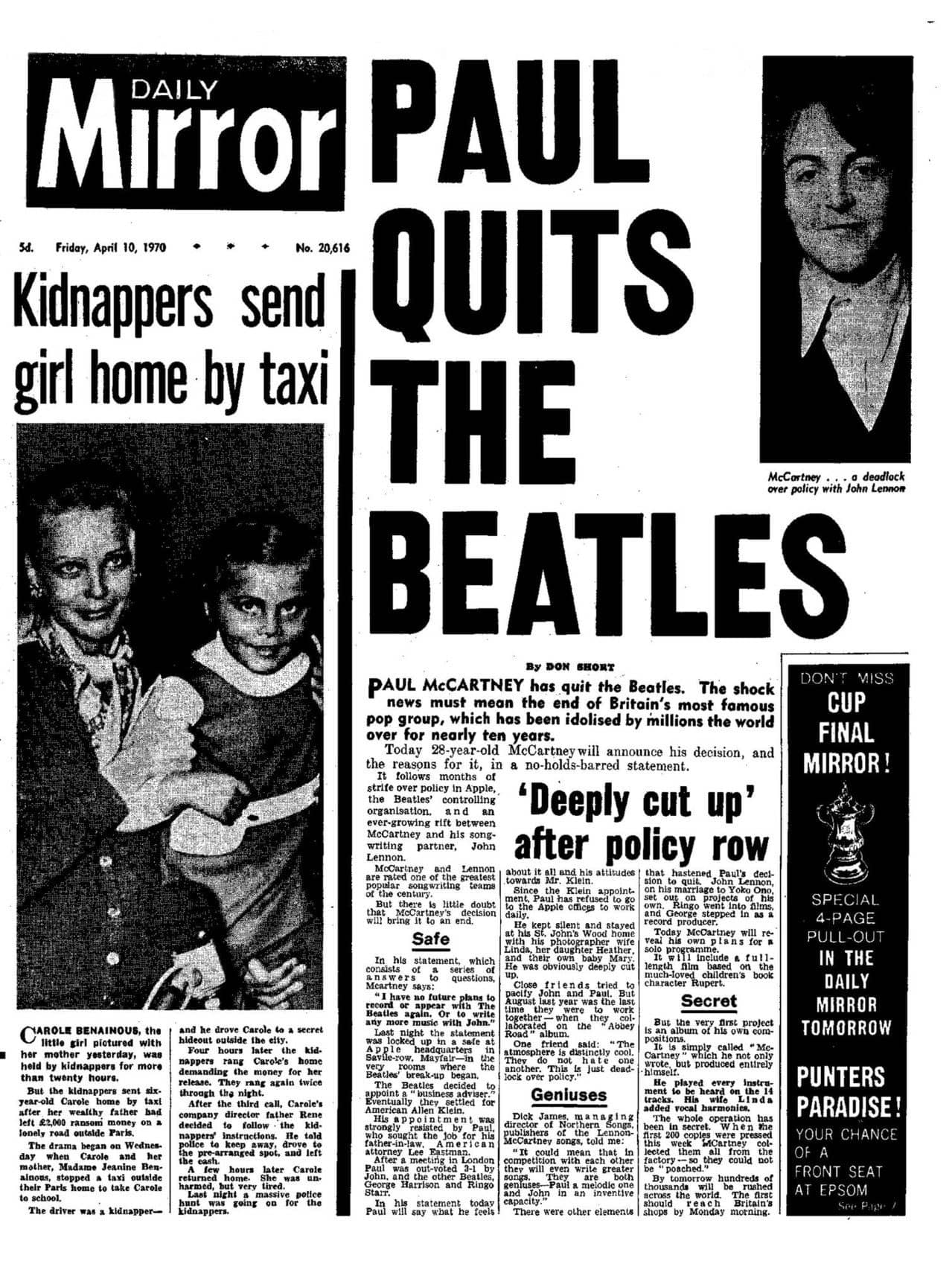 All in all, The Beatles reached the #1 spot on the Billboard Hot 100 a total of twenty times. Even after it was officially anounced in April of 1970 that the group had split up, they still reached the top spot on the pop chart with their final American single “The Long And Winding Road,” which was released the following month. Although unintentional, the lyrical message of this song appeared to sum up their successful career, at least in the minds of their legion of fans around the world. All in all, The Beatles reached the #1 spot on the Billboard Hot 100 a total of twenty times. Even after it was officially anounced in April of 1970 that the group had split up, they still reached the top spot on the pop chart with their final American single “The Long And Winding Road,” which was released the following month. Although unintentional, the lyrical message of this song appeared to sum up their successful career, at least in the minds of their legion of fans around the world.
Songwriting History
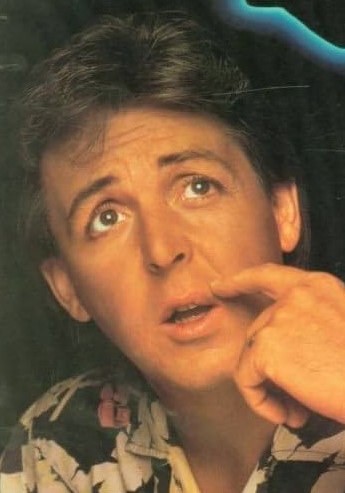 At some point during the making of the “White Album,” estimated at September of 1968, Paul set out to write a song in the style of Ray Charles. “It doesn't sound like him at all,” Paul explains in his book “Many Years From Now,” “because it's me singing and I don't sound anything like Ray, but sometimes you get a person in your mind, just for an attitude, just for a place to be, so that your mind is somewhere rather than nowhere, and you place it by thinking, 'Oh, I love that Ray Charles,' and think, 'Well, what might he do then?' So that was in my mind, and would have probably had some bearing on the chord structure of it, which is slightly jazzy. I think I could attribute that to having Ray in my mind when I wrote that one.” At some point during the making of the “White Album,” estimated at September of 1968, Paul set out to write a song in the style of Ray Charles. “It doesn't sound like him at all,” Paul explains in his book “Many Years From Now,” “because it's me singing and I don't sound anything like Ray, but sometimes you get a person in your mind, just for an attitude, just for a place to be, so that your mind is somewhere rather than nowhere, and you place it by thinking, 'Oh, I love that Ray Charles,' and think, 'Well, what might he do then?' So that was in my mind, and would have probably had some bearing on the chord structure of it, which is slightly jazzy. I think I could attribute that to having Ray in my mind when I wrote that one.”
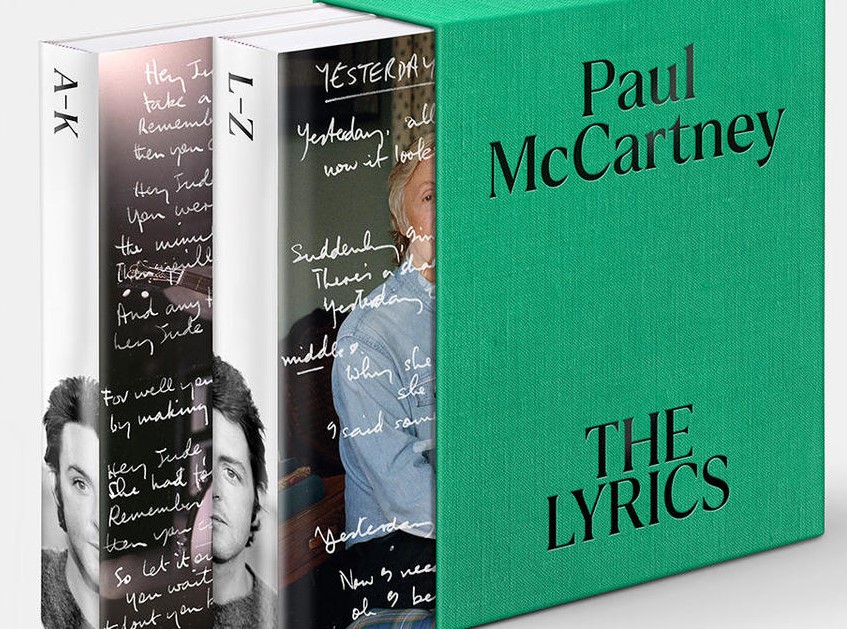 In his 2021 book "The Lyrics," Paul adds, "Often when I write a song, I do a bit of a disappearing trick myself. For example, I imagine it had been recorded by somebody else, in this case by Ray Charles. As usual, the last thing I'd want to be writing is a Paul McCartney song. This is a stategy for keeping things fresh...There's always someone else you can invoke. You can put on a mask and a cloak as you're writing something, and it takes away a lot of the anxiety. It frees you up. You discover as you get through it that it wasn't a Ray Charles song anyway; it way yours. The song take on its own character." Interestingly, Ray Charles did record the song as included on his April 1971 released album “Volcanic Action Of My Soul.” In his 2021 book "The Lyrics," Paul adds, "Often when I write a song, I do a bit of a disappearing trick myself. For example, I imagine it had been recorded by somebody else, in this case by Ray Charles. As usual, the last thing I'd want to be writing is a Paul McCartney song. This is a stategy for keeping things fresh...There's always someone else you can invoke. You can put on a mask and a cloak as you're writing something, and it takes away a lot of the anxiety. It frees you up. You discover as you get through it that it wasn't a Ray Charles song anyway; it way yours. The song take on its own character." Interestingly, Ray Charles did record the song as included on his April 1971 released album “Volcanic Action Of My Soul.”
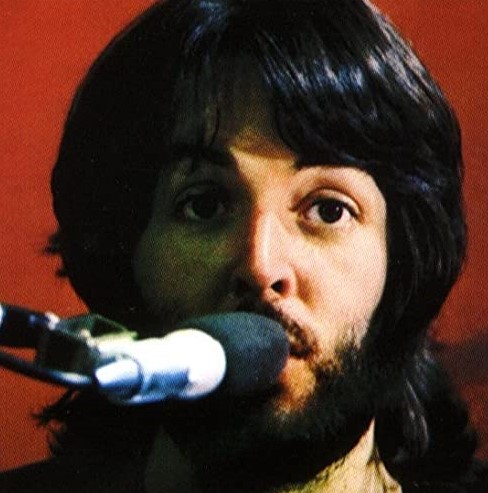 As for the lyrical content, Paul continues: “It's a rather sad song. I like writing sad songs, it's a good bag to get into because you can actually acknowledge some deeper feelings of your own and put them in it. It's a good vehicle, it saves having to go to a psychiatrist. Songwriting often performs that feat, you say it but you don't embarrass yourself because it's only a song, or is it? You are putting the things that are bothering you on the table and you are reviewing them, but because it's a song, you don't have to argue with anyone. I was a bit flipped out and tripped out at that time. It's a sad song because it's all about the unattainable; the door you never quite reach. This is the road that you never get to the end of." In his book "The Lyrics," Paul adds, "One of the fascinating aspects of this song is that it seems to resonate in very powerful ways. For those who were there at the time, there seems to be a double association of terrific sadness and also a sense of hope, particulary in the assertion that the road that 'leads to your door / will never disappear.'...The road leads not to (the main Scotland town of) Campbeltown, but to somewhere you never expected." As for the lyrical content, Paul continues: “It's a rather sad song. I like writing sad songs, it's a good bag to get into because you can actually acknowledge some deeper feelings of your own and put them in it. It's a good vehicle, it saves having to go to a psychiatrist. Songwriting often performs that feat, you say it but you don't embarrass yourself because it's only a song, or is it? You are putting the things that are bothering you on the table and you are reviewing them, but because it's a song, you don't have to argue with anyone. I was a bit flipped out and tripped out at that time. It's a sad song because it's all about the unattainable; the door you never quite reach. This is the road that you never get to the end of." In his book "The Lyrics," Paul adds, "One of the fascinating aspects of this song is that it seems to resonate in very powerful ways. For those who were there at the time, there seems to be a double association of terrific sadness and also a sense of hope, particulary in the assertion that the road that 'leads to your door / will never disappear.'...The road leads not to (the main Scotland town of) Campbeltown, but to somewhere you never expected."
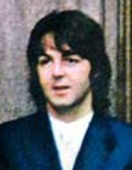 In the book contained in the 2021 "Super Deluxe" edition of the "Let It Be" album, Paul elaborated further. "A lot of songs, particularly at that time, were about your personal feelings. What I tend to do in a song is to put in some kind of analogy, like a 'long and winding road.' I don't say, 'I've been a long time getting here.' I'll say, 'A long and winding road led me here.' That's just an artistic device that anyone writing a song or novel or play would use. I was not particularly trying to put my own feelings into it, but that is often what happens: 'Don't leave me standing here.' You find these lines arrive and it's to do with your personal situation at the time. You don't always realize it." It can be surmised that, subliminally at least, Paul may very well have been here writing about his frustration concerning the future of The Beatles and the anguish concerning the direction of his personal life at the time, John being the person who left him "standing here" as the band was slowly disintegrating. In the book contained in the 2021 "Super Deluxe" edition of the "Let It Be" album, Paul elaborated further. "A lot of songs, particularly at that time, were about your personal feelings. What I tend to do in a song is to put in some kind of analogy, like a 'long and winding road.' I don't say, 'I've been a long time getting here.' I'll say, 'A long and winding road led me here.' That's just an artistic device that anyone writing a song or novel or play would use. I was not particularly trying to put my own feelings into it, but that is often what happens: 'Don't leave me standing here.' You find these lines arrive and it's to do with your personal situation at the time. You don't always realize it." It can be surmised that, subliminally at least, Paul may very well have been here writing about his frustration concerning the future of The Beatles and the anguish concerning the direction of his personal life at the time, John being the person who left him "standing here" as the band was slowly disintegrating.
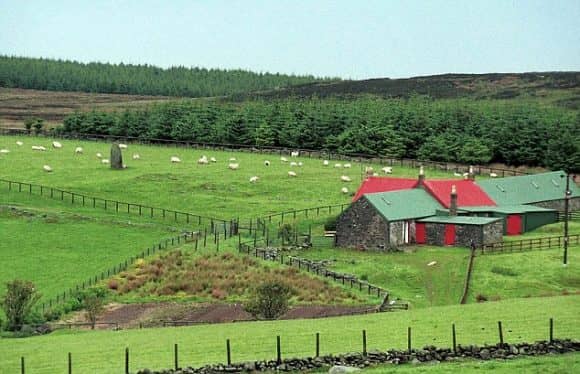 As for the visual depictions of wind, rain, and the road itself, Steve Turner's book “A Hard Day's Write” suggests the B842, a 16-mile stretch of road that twists and turns down the east coast of Kintyre into Campbeltown near Paul's High Park farm in Scotland. This undoubtedly is the road that Paul referred to as “stretching up into the hills” in a 2010 interview with Howard Sounes for the book “Fab: An Intimate Life With Paul McCartney.” Paul purchased this 200-acre property with farm house on June 17th, 1966 as an investment and as a retreat to escape Beatlemania. It was “exposed to high winds and frequently lashed with rain,” according to author Steve Turner, which is assumed to have contributed to the song's imagery. As for the visual depictions of wind, rain, and the road itself, Steve Turner's book “A Hard Day's Write” suggests the B842, a 16-mile stretch of road that twists and turns down the east coast of Kintyre into Campbeltown near Paul's High Park farm in Scotland. This undoubtedly is the road that Paul referred to as “stretching up into the hills” in a 2010 interview with Howard Sounes for the book “Fab: An Intimate Life With Paul McCartney.” Paul purchased this 200-acre property with farm house on June 17th, 1966 as an investment and as a retreat to escape Beatlemania. It was “exposed to high winds and frequently lashed with rain,” according to author Steve Turner, which is assumed to have contributed to the song's imagery.
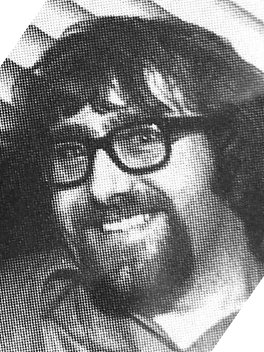 "From the bedroom window of my farmhouse on the Mull of Kintyre, in Argyllshire, I could see a road that twisted away into the distance towards the main road," Paul related in his book "The Lyrics." "That's how you got into town, Campbeltown, to be precise. I'd bought High Park Farm back in 1966. It was a very remote retreat, and the farmhouse was virtually derelict and probably would've stayed that way if Linda hadn't said we should do the place up. It wasn't until two years later that the image of this distant, winding road would become fully developed as a song." Since the song was still being formulated in January of 1969, as evidenced in the Peter Jackson documentary "Get Back" with Beatles assistant Mal Evans, the song wasn't "fully developed" until then. "From the bedroom window of my farmhouse on the Mull of Kintyre, in Argyllshire, I could see a road that twisted away into the distance towards the main road," Paul related in his book "The Lyrics." "That's how you got into town, Campbeltown, to be precise. I'd bought High Park Farm back in 1966. It was a very remote retreat, and the farmhouse was virtually derelict and probably would've stayed that way if Linda hadn't said we should do the place up. It wasn't until two years later that the image of this distant, winding road would become fully developed as a song." Since the song was still being formulated in January of 1969, as evidenced in the Peter Jackson documentary "Get Back" with Beatles assistant Mal Evans, the song wasn't "fully developed" until then.
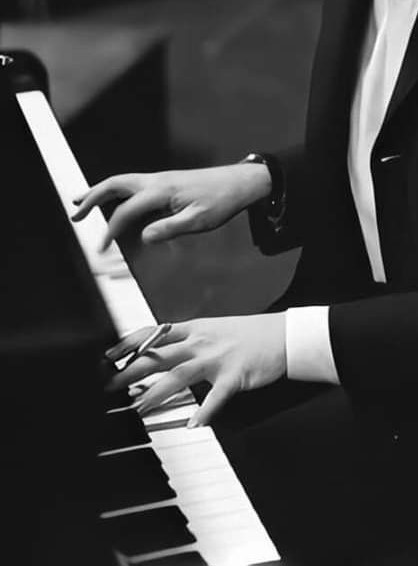 It was here at this farm in Scotland where Paul began composing the song. “I just sat down at my piano in Scotland,” McCartney related to journalist Mike Merritt in 2003, “started playing and came up with that song, imagining it would be done by someone like Ray Charles. I have always found inspiration in the calm beauty of Scotland and again it proved the place where I found inspiration.” It was here at this farm in Scotland where Paul began composing the song. “I just sat down at my piano in Scotland,” McCartney related to journalist Mike Merritt in 2003, “started playing and came up with that song, imagining it would be done by someone like Ray Charles. I have always found inspiration in the calm beauty of Scotland and again it proved the place where I found inspiration.”
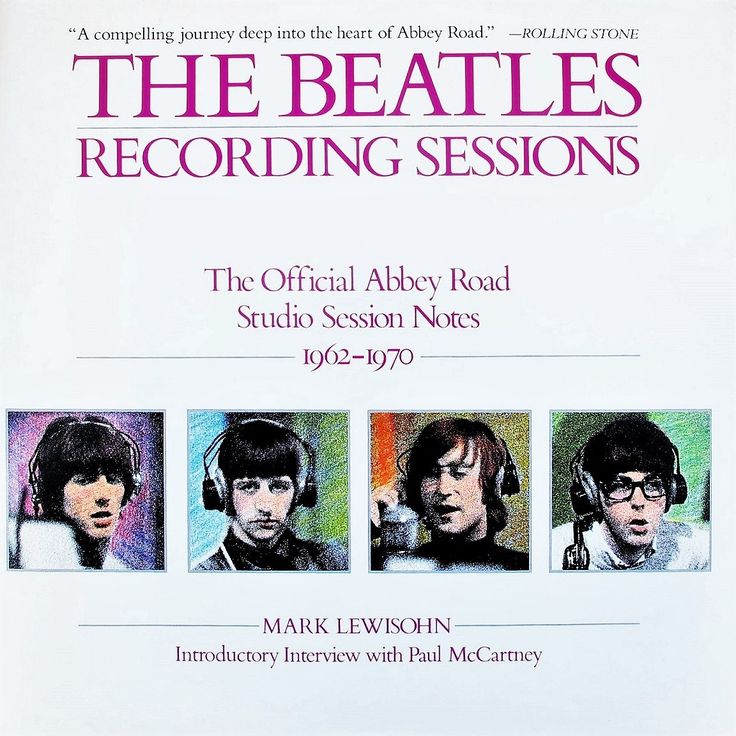 The song is estimated to have begun being written in September of 1968 due to a recollection of engineer Alan Brown. Although the precise date is unknown, Alan Brown remembers “assisting Paul McCartney to quickly tape a demo version of 'The Long And Winding Road' at the grand piano in (EMI) Studio One, and then handing over the spool of tape to Paul,” as detailed in Mark Lewisohn's book “The Beatles Recording Sessions.” The book cites this account as possibly occuring on September 19th, 1968, during the late night sessions for the song “Piggies” in both EMI Studios One and Two. The song is estimated to have begun being written in September of 1968 due to a recollection of engineer Alan Brown. Although the precise date is unknown, Alan Brown remembers “assisting Paul McCartney to quickly tape a demo version of 'The Long And Winding Road' at the grand piano in (EMI) Studio One, and then handing over the spool of tape to Paul,” as detailed in Mark Lewisohn's book “The Beatles Recording Sessions.” The book cites this account as possibly occuring on September 19th, 1968, during the late night sessions for the song “Piggies” in both EMI Studios One and Two.
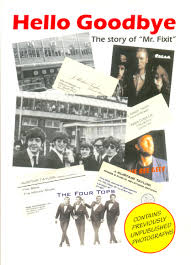 Adding credibility to this recollection is the account of Apple office manager Alistair Taylor, nicknamed “Mr. Fixit” by the group, as recounted in George Gunby's book “Hello Goodbye: The Story Of 'Mr. Fixit.'” The details that follow, as found in George Gunby's book, could easily be attributed to the early Friday morning events of September 19th, 1968 (or thereabouts) in EMI Studio One, as engineer Alan Brown detailed above. Adding credibility to this recollection is the account of Apple office manager Alistair Taylor, nicknamed “Mr. Fixit” by the group, as recounted in George Gunby's book “Hello Goodbye: The Story Of 'Mr. Fixit.'” The details that follow, as found in George Gunby's book, could easily be attributed to the early Friday morning events of September 19th, 1968 (or thereabouts) in EMI Studio One, as engineer Alan Brown detailed above.
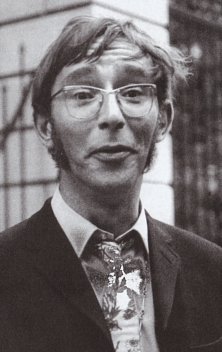 “The finest example of Paul's songwriting turned out just as Alistair (Taylor) had hoped. It was the end of a particularly difficult week at (EMI Studios) and Apple during which he had been working twenty-hour days. He was feeling the effects of being, virtually, Paul's personal assistant and keeping an eye on things at the office. He was very, very tired and looking forward to spending Saturday and Sunday at home with (his wife) Lesley (Taylor). As the Friday night session wound down he went in search of Paul to say goodnight. John, George and Ringo had no idea where McCartney was and when he could not be found in the canteen or any of the offices Alistair (Taylor) pretty much gave up.” “The finest example of Paul's songwriting turned out just as Alistair (Taylor) had hoped. It was the end of a particularly difficult week at (EMI Studios) and Apple during which he had been working twenty-hour days. He was feeling the effects of being, virtually, Paul's personal assistant and keeping an eye on things at the office. He was very, very tired and looking forward to spending Saturday and Sunday at home with (his wife) Lesley (Taylor). As the Friday night session wound down he went in search of Paul to say goodnight. John, George and Ringo had no idea where McCartney was and when he could not be found in the canteen or any of the offices Alistair (Taylor) pretty much gave up.”
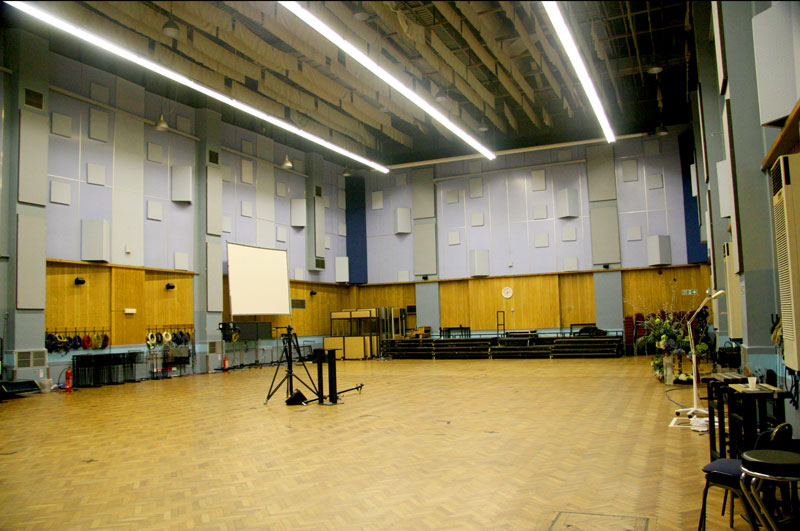 “As he passed the cavernous Studio One he noticed a feint light. Stepping quietly inside, he stood in the shadows and listened as the figure hunched over the grand piano picked out a melody and began adding lyrics. The voice was unmistakably McCartney's. Alistair (Taylor) listened intently as the tune developed. More lyrics were added. 'This is sensational,' Alistair (Taylor) thought. Spellbound, he walked over to the piano when Paul stopped playing. 'That is a beautiful, beautiful melody and fabulous words,' he said. 'Lesley (Taylor) would love that.' Paul smiled. 'It's just an idea at this stage,' he said. 'For “just an idea” it's sensational.'” “As he passed the cavernous Studio One he noticed a feint light. Stepping quietly inside, he stood in the shadows and listened as the figure hunched over the grand piano picked out a melody and began adding lyrics. The voice was unmistakably McCartney's. Alistair (Taylor) listened intently as the tune developed. More lyrics were added. 'This is sensational,' Alistair (Taylor) thought. Spellbound, he walked over to the piano when Paul stopped playing. 'That is a beautiful, beautiful melody and fabulous words,' he said. 'Lesley (Taylor) would love that.' Paul smiled. 'It's just an idea at this stage,' he said. 'For “just an idea” it's sensational.'”
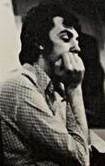 "Paul looked up to the control room. 'Have you got any tape left?' he asked the engineer who nodded. 'Roll it, please,' McCartney said. Alistair (Taylor) stood by the piano as Paul ran through the song again. Although not the finished article, the fundamental outline and character were clear and distinct. It was, Alistair (Taylor) felt, destined to be a classic. When the song ended he applauded quietly. Paul looked up from the keyboard. 'Glad you like it,' he said. 'Now go home. You look shattered.'” "Paul looked up to the control room. 'Have you got any tape left?' he asked the engineer who nodded. 'Roll it, please,' McCartney said. Alistair (Taylor) stood by the piano as Paul ran through the song again. Although not the finished article, the fundamental outline and character were clear and distinct. It was, Alistair (Taylor) felt, destined to be a classic. When the song ended he applauded quietly. Paul looked up from the keyboard. 'Glad you like it,' he said. 'Now go home. You look shattered.'”
 “Monday morning came round far too quickly for Alistair (Taylor). He was in the office early and had cleared most things by the time Paul appeared in mid afternoon. He sat down and asked how Lesley (Taylor) was. 'Fine,' Alistair (Taylor) replied. 'Did you tell her about the song?' 'No. I couldn't do it justice.' 'Well you can now,' McCartney said with a broad grin. From inside his coat he pulled out an acetate record and placed it on the desk in front of Alistair (Taylor). 'That's the recording from Friday...It's for Lesley (Taylor).' 'You shouldn't have. Thank you very much.' 'Give me your waste bin and a pair of scissors,' Paul said. As Alistair (Taylor) handed them to him, McCartney pulled a spool of recording tape from his pocket. 'That's the tape from Friday,' he said as he picked up the scissors and proceeded to cut it into small pieces that fell into the waste bin.” “Monday morning came round far too quickly for Alistair (Taylor). He was in the office early and had cleared most things by the time Paul appeared in mid afternoon. He sat down and asked how Lesley (Taylor) was. 'Fine,' Alistair (Taylor) replied. 'Did you tell her about the song?' 'No. I couldn't do it justice.' 'Well you can now,' McCartney said with a broad grin. From inside his coat he pulled out an acetate record and placed it on the desk in front of Alistair (Taylor). 'That's the recording from Friday...It's for Lesley (Taylor).' 'You shouldn't have. Thank you very much.' 'Give me your waste bin and a pair of scissors,' Paul said. As Alistair (Taylor) handed them to him, McCartney pulled a spool of recording tape from his pocket. 'That's the tape from Friday,' he said as he picked up the scissors and proceeded to cut it into small pieces that fell into the waste bin.”
 “'Now you have the only copy of that recording in the world,' he said with a broad smile. 'Thank you very much,' Alistair (Taylor) said. 'It's my way of saying “thank you,”' Paul said as he stood to leave the office. 'Just one thing, what's it called?' '”The Long And Winding Road,”' McCartney replied.” “'Now you have the only copy of that recording in the world,' he said with a broad smile. 'Thank you very much,' Alistair (Taylor) said. 'It's my way of saying “thank you,”' Paul said as he stood to leave the office. 'Just one thing, what's it called?' '”The Long And Winding Road,”' McCartney replied.”
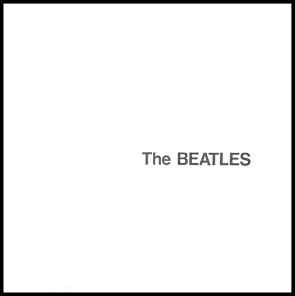 Since the song was not lyrically finished at the time, Paul didn't push to record it for inclusion on the “White Album.” Instead, he held it over for the next project, this being what became the “Let It Be” film and soundtrack album that began being reheared in early January of 1969. These filmed rehearsals reveal that Paul went over the song on piano a number of times at Twickenham Film Studios in the first few days. While the chords and melody of the song were in place at this time, the only lyrics written were of one verse and a partial bridge. Since the song was not lyrically finished at the time, Paul didn't push to record it for inclusion on the “White Album.” Instead, he held it over for the next project, this being what became the “Let It Be” film and soundtrack album that began being reheared in early January of 1969. These filmed rehearsals reveal that Paul went over the song on piano a number of times at Twickenham Film Studios in the first few days. While the chords and melody of the song were in place at this time, the only lyrics written were of one verse and a partial bridge.
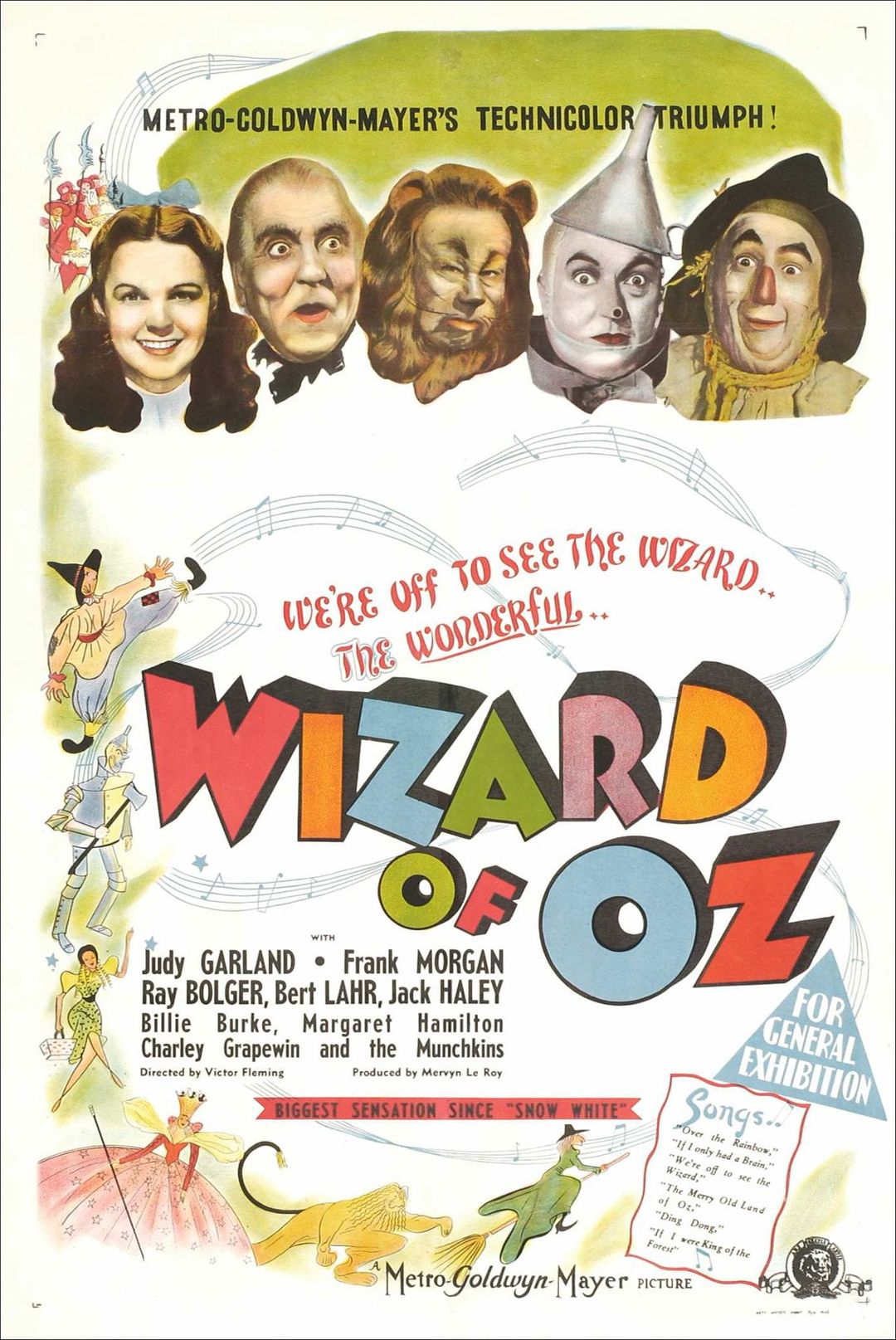 Paul gets a little further with the lyrics on January 9th, 1969, as seen in Peter Jackson's 2021 "Get Back" documentary series. Paul sits down at the piano to go over some songs while waiting for George and John to arrive. When assistant Mal Evans asks "Do you have any more words to write out? More songs?," Paul starts dictating to him what he has so far for "The Long And Winding Road." After the first verse, Paul sings "The second verse that I haven't got yet - leave a space for the same thing, la, la, la." Mal Evans then equates the lyrics of the first verse with a famous movie. "Did you ever see the Wizard Of Oz?" he asks, to which Paul replies, "No, No, No I didn't," this prompting Mal Evans to mention "the yellow brick road." For the bridge, Paul tries to incorporate the word "pleasure," such as "all the pleasure from the many ways I've tried," but then states his idea as "'I've had lots of pleasure' but said better, y'know, 'I've had many pleasure ever, much, much.'" When moving into the third verse, Paul sings "You left me waiting here," to which Mal Evans states, "Use 'standing.'" "You like 'standing' better?," Paul asks, to which Mal Evans responds, "Yeah, put 'waiting' there and 'standing' here." After Paul demonstrates this, he tells Mal Evans, "There's no more to that yet. Just call that 'middle.'" Paul gets a little further with the lyrics on January 9th, 1969, as seen in Peter Jackson's 2021 "Get Back" documentary series. Paul sits down at the piano to go over some songs while waiting for George and John to arrive. When assistant Mal Evans asks "Do you have any more words to write out? More songs?," Paul starts dictating to him what he has so far for "The Long And Winding Road." After the first verse, Paul sings "The second verse that I haven't got yet - leave a space for the same thing, la, la, la." Mal Evans then equates the lyrics of the first verse with a famous movie. "Did you ever see the Wizard Of Oz?" he asks, to which Paul replies, "No, No, No I didn't," this prompting Mal Evans to mention "the yellow brick road." For the bridge, Paul tries to incorporate the word "pleasure," such as "all the pleasure from the many ways I've tried," but then states his idea as "'I've had lots of pleasure' but said better, y'know, 'I've had many pleasure ever, much, much.'" When moving into the third verse, Paul sings "You left me waiting here," to which Mal Evans states, "Use 'standing.'" "You like 'standing' better?," Paul asks, to which Mal Evans responds, "Yeah, put 'waiting' there and 'standing' here." After Paul demonstrates this, he tells Mal Evans, "There's no more to that yet. Just call that 'middle.'"
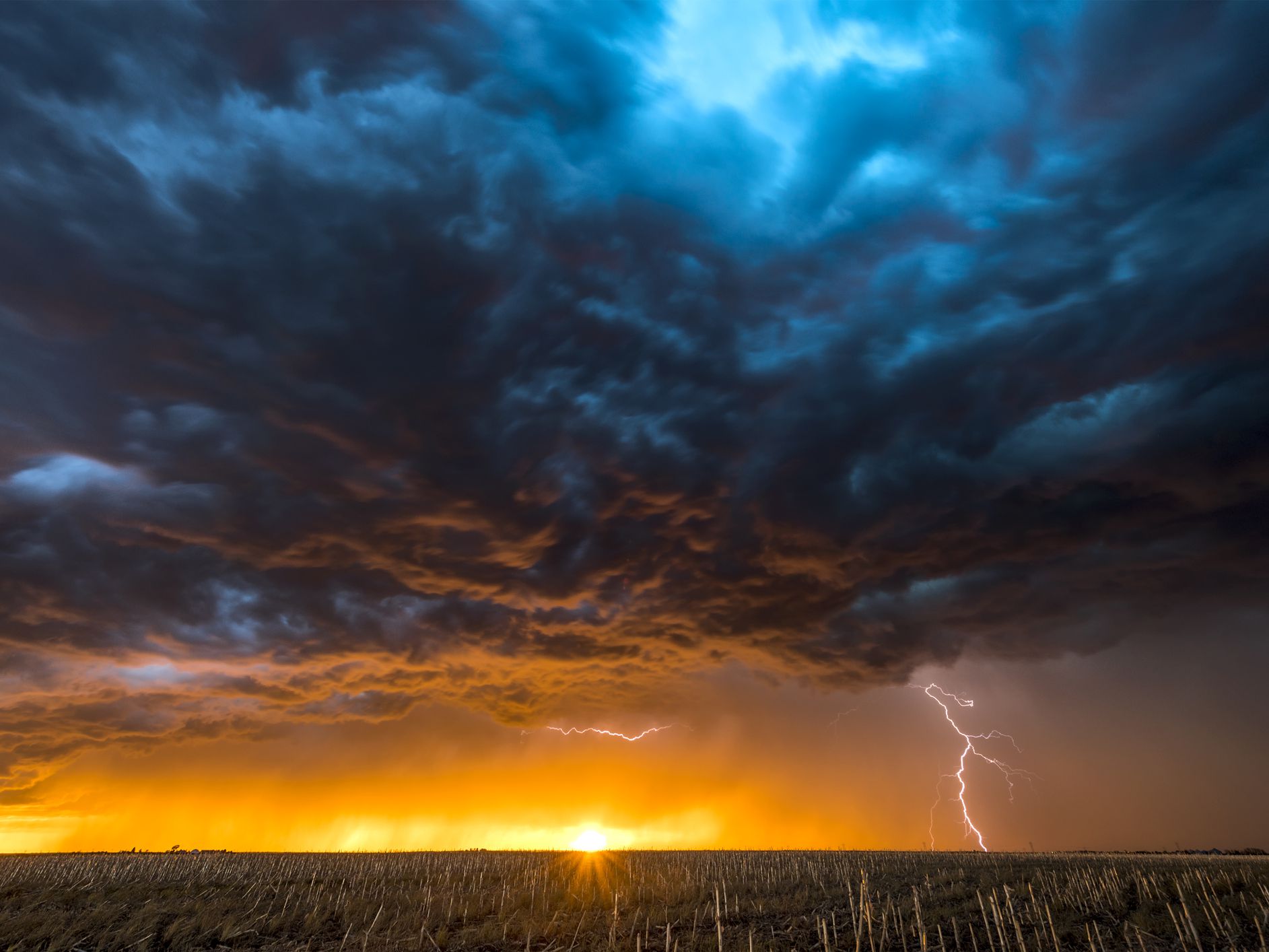 When Mal Evans asks if he as "any ideas for the second verse," Paul replies, "I was thinking of having, like another, like the weather obstacle," and then sings, "The storm clouds la, la, rain break apart while you roam." Mal Evans suggests, "The black and stormy rainclouds which gather 'round your door," which prompts Paul to smile and say, "I suppose it should still be about the sort of winding road. I've just got that picture. It'll be like that thing that's up ahead." Paul then humorously sings, "The thing that's up ahead." Mal Evans then suggests, "Like, what about the obstacles on the road?," to which Paul replies, "No, I think, y'know, there's enough obstacles without putting them in the song." When Mal Evans asks if he as "any ideas for the second verse," Paul replies, "I was thinking of having, like another, like the weather obstacle," and then sings, "The storm clouds la, la, rain break apart while you roam." Mal Evans suggests, "The black and stormy rainclouds which gather 'round your door," which prompts Paul to smile and say, "I suppose it should still be about the sort of winding road. I've just got that picture. It'll be like that thing that's up ahead." Paul then humorously sings, "The thing that's up ahead." Mal Evans then suggests, "Like, what about the obstacles on the road?," to which Paul replies, "No, I think, y'know, there's enough obstacles without putting them in the song."
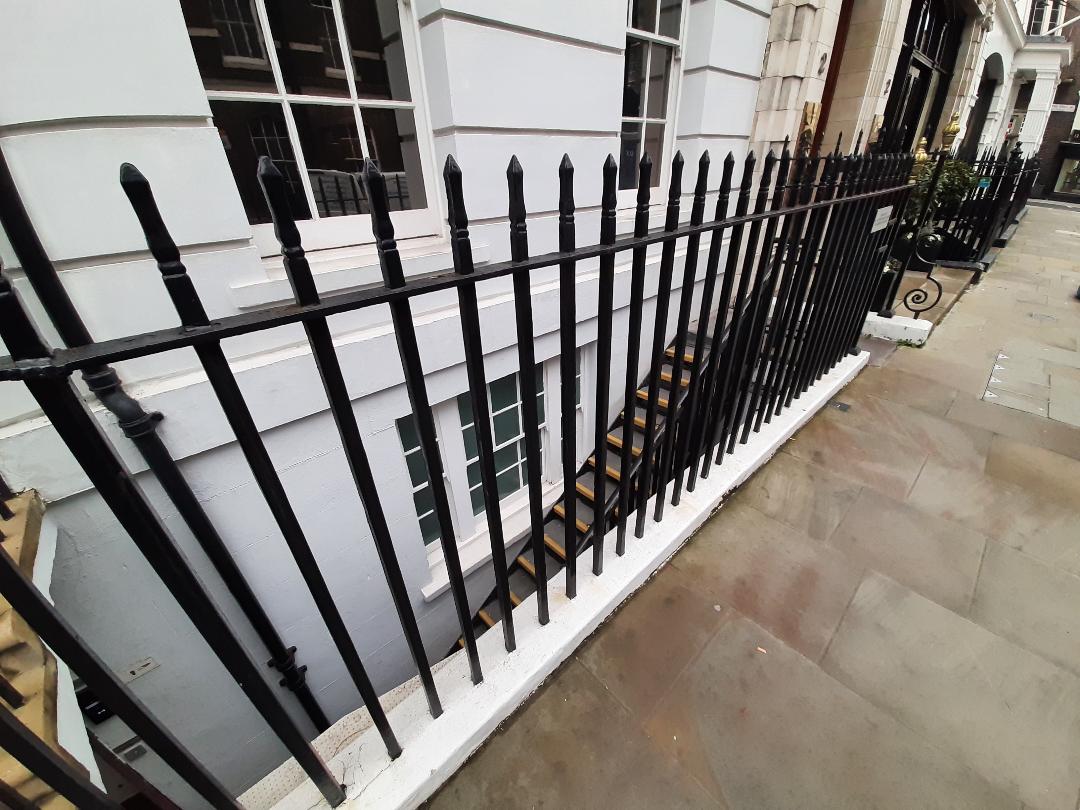 When Paul eventually began to teach the song to his band-mates in earnest on January 26th, 1969 at their Apple basement studio, 3 Saville Row, London, the lyrics were complete. Therefore, it can confidently be said that “The Long And Winding Road” was written between September 1968 and January 26th, 1969. When Paul eventually began to teach the song to his band-mates in earnest on January 26th, 1969 at their Apple basement studio, 3 Saville Row, London, the lyrics were complete. Therefore, it can confidently be said that “The Long And Winding Road” was written between September 1968 and January 26th, 1969.
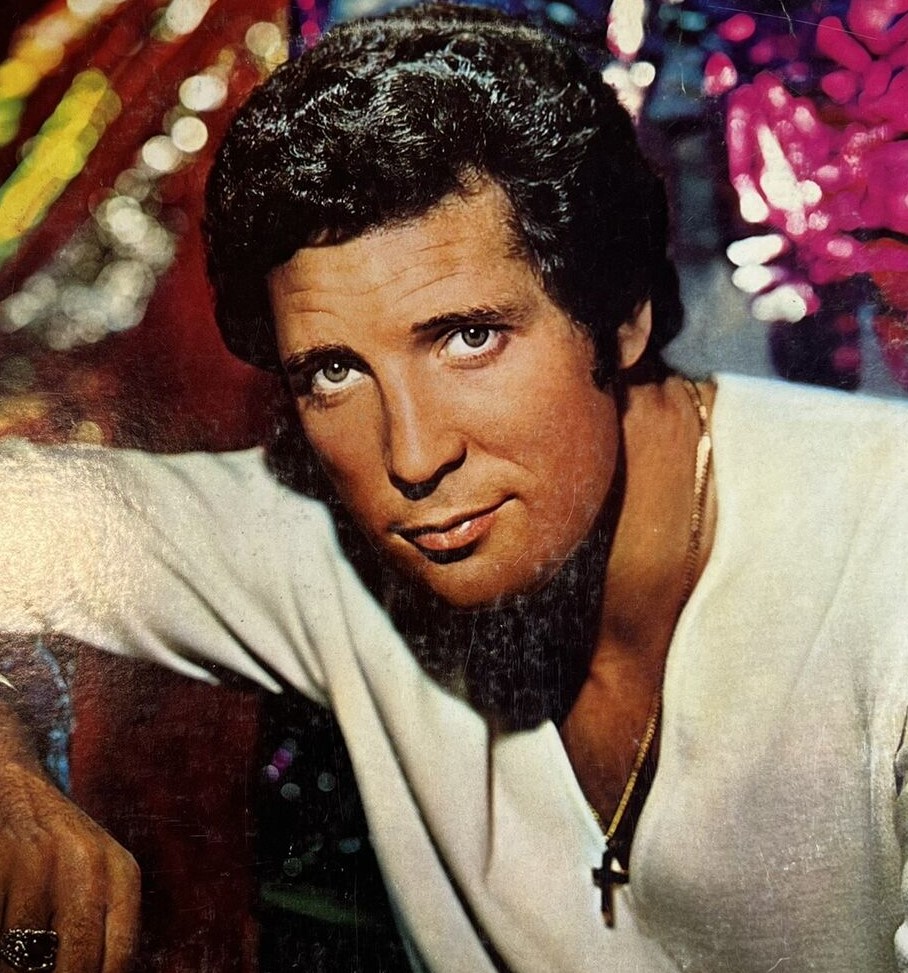 There appears to be someone other than Ray Charles that McCartney had in mind to record the song. “I saw him in a club called 'Scotch Of St. James' on Jeremy Street in London,” recalled singer Tom Jones in 2012 about a chance meeting with Paul in the fall of 1969. “So I said to him, 'When are you going to write me a song then, Paul?' He said, 'Aye, I will then.' Then not long after, he sent a song around to my house, which was 'The Long And Winding Road,' but the condition was that I could do it but it had to be my next single.” The Beatles had already officially recorded “The Long And Winding Road” months earlier but, since the fate of the “Let It Be” project was up in the air at this point, Paul apparently didn't want to waste a good song. There appears to be someone other than Ray Charles that McCartney had in mind to record the song. “I saw him in a club called 'Scotch Of St. James' on Jeremy Street in London,” recalled singer Tom Jones in 2012 about a chance meeting with Paul in the fall of 1969. “So I said to him, 'When are you going to write me a song then, Paul?' He said, 'Aye, I will then.' Then not long after, he sent a song around to my house, which was 'The Long And Winding Road,' but the condition was that I could do it but it had to be my next single.” The Beatles had already officially recorded “The Long And Winding Road” months earlier but, since the fate of the “Let It Be” project was up in the air at this point, Paul apparently didn't want to waste a good song.
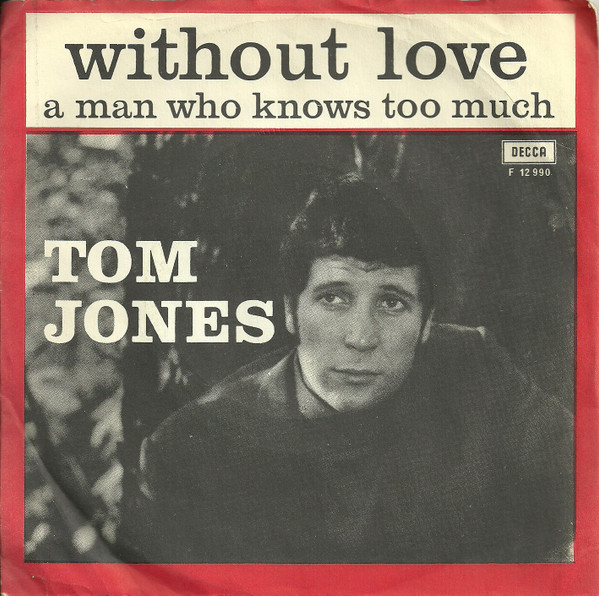 “Paul wanted it out straight away," Tom Jones continued. "At that time I had a song called 'Without Love' that I was going to be releasing...I asked if we could stop everything and I could do 'The Long And Winding Road.' They said it would take a lot of time and it was impractical, so I ended up not doing it.” “Without Love” ended up becoming a million-selling #5 hit single for Tom Jones in the early months of 1970, so it was no loss for the British crooner to pass on releasing the McCartney ballad after all. “Paul wanted it out straight away," Tom Jones continued. "At that time I had a song called 'Without Love' that I was going to be releasing...I asked if we could stop everything and I could do 'The Long And Winding Road.' They said it would take a lot of time and it was impractical, so I ended up not doing it.” “Without Love” ended up becoming a million-selling #5 hit single for Tom Jones in the early months of 1970, so it was no loss for the British crooner to pass on releasing the McCartney ballad after all.
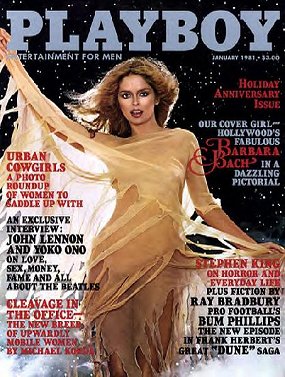 As to any collaboration from John on this “Lennon / McCartney” composition, it appears to be nonexistent. When asked about the song during his 1980 Playboy Magazine interview, John replied: "That's Paul. He had a little spurt before we finally split up. I think the shock of what was happening between Yoko and me gave him the creative spurt for 'Let It Be' and 'The Long And Winding Road.' That was the last gasp from him." As to any collaboration from John on this “Lennon / McCartney” composition, it appears to be nonexistent. When asked about the song during his 1980 Playboy Magazine interview, John replied: "That's Paul. He had a little spurt before we finally split up. I think the shock of what was happening between Yoko and me gave him the creative spurt for 'Let It Be' and 'The Long And Winding Road.' That was the last gasp from him."
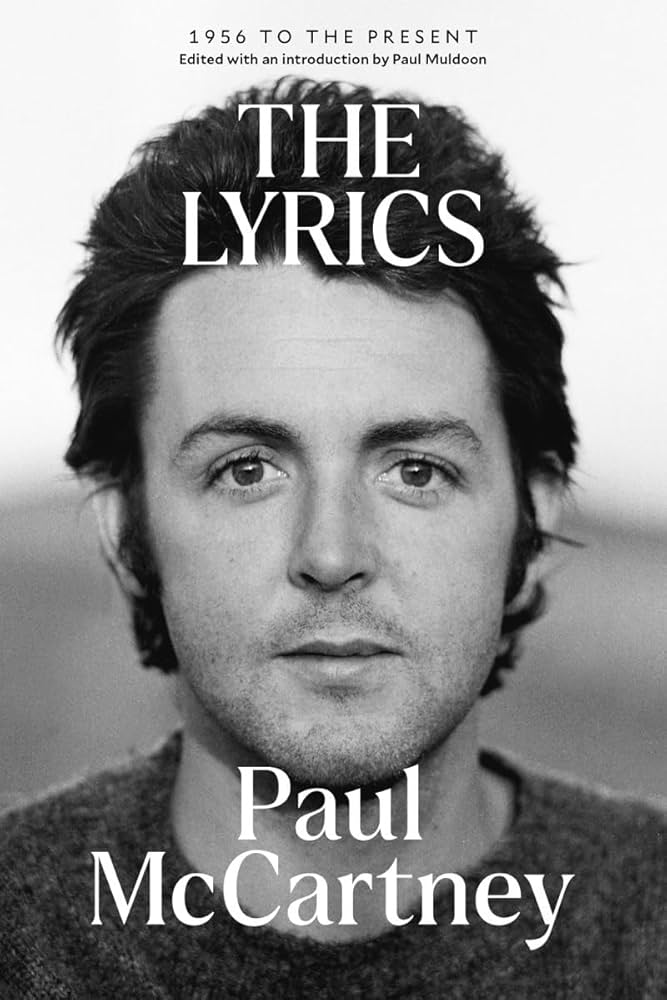 "Given the popularity of The Beatles, a lot of our phrases have themselves crept into everyday language," Paul explains in the 2023 edition of his book "The Lyrics." "That happens a lot with journalists, they will quote, 'Well, it's been a long, winding road to get here.' You see things like 'let it be,' 'all you need is love,' 'we can work it out' quite a bit. They're just throwing these titles in because they work so well as a phrase. And there's that little allusion to The Beatles' song. I am always very pleased to see all those. because I think, 'Oh, they've got that from us.'" "Given the popularity of The Beatles, a lot of our phrases have themselves crept into everyday language," Paul explains in the 2023 edition of his book "The Lyrics." "That happens a lot with journalists, they will quote, 'Well, it's been a long, winding road to get here.' You see things like 'let it be,' 'all you need is love,' 'we can work it out' quite a bit. They're just throwing these titles in because they work so well as a phrase. And there's that little allusion to The Beatles' song. I am always very pleased to see all those. because I think, 'Oh, they've got that from us.'"
Recording History
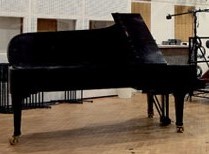 As detailed above, Paul set his as yet unfinished “The Long And Winding Road” to tape for the first time in EMI Studio One on September 19th, 1968 (or thereabouts). Towards the conclusion of the recording session on that day, Paul sat at the grand piano and asked engineer Alan Brown to record this demo, the tape being given directly to the composer afterward. McCartney thereby made an acetate disc of the song, gave it to his assistant Alistair Taylor as a gift for his wife Lesley, and destroyed the demo tape in front of him. Since the passing of Alistair Taylor in 2004, no one appears to know the whereabouts of this acetate, the only evidence of McCartney's demo of “The Long And Winding Road.” As detailed above, Paul set his as yet unfinished “The Long And Winding Road” to tape for the first time in EMI Studio One on September 19th, 1968 (or thereabouts). Towards the conclusion of the recording session on that day, Paul sat at the grand piano and asked engineer Alan Brown to record this demo, the tape being given directly to the composer afterward. McCartney thereby made an acetate disc of the song, gave it to his assistant Alistair Taylor as a gift for his wife Lesley, and destroyed the demo tape in front of him. Since the passing of Alistair Taylor in 2004, no one appears to know the whereabouts of this acetate, the only evidence of McCartney's demo of “The Long And Winding Road.”
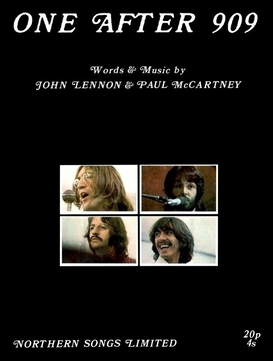 The next time that Paul presented the song in the studio was on January 3rd, 1969, the second day of rehearsals at Twickenham Film Studios for what eventually became the “Let It Be” film and soundtrack album. Paul was the first to arrive on this day, Ringo and George showing up shortly thereafter. Since John was late, the three of them premiered some song ideas for consideration for the project. Paul played a brief segment of “The Long And Winding Road,” as well as “Let It Be” and others, while Ringo demonstrated his ideas for “Taking A Trip To Carolina” and “Picasso” and George played them “It Is Discovered” and a Dylanesque song entitled “Ramblin' Woman.” After John finally arrived, they dived deep into group arrangements such as “I've Got A Feeling” and “One After 909.” The next time that Paul presented the song in the studio was on January 3rd, 1969, the second day of rehearsals at Twickenham Film Studios for what eventually became the “Let It Be” film and soundtrack album. Paul was the first to arrive on this day, Ringo and George showing up shortly thereafter. Since John was late, the three of them premiered some song ideas for consideration for the project. Paul played a brief segment of “The Long And Winding Road,” as well as “Let It Be” and others, while Ringo demonstrated his ideas for “Taking A Trip To Carolina” and “Picasso” and George played them “It Is Discovered” and a Dylanesque song entitled “Ramblin' Woman.” After John finally arrived, they dived deep into group arrangements such as “I've Got A Feeling” and “One After 909.”
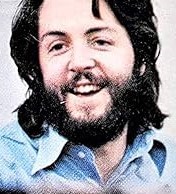 Then on January 7th, 1969, Paul once again put some effort into working out the bugs of “The Long And Winding Road” on piano before the others arrived at Twickenham, this time running through it for nearly five minutes. Most of the piano work was solidified at this point, but the lyrics only amounted to the first verse and the line “Many times I've been alone / and many times I've cried” in the bridge. After Ringo and George arrived, he played a bit of the song for them but that's as far as it went. Paul also touched on the song by himself once more later in the day in between rehearsals of other compositions. Then on January 7th, 1969, Paul once again put some effort into working out the bugs of “The Long And Winding Road” on piano before the others arrived at Twickenham, this time running through it for nearly five minutes. Most of the piano work was solidified at this point, but the lyrics only amounted to the first verse and the line “Many times I've been alone / and many times I've cried” in the bridge. After Ringo and George arrived, he played a bit of the song for them but that's as far as it went. Paul also touched on the song by himself once more later in the day in between rehearsals of other compositions.
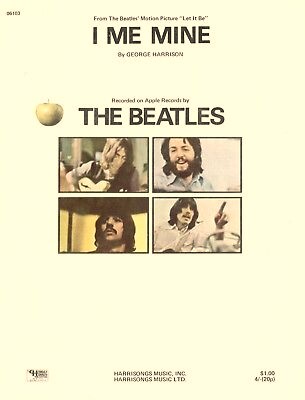 The next day, January 8th, 1969, saw Paul take some time to acquaint his band-mates with the song at Twickenham. During their extensive rehearsals of George's “I Me Mine,” Paul decided to begin teaching John the chords to "The Long And Winding Road," which the guitarist showed some interest in learning. Later, when he tried to spark interest in the song with two more run-throughs, John declined to participate. The next day, January 8th, 1969, saw Paul take some time to acquaint his band-mates with the song at Twickenham. During their extensive rehearsals of George's “I Me Mine,” Paul decided to begin teaching John the chords to "The Long And Winding Road," which the guitarist showed some interest in learning. Later, when he tried to spark interest in the song with two more run-throughs, John declined to participate.
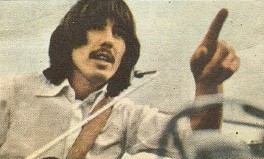 While waiting for George and John to arrive at Twickenham the following day, January 9th, 1969, Paul ran through the song five times on piano, dictating to Mal Evans what he had so far lyrically and writing a bit more for the bridge and third verse. (See "Songwriting History" for more details of this day.) Paul ran through the song by himself again the following day, January 10th, 1969, two piano rehearsals being performed while visiting Beatles publisher Dick James bends his ear. When lunch time arrives, George announces that he is quitting The Beatles, which dampens the mood considerably for the rest of the day, Paul doing one more instrumental rendition of "The Long And Winding Road" before the session was over. While it was clear that Paul had strong feelings about this composition, the entire Twickenham rehearsal sessions focused more on preparing the rock-and-roll tunes that would be featured at their upcoming live performance, whenever and wherever that may be. While waiting for George and John to arrive at Twickenham the following day, January 9th, 1969, Paul ran through the song five times on piano, dictating to Mal Evans what he had so far lyrically and writing a bit more for the bridge and third verse. (See "Songwriting History" for more details of this day.) Paul ran through the song by himself again the following day, January 10th, 1969, two piano rehearsals being performed while visiting Beatles publisher Dick James bends his ear. When lunch time arrives, George announces that he is quitting The Beatles, which dampens the mood considerably for the rest of the day, Paul doing one more instrumental rendition of "The Long And Winding Road" before the session was over. While it was clear that Paul had strong feelings about this composition, the entire Twickenham rehearsal sessions focused more on preparing the rock-and-roll tunes that would be featured at their upcoming live performance, whenever and wherever that may be.
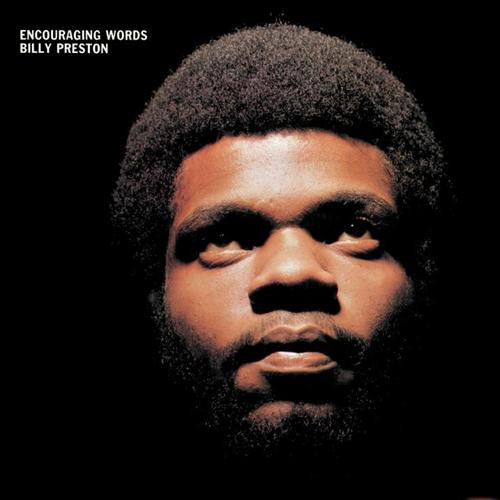 Once George had agreed to re-join The Beatles, they settled into their new basement recording studio at their Apple Headquarters on Savile Row in London for all future rehearsals. Their second session at this location was on January 22nd, 1969, which was the first day that keyboardist Billy Preston was present to add his talent into the mix. Paul ran through “The Long And Winding Road” three times on this day, although in just an instrumental form. He also squeezed in two more solo renditions of the song on the following day, January 23rd, 1969, although a serious attempt at working it out with the rest of the band was yet to come. Paul did run through it once briefly the following day at Apple Studios, January 24th, 1969, but their concentration at this session was primarily on perfecting the songs “Get Back” and “Two Of Us.” Once George had agreed to re-join The Beatles, they settled into their new basement recording studio at their Apple Headquarters on Savile Row in London for all future rehearsals. Their second session at this location was on January 22nd, 1969, which was the first day that keyboardist Billy Preston was present to add his talent into the mix. Paul ran through “The Long And Winding Road” three times on this day, although in just an instrumental form. He also squeezed in two more solo renditions of the song on the following day, January 23rd, 1969, although a serious attempt at working it out with the rest of the band was yet to come. Paul did run through it once briefly the following day at Apple Studios, January 24th, 1969, but their concentration at this session was primarily on perfecting the songs “Get Back” and “Two Of Us.”
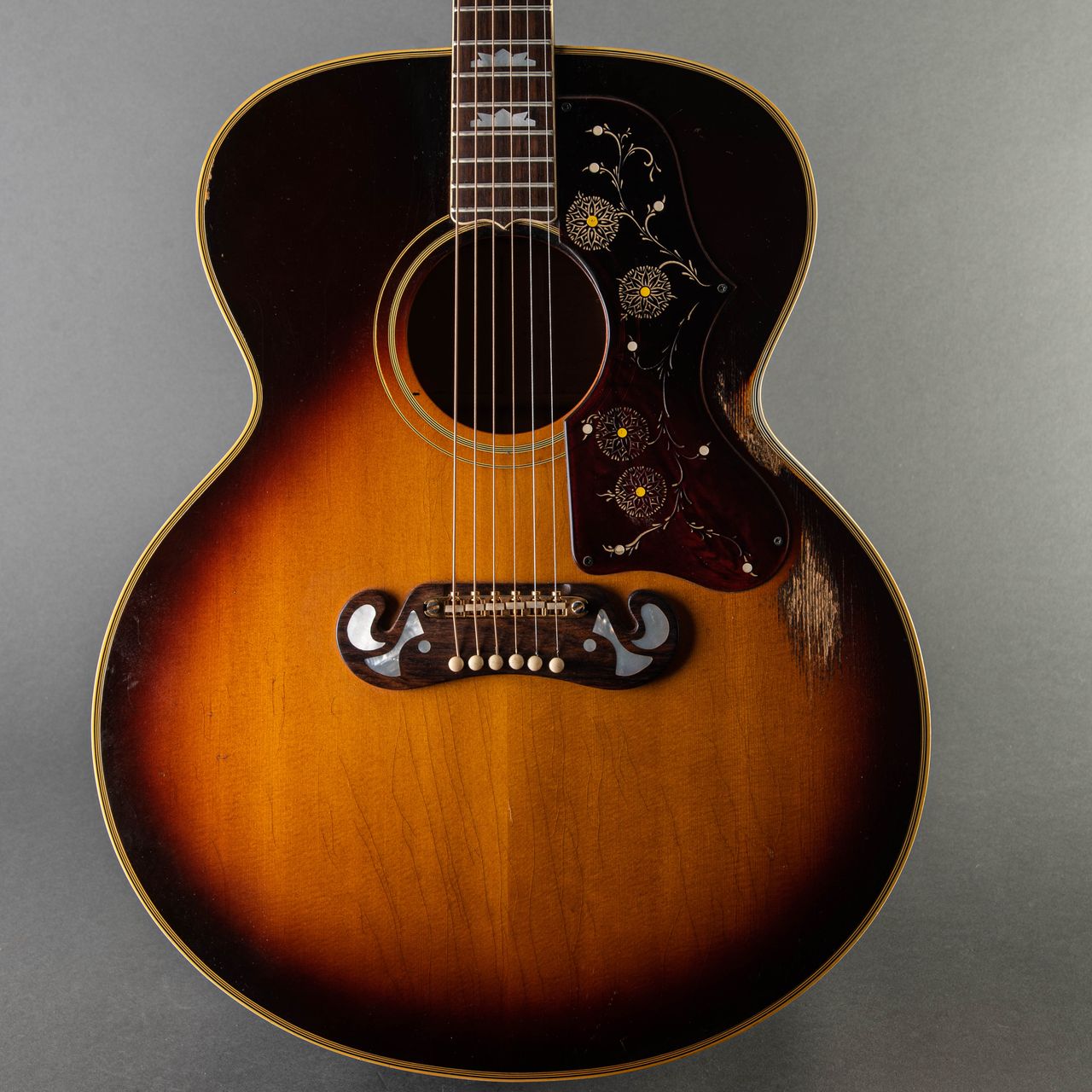 The day that The Beatles first seriously worked on “The Long And Winding Road” was January 26th, 1969, at Apple Studios. With the rock-and-roll songs pretty much perfected, Paul thought to focus on the ballads he had been working on, including the song “Let It Be.” With all of the lyrics as we know them finally in place, sixteen rehearsals of “The Long And Winding Road” took place on this day, all with Paul on piano, George on his Gibson J-200 acoustic guitar run through a Leslie speaker, John on Fender Bass VI, Ringo on drums and Billy Preston on electric piano. Over an hour of attention was given to this song at this session. It took some time for Paul to explain the syncopated beats he wanted in the second measure of each verse, Ringo and George habitually coming back in too early. "No, no, you've got to wait a lot longer than that," Paul instructs, "'cause if you syncopate it, it's like double syncopation." The day that The Beatles first seriously worked on “The Long And Winding Road” was January 26th, 1969, at Apple Studios. With the rock-and-roll songs pretty much perfected, Paul thought to focus on the ballads he had been working on, including the song “Let It Be.” With all of the lyrics as we know them finally in place, sixteen rehearsals of “The Long And Winding Road” took place on this day, all with Paul on piano, George on his Gibson J-200 acoustic guitar run through a Leslie speaker, John on Fender Bass VI, Ringo on drums and Billy Preston on electric piano. Over an hour of attention was given to this song at this session. It took some time for Paul to explain the syncopated beats he wanted in the second measure of each verse, Ringo and George habitually coming back in too early. "No, no, you've got to wait a lot longer than that," Paul instructs, "'cause if you syncopate it, it's like double syncopation."
 Since they all were just getting acquainted with the chords and starting to work out an arrangement, many of these performances were quite dreadful. John in particular was having a hard time playing bass, which is not his usual instrument. Since their determination was to perform all of the songs in this project without overdubs and Paul was on piano on this occasion, John needed to play bass this time around. Paul even felt the need to call out chords and sing “bomm, bomm, bomm” at times to demonstrate vocally to John what he needed to play. John was not happy to learn that the song was in E flat major and that a capo wouldn't fit on the Fender VI bass he was using. "E flat? F*cking hell! All right. I'll just have to go hysterical," he joked. Since they all were just getting acquainted with the chords and starting to work out an arrangement, many of these performances were quite dreadful. John in particular was having a hard time playing bass, which is not his usual instrument. Since their determination was to perform all of the songs in this project without overdubs and Paul was on piano on this occasion, John needed to play bass this time around. Paul even felt the need to call out chords and sing “bomm, bomm, bomm” at times to demonstrate vocally to John what he needed to play. John was not happy to learn that the song was in E flat major and that a capo wouldn't fit on the Fender VI bass he was using. "E flat? F*cking hell! All right. I'll just have to go hysterical," he joked.
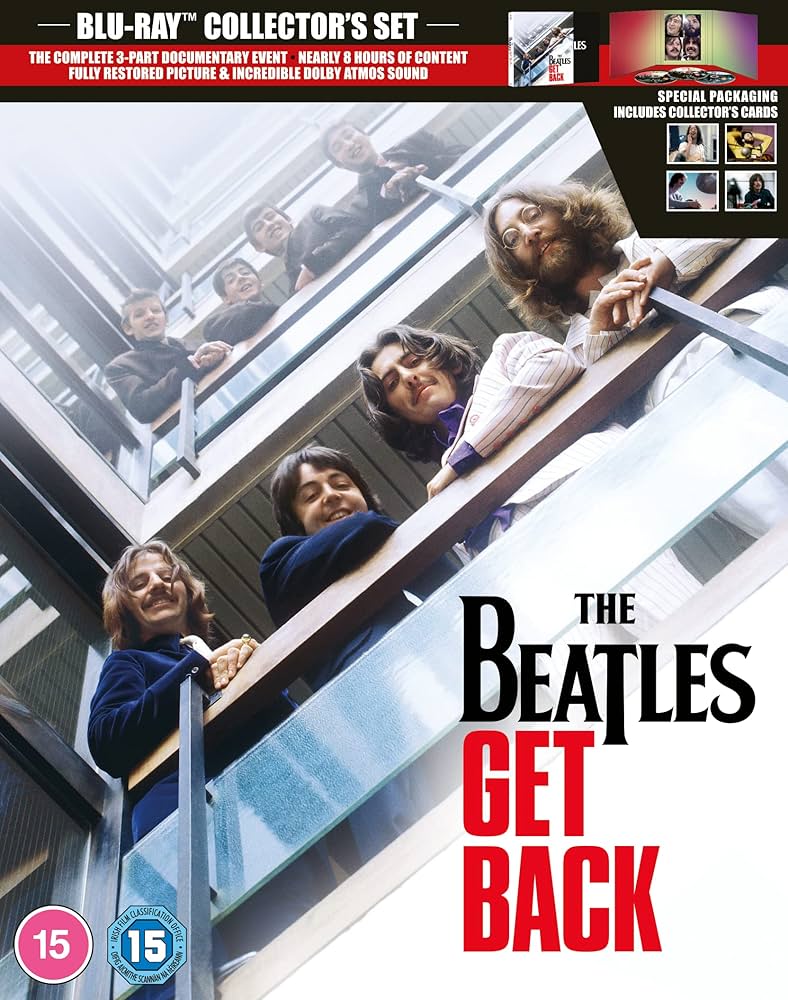 At one point, Paul had to instruct John not to play too many notes but only play on chord changes. Lennon did eventually fall upon the habit of pulling up the note on the neck of his bass in measures 6 and 8 of each verse as well as during the conclusion of the song, something he decided to stick with for the remainder of the month. In order to dispel some of the tension in learning the song, they delved into a cha-cha Latin-influenced version that lasted around one-and-a-half minutes, a portion of this being featured in the “Let It Be” movie and Peter Jackson's "Get Back" documentary series. Paul calls this to a halt with the words, “All right lads, that's enough! We could go on all bloody day!” At one point, Paul had to instruct John not to play too many notes but only play on chord changes. Lennon did eventually fall upon the habit of pulling up the note on the neck of his bass in measures 6 and 8 of each verse as well as during the conclusion of the song, something he decided to stick with for the remainder of the month. In order to dispel some of the tension in learning the song, they delved into a cha-cha Latin-influenced version that lasted around one-and-a-half minutes, a portion of this being featured in the “Let It Be” movie and Peter Jackson's "Get Back" documentary series. Paul calls this to a halt with the words, “All right lads, that's enough! We could go on all bloody day!”
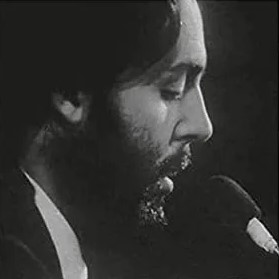 After this, John begins to get the feel for the song on bass, although he appears to be mimicking Paul's vocal work. Paul, however, begins to get punchy, purposely goofing around on vocals by incorporating silly voices. After McCartney gives some instructions to Ringo on how he wants him to tinkle around on the cymbals during the verses, which we witness Ringo demonstrating in Peter Jackson's "Get Back" series, the drummer leans back at his drums and falls asleep as the others continue rehearsing the song. "There wouldn't be much drumming, would there?", Paul responds. The laid-back feel of the drum-less song prompts McCartney to state, "It sounds a bit like a, sort of, dance orchestra," and as the song continues, he announces, "...and that slow foxtrot by Rita and Thomas Williams!" John chimes in with, "Peter is wearing a dark sombrero and a beard," to which Paul adds, "the husband is wearing a crimling skirt which he made himself!" After this, John begins to get the feel for the song on bass, although he appears to be mimicking Paul's vocal work. Paul, however, begins to get punchy, purposely goofing around on vocals by incorporating silly voices. After McCartney gives some instructions to Ringo on how he wants him to tinkle around on the cymbals during the verses, which we witness Ringo demonstrating in Peter Jackson's "Get Back" series, the drummer leans back at his drums and falls asleep as the others continue rehearsing the song. "There wouldn't be much drumming, would there?", Paul responds. The laid-back feel of the drum-less song prompts McCartney to state, "It sounds a bit like a, sort of, dance orchestra," and as the song continues, he announces, "...and that slow foxtrot by Rita and Thomas Williams!" John chimes in with, "Peter is wearing a dark sombrero and a beard," to which Paul adds, "the husband is wearing a crimling skirt which he made himself!"
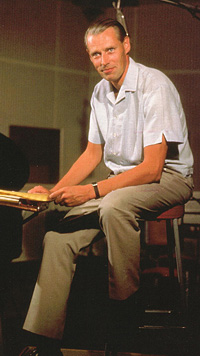 While Ringo was still sleeping, George Martin inquired why George Harrison's guitar was not being heard very well and if he was playing the proper chords to the song. He said the chords were probably not correct because he couldn't hear himself. Assistant Mal Evans then brought over a pick-up which would be attached to the body of the guitar to boost the volume. Before it can be attached, George holds the pick-up to his neck and pokes fun at the song by singing Paul's melody line with exagerated vibrato, which makes George Martin explode with laughter. While Ringo was still sleeping, George Martin inquired why George Harrison's guitar was not being heard very well and if he was playing the proper chords to the song. He said the chords were probably not correct because he couldn't hear himself. Assistant Mal Evans then brought over a pick-up which would be attached to the body of the guitar to boost the volume. Before it can be attached, George holds the pick-up to his neck and pokes fun at the song by singing Paul's melody line with exagerated vibrato, which makes George Martin explode with laughter.
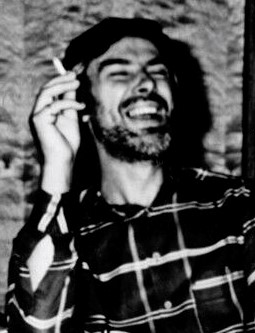 After Ringo wakes up, Paul instructs producer Glyn Johns to properly record the song. Following a couple of false starts, one of which has the producer interrupting the beginning of a take to which Paul sings, “The long and winding road / yes, Glyn Johns? / what do you want?” they put in a near perfect performance with Linda Eastman and her daughter Heather looking on. Afterwards, they all file into the control room to give it a listen, which resulted in the following exchange that was also witnessed in Peter Jackson's "Get Back" series: After Ringo wakes up, Paul instructs producer Glyn Johns to properly record the song. Following a couple of false starts, one of which has the producer interrupting the beginning of a take to which Paul sings, “The long and winding road / yes, Glyn Johns? / what do you want?” they put in a near perfect performance with Linda Eastman and her daughter Heather looking on. Afterwards, they all file into the control room to give it a listen, which resulted in the following exchange that was also witnessed in Peter Jackson's "Get Back" series:
Glyn Johns: When it's mixed, as it is, I'm sure when it's mixed right, it'll be alright.
George Harrison: Yeah, but I'm really just feeling that we could tidy it up before we, like, did the one to remix.
George Martin: Paul's thinking of having strings anyway.
George Harrison: Paul, are you gonna have strings?
Paul: Dunno.
George Martin: George was saying that the piano and the electric piano tend to be doing the same thing.
George Harrison: It's like, there's only parts where you can hear the electric piano properly or the piano properly.
George Martin: Like your Leslie guitar contributes too. I mean, it is a bit in the same range as the electric piano with that vibrato on.
Paul: Yeah, I think it needs like a lot of...
John: Cleaning.
Paul: Cleaning, yeah.
George Martin: Actually, the thing is, it's a nice feel to it. It's rather like everything else we've done. This particular song doesn't need that. It needs something a little more clinical.
Paul: See, the only way I've ever heard it is, like, in my head. It's like Ray Charles band.
George Harrison: It would be nice with some brass just doing the sustaining chords, moving, holding notes.
George Martin: It's hardly Beatles mode.
Paul: Yeah, we were planning to do it anyway with a couple of numbers, just have a bit of brass and a bit of strings. That's what George was saying before. That's the bit where the Raylette's would sing it, "The long and winding road..."
George Martin: Yeah, like a chord.
Paul and George Harrison (harmonizing): "...that leads to your door..."
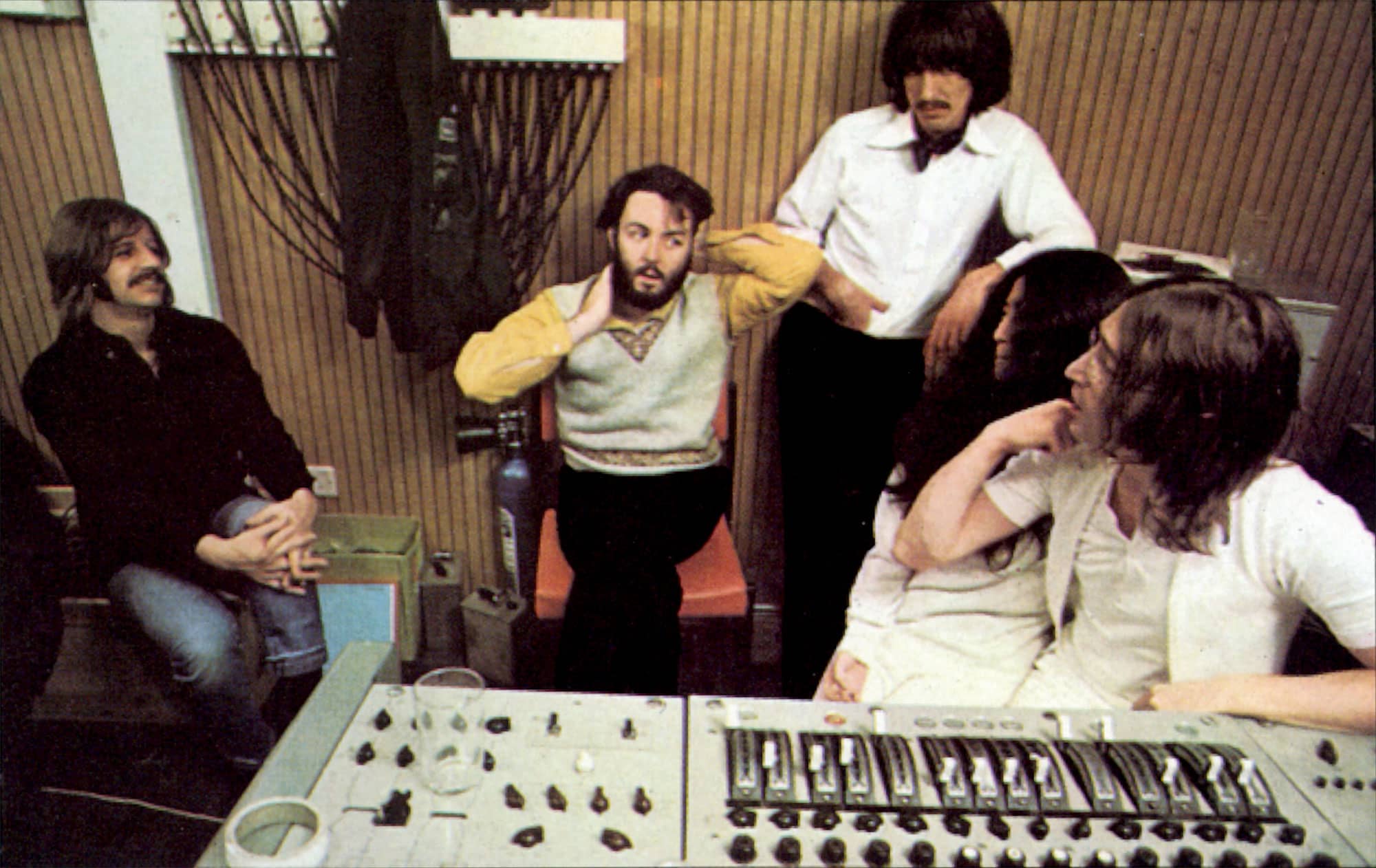 From this interchange we see that Glyn Johns was the only person that thought this recording of "The Long And Winding Road" could be used for the finished product. This, apparently, was all that really mattered because Glyn ultimately decided to choose this recording to be included on his May 1969 proposed version of the “Get Back” album, which was intended for release in the summer of that year. Surpringly, Phil Spector also chose this recording of the song to add strings and choir to for the officially released "Let It Be" album, which came out in May of 1970. This take, without any overdubs, also graced the 1996 “Anthology 3” compilation album and many 2021 Anniversary editions of the "Let It Be" album. Therefore, even though The Beatles and George Martin all disagreed with this choice, this recording of "The Long And Winding Road" that was recorded on January 26th, 1969 was the third officially recorded song for the "Let It Be" album, the first two being "For You Blue" and "Dig It." From this interchange we see that Glyn Johns was the only person that thought this recording of "The Long And Winding Road" could be used for the finished product. This, apparently, was all that really mattered because Glyn ultimately decided to choose this recording to be included on his May 1969 proposed version of the “Get Back” album, which was intended for release in the summer of that year. Surpringly, Phil Spector also chose this recording of the song to add strings and choir to for the officially released "Let It Be" album, which came out in May of 1970. This take, without any overdubs, also graced the 1996 “Anthology 3” compilation album and many 2021 Anniversary editions of the "Let It Be" album. Therefore, even though The Beatles and George Martin all disagreed with this choice, this recording of "The Long And Winding Road" that was recorded on January 26th, 1969 was the third officially recorded song for the "Let It Be" album, the first two being "For You Blue" and "Dig It."
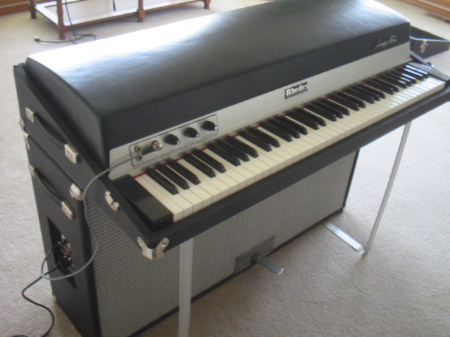 This rendition shows John still struggling on bass while George experiments with subtle lead guitar lines during the open spaces of the vocals, as he was always prone to do, and playing rhythm chords elsewhere. Paul repeats the bridge lyrics during the second bridge in this version, partially in spoken word form, where it was usually left open as an instrumental section. John ends the song with a rising note up the frets of his bass while Paul fiddles around on piano with a further verse while Billy Preston and John goof around on their instruments. Apart from the rising bass note from John, the majority of these dalliances were lopped off for any aborted or official releases. The eight-track tape for this recording contained the following: Paul's vocal on track one, George's bare acoustic guitar on track two, Billy Preston's electric piano on track three, John's bass on track four, Ringo's drums in stereo on tracks five and six, George's acoustic guitar run through a Leslie speaker on track seven, and Paul's piano on track eight. This rendition shows John still struggling on bass while George experiments with subtle lead guitar lines during the open spaces of the vocals, as he was always prone to do, and playing rhythm chords elsewhere. Paul repeats the bridge lyrics during the second bridge in this version, partially in spoken word form, where it was usually left open as an instrumental section. John ends the song with a rising note up the frets of his bass while Paul fiddles around on piano with a further verse while Billy Preston and John goof around on their instruments. Apart from the rising bass note from John, the majority of these dalliances were lopped off for any aborted or official releases. The eight-track tape for this recording contained the following: Paul's vocal on track one, George's bare acoustic guitar on track two, Billy Preston's electric piano on track three, John's bass on track four, Ringo's drums in stereo on tracks five and six, George's acoustic guitar run through a Leslie speaker on track seven, and Paul's piano on track eight.
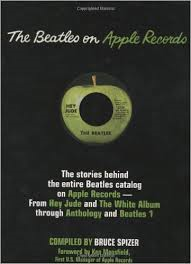 On January 27th, 1969 at Apple Studios, after Paul was feeling a bit down after their attempts at his song "Let It Be," he thought to change gears and put in more work on his other ballad for the project, introducing the tune as "The Wrong And Winding Box." Paul led the group through six rehearsals of the song which were described by Bruce Spizer in his book "The Beatles On Apple Records" as "a few deliberately off-the-wall performances, including one in which John did most of the singing and Paul mimicked Al Jolson." Afterwards, a decision was made to record a serious attempt to see if they could better the one from the previous day. It featured Ringo using brushes, many times performing fast snare drum rolls, while John came in on backing vocals twice during the lines “still they lead me back.” Thereafter, Paul's discouraged mood continued. "It's like the other one," Paul stated in reference to "Let It Be." "Slow, ballady and like they're plodding a bit...I can't, sort of, think how to do this one at all, y'know. My mind's a blank on it. I don't know. Dunno. Give up!" They moved directly into working on other songs, including recording the official released version of "Get Back," which lifted morale very nicely. On January 27th, 1969 at Apple Studios, after Paul was feeling a bit down after their attempts at his song "Let It Be," he thought to change gears and put in more work on his other ballad for the project, introducing the tune as "The Wrong And Winding Box." Paul led the group through six rehearsals of the song which were described by Bruce Spizer in his book "The Beatles On Apple Records" as "a few deliberately off-the-wall performances, including one in which John did most of the singing and Paul mimicked Al Jolson." Afterwards, a decision was made to record a serious attempt to see if they could better the one from the previous day. It featured Ringo using brushes, many times performing fast snare drum rolls, while John came in on backing vocals twice during the lines “still they lead me back.” Thereafter, Paul's discouraged mood continued. "It's like the other one," Paul stated in reference to "Let It Be." "Slow, ballady and like they're plodding a bit...I can't, sort of, think how to do this one at all, y'know. My mind's a blank on it. I don't know. Dunno. Give up!" They moved directly into working on other songs, including recording the official released version of "Get Back," which lifted morale very nicely.
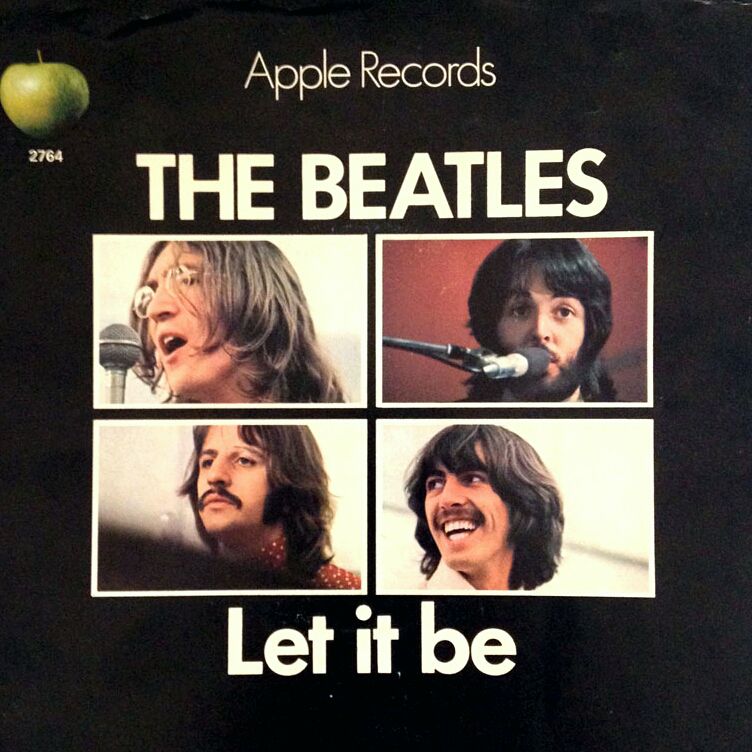 Interestingly, in the control room at the end of the day, Paul stated that "the two slow ones, 'Mother Mary' and 'Brother Jesus,' they haven't happened yet," meaning that neither "Let It Be" nor "The Long And Winding Road" had been recorded properly yet. Glyn Johns, however, was still pushing for using the January 26th, 1969 recording of "The Long And Winding Road" as he had done the previous day. "I think it's very tasty," Glyn Johns explains, Paul replying, "Oh, the little version we...?" "I'm not saying you can't do it better, I'm saying it's very together," Glyn Johns insists. As stated above, Glyn Johns got his way in the end, whether Paul liked it or not. Interestingly, in the control room at the end of the day, Paul stated that "the two slow ones, 'Mother Mary' and 'Brother Jesus,' they haven't happened yet," meaning that neither "Let It Be" nor "The Long And Winding Road" had been recorded properly yet. Glyn Johns, however, was still pushing for using the January 26th, 1969 recording of "The Long And Winding Road" as he had done the previous day. "I think it's very tasty," Glyn Johns explains, Paul replying, "Oh, the little version we...?" "I'm not saying you can't do it better, I'm saying it's very together," Glyn Johns insists. As stated above, Glyn Johns got his way in the end, whether Paul liked it or not.
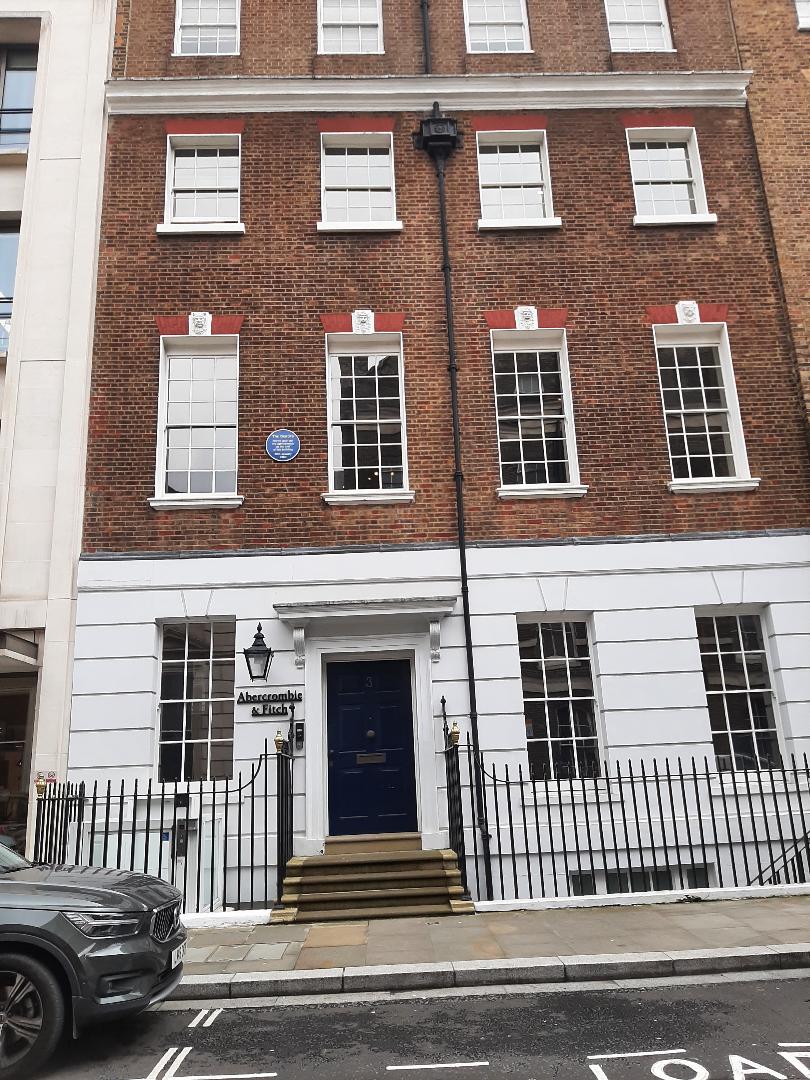 The next day, January 28th, 1969, saw Paul run through “The Long And Winding Road” once at the beginning of this Apple Studios rehearsal, but then attention went to other “Let It Be” songs that needed more refining. Interestingly though, The Beatles and Billy Preston fell into a slow 12-bar-blues progression that has later been referred to as “The River Rhine” because of Paul repeating the phrase “moving along by the River Rhine” as the key lyric. With Paul on bass and bluesy vocal, George on rhythm and lead guitar, Billy on electric piano and Ringo on drums, McCartney decided to delve into a portion of the lyrics of “The Long And Winding Road,” which fit the mood of this ad lib composition perfectly. The listener can here witness how the song could have developed if Paul would have kept to his original idea of modeling the tune after Ray Charles. The next day, January 28th, 1969, saw Paul run through “The Long And Winding Road” once at the beginning of this Apple Studios rehearsal, but then attention went to other “Let It Be” songs that needed more refining. Interestingly though, The Beatles and Billy Preston fell into a slow 12-bar-blues progression that has later been referred to as “The River Rhine” because of Paul repeating the phrase “moving along by the River Rhine” as the key lyric. With Paul on bass and bluesy vocal, George on rhythm and lead guitar, Billy on electric piano and Ringo on drums, McCartney decided to delve into a portion of the lyrics of “The Long And Winding Road,” which fit the mood of this ad lib composition perfectly. The listener can here witness how the song could have developed if Paul would have kept to his original idea of modeling the tune after Ray Charles.
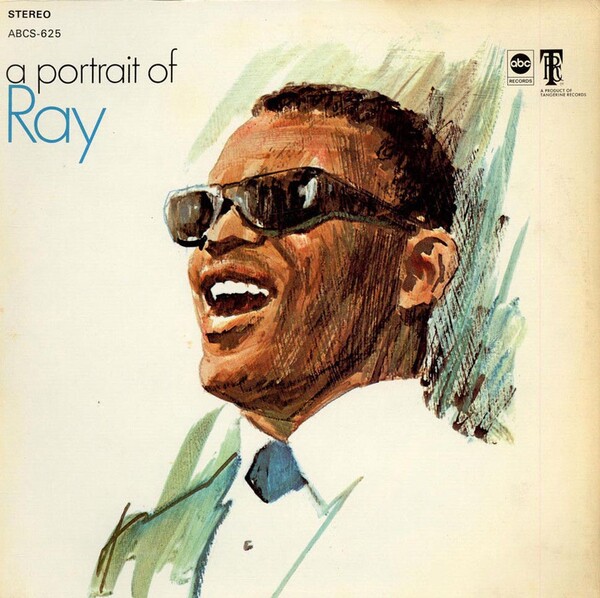 On the following day, January 29th, 1969, it was decided that The Beatles would play an Apple rooftop concert the next day. Therefore, on this day they decided to rehearse the songs they were to perform, afterward delving into the remaining compositions that needed to be worked out thoroughly, including “The Long And Winding Road.” Before going through the various George Harrison songs that may have been deemed suitable for the project, they quickly went through two versions of "The Long And Winding Road." Before this, Paul conceded, "I don't think I can sing it like Ray Charles. I've tried that and, like, one or two nights really into it, I can hit it. But, y'know" John responded, "Oh, well, you'll just have to get the one (vocal approach) you're gonna use on the day." Paul replied, "Yeah, which is just very quiet, no energy." On the following day, January 29th, 1969, it was decided that The Beatles would play an Apple rooftop concert the next day. Therefore, on this day they decided to rehearse the songs they were to perform, afterward delving into the remaining compositions that needed to be worked out thoroughly, including “The Long And Winding Road.” Before going through the various George Harrison songs that may have been deemed suitable for the project, they quickly went through two versions of "The Long And Winding Road." Before this, Paul conceded, "I don't think I can sing it like Ray Charles. I've tried that and, like, one or two nights really into it, I can hit it. But, y'know" John responded, "Oh, well, you'll just have to get the one (vocal approach) you're gonna use on the day." Paul replied, "Yeah, which is just very quiet, no energy."
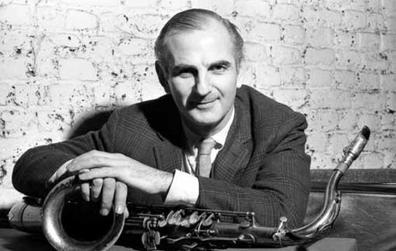 Their first attempt broke down after the first verse, Paul readdressing it by starting another rendition at the second verse. “A bit heavy on the bass, there,” Paul instructed John repeatedly during this rendition, while still trying to hone in on the perfect arrangement. We see here that Ringo has switched back to drum sticks instead of brushes, undoubtedly at Paul's request. Also, when Paul was vocalizing the solo, someone asked what he was envisioning here, to which he said, “I dunno...Ronnie Scott,” indicating a possible inclusion of a saxophone solo to be overdubbed later. This thought undoubtedly stuck in his head throughout the years since, when Paul re-recorded the song for his "Give My Regards To Broadstreet" project, he incorporated a sax player within the arrangement, which worked very nicely. Their first attempt broke down after the first verse, Paul readdressing it by starting another rendition at the second verse. “A bit heavy on the bass, there,” Paul instructed John repeatedly during this rendition, while still trying to hone in on the perfect arrangement. We see here that Ringo has switched back to drum sticks instead of brushes, undoubtedly at Paul's request. Also, when Paul was vocalizing the solo, someone asked what he was envisioning here, to which he said, “I dunno...Ronnie Scott,” indicating a possible inclusion of a saxophone solo to be overdubbed later. This thought undoubtedly stuck in his head throughout the years since, when Paul re-recorded the song for his "Give My Regards To Broadstreet" project, he incorporated a sax player within the arrangement, which worked very nicely.
 Interestingly, Paul decided to change the lyrics on the next performance of this day from “Anyway you'll never know the many ways I've tried” to “you'll always know.” He apparently thought this was better, all subsequent versions including the subtly changed line “Anyway you've always known the many ways I've tried.” Since the recording chosen for the final version was recorded on January 26th, 1969, we can still say that the writing of the song was complete on that earlier date. This performance concluded with Paul stating, “It's all right,” John responding, "It's all right, you know. Between you two, you're doing all the bits that are needed." With this affirmation, they felt ready to finalize the song two days later when they would perform it in front of the cameras in the Apple basement studio. Interestingly, Paul decided to change the lyrics on the next performance of this day from “Anyway you'll never know the many ways I've tried” to “you'll always know.” He apparently thought this was better, all subsequent versions including the subtly changed line “Anyway you've always known the many ways I've tried.” Since the recording chosen for the final version was recorded on January 26th, 1969, we can still say that the writing of the song was complete on that earlier date. This performance concluded with Paul stating, “It's all right,” John responding, "It's all right, you know. Between you two, you're doing all the bits that are needed." With this affirmation, they felt ready to finalize the song two days later when they would perform it in front of the cameras in the Apple basement studio.
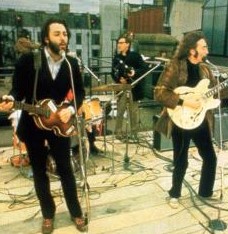 After The Beatles dedicated January 30th, 1969 to their famous last live performance on the roof of their Apple building, the following day, January 31st, 1969, was reserved for officially filming and recording three other songs from this project that were deemed unsuitable for the rooftop concert. Of interest here is a conversation among The Beatles in the control room of Apple Studios on January 30th, 1969, as seen in Peter Jackson's "Get Back" documentary series. Concerning the idea of performing "The Long And Winding Road" and the other songs not performed on the roof in their basement studio afterwards, George suggested, "We could pretend in the film that we had to get down because of (the police) and then here we are!” After The Beatles dedicated January 30th, 1969 to their famous last live performance on the roof of their Apple building, the following day, January 31st, 1969, was reserved for officially filming and recording three other songs from this project that were deemed unsuitable for the rooftop concert. Of interest here is a conversation among The Beatles in the control room of Apple Studios on January 30th, 1969, as seen in Peter Jackson's "Get Back" documentary series. Concerning the idea of performing "The Long And Winding Road" and the other songs not performed on the roof in their basement studio afterwards, George suggested, "We could pretend in the film that we had to get down because of (the police) and then here we are!”
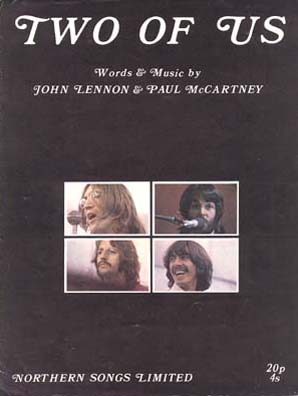 These three songs, which were professionally recorded before the cameras in their Apple basement studio, were “Two Of Us,” “Let It Be” and “The Long And Winding Road.” While performances of the first two songs were chosen for international release, each of the many excellent renditions of “The Long And Winding Road” recorded on this day were overlooked for inclusion on the “Let It Be” album and single. Producer Glyn Johns still prefered the rougher version of the song that they recorded on January 26th, 1969, which happens to be the very day that Paul taught them the chords and first worked out the arrangement. Interestingly, as mentioned above, Phil Spector also prefered this rough early version when putting together the "Let It Be" album in March of 1970. These three songs, which were professionally recorded before the cameras in their Apple basement studio, were “Two Of Us,” “Let It Be” and “The Long And Winding Road.” While performances of the first two songs were chosen for international release, each of the many excellent renditions of “The Long And Winding Road” recorded on this day were overlooked for inclusion on the “Let It Be” album and single. Producer Glyn Johns still prefered the rougher version of the song that they recorded on January 26th, 1969, which happens to be the very day that Paul taught them the chords and first worked out the arrangement. Interestingly, as mentioned above, Phil Spector also prefered this rough early version when putting together the "Let It Be" album in March of 1970.
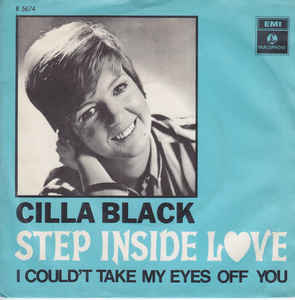 Nonetheless, on January 31st, 1969, after they recorded a suitable version of “Two Of Us” in a relatively short amount of time, The Beatles blew off the tension by running through many oldies, including some of their own compositions like “Run For Your Life” and Paul's “Step Inside Love.” Getting back to the work at hand, The Beatles put in many attempts at nailing down “Let It Be” before putting it aside for a while. Nonetheless, on January 31st, 1969, after they recorded a suitable version of “Two Of Us” in a relatively short amount of time, The Beatles blew off the tension by running through many oldies, including some of their own compositions like “Run For Your Life” and Paul's “Step Inside Love.” Getting back to the work at hand, The Beatles put in many attempts at nailing down “Let It Be” before putting it aside for a while.
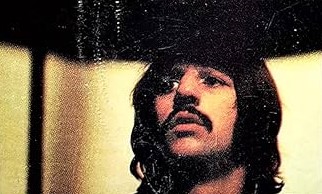 After a lunch break, Paul rehearsed certain parts of "The Long And Winding Road" by himself for fine-tuning purposes. The Beatles then began official work on the song, the performances being designated as "take 13" through "take 19" to coincide with the movie director's clapper board takes. It should be noted, however, that there were many false starts and incomplete versions, some of these being combined together within the take numbers, which will be indicated below as 16A, 16B, 16C and so on. All in all, including partial rehearsals, it took an actual total of 19 takes to reach an acceptable recording of the song on this day. On these takes George dials back his lead guitar lines in the vocal gaps and Ringo is instructed not to tinkle around on the cymbals anymore in the verses. After a lunch break, Paul rehearsed certain parts of "The Long And Winding Road" by himself for fine-tuning purposes. The Beatles then began official work on the song, the performances being designated as "take 13" through "take 19" to coincide with the movie director's clapper board takes. It should be noted, however, that there were many false starts and incomplete versions, some of these being combined together within the take numbers, which will be indicated below as 16A, 16B, 16C and so on. All in all, including partial rehearsals, it took an actual total of 19 takes to reach an acceptable recording of the song on this day. On these takes George dials back his lead guitar lines in the vocal gaps and Ringo is instructed not to tinkle around on the cymbals anymore in the verses.
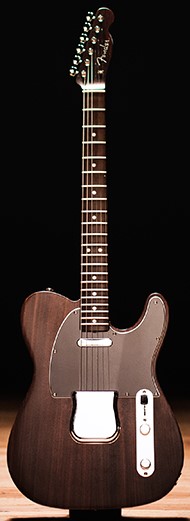 Before their first attempt at the song begins, we hear John practicing his bass part on his Fender VI Bass, George running through some scales on his Fender Telecaster, and Paul practicing a bit on the studio's Bluthner grand piano. After “take 13A' is called out, Paul leads the group through a few bars of the first verse before someone in the crew calls the song to a halt. “Take 13B” is a competent full performance of the song, flawed only by the highly rotating Leslie speaker effect on George's guitar in the solo and an overall lack in enthusiasm by the group as a whole. “OK, do it again,” Paul announces afterwards, knowing it could be done better. Before their first attempt at the song begins, we hear John practicing his bass part on his Fender VI Bass, George running through some scales on his Fender Telecaster, and Paul practicing a bit on the studio's Bluthner grand piano. After “take 13A' is called out, Paul leads the group through a few bars of the first verse before someone in the crew calls the song to a halt. “Take 13B” is a competent full performance of the song, flawed only by the highly rotating Leslie speaker effect on George's guitar in the solo and an overall lack in enthusiasm by the group as a whole. “OK, do it again,” Paul announces afterwards, knowing it could be done better.
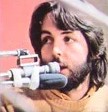 After a bit of fumbling around on their instruments as well as Paul practicing the song's introduction, "take 14" is called out. This rendition started off well despite Paul having to deal with a moving microphone. Just after the second verse begins, McCartney pops his “p” on the lyric “pool of tears,” which prompts him to slightly pound on this piano keys and ask “Have you got a screwdriver for this mic?” After a bit of fumbling around on their instruments as well as Paul practicing the song's introduction, "take 14" is called out. This rendition started off well despite Paul having to deal with a moving microphone. Just after the second verse begins, McCartney pops his “p” on the lyric “pool of tears,” which prompts him to slightly pound on this piano keys and ask “Have you got a screwdriver for this mic?”
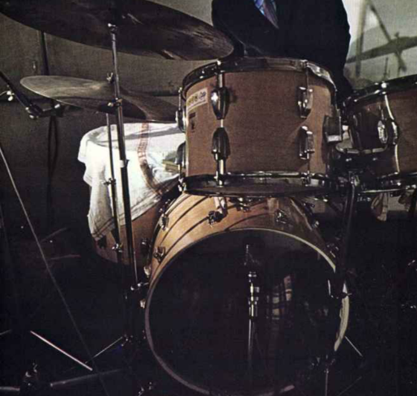 After the microphone problem is fixed, "take 15A" stops immediately after the second measure because of Ringo hitting the downbeat of the third measure a little early. “Let's do it again,” Paul patiently asks, instructing the drummer “just come in, don't syncopate. Just come in straight.” McCartney then immediately counts off "take 15B," which reveals the singer struggling three times to get through the first introductory measure. After he does, "take 15B" turns out to be a complete version but with many sour chords from George's guitar, which apparrently needs to be re-tuned. After the take is complete, George discusses something with Paul off microphone in which the singer responds “wrong.” Producer Glyn Johns then informs Ringo that “on the very last chord on the end of the row, the cymbals are not bass drum...the bass drum makes it a bit heavy.” After the microphone problem is fixed, "take 15A" stops immediately after the second measure because of Ringo hitting the downbeat of the third measure a little early. “Let's do it again,” Paul patiently asks, instructing the drummer “just come in, don't syncopate. Just come in straight.” McCartney then immediately counts off "take 15B," which reveals the singer struggling three times to get through the first introductory measure. After he does, "take 15B" turns out to be a complete version but with many sour chords from George's guitar, which apparrently needs to be re-tuned. After the take is complete, George discusses something with Paul off microphone in which the singer responds “wrong.” Producer Glyn Johns then informs Ringo that “on the very last chord on the end of the row, the cymbals are not bass drum...the bass drum makes it a bit heavy.”
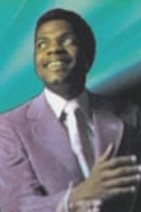 "Take 16A" doesn't get past “The Long and...no” introduction, while "take 16B" is called to a halt when Paul hears the Major 7th chord after the lyric “to your door.” “Now what's that?” McCartney asks, which prompts George and Billy Preston to demonstrate the chord with Paul's piano. “It just sounds funny,” McCartney replies before launching into "take 16C." "Take 16A" doesn't get past “The Long and...no” introduction, while "take 16B" is called to a halt when Paul hears the Major 7th chord after the lyric “to your door.” “Now what's that?” McCartney asks, which prompts George and Billy Preston to demonstrate the chord with Paul's piano. “It just sounds funny,” McCartney replies before launching into "take 16C."
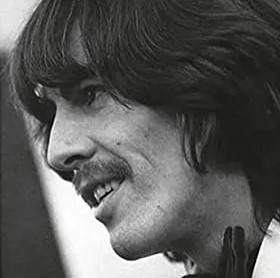 "Take 16C" is a complete version that is sung in a very spirited fashion by Paul although George's guitar still sounds out of tune. Paul vocalizes the solo in the instrumental section of the song on top of Billy Preston's keyboard work, which seems to indicate that McCartney intended to break their “no overdubs” policy and have a new solo of some sort recorded there later. After this take is complete, Paul chuckles slightly and asks, “Do it again, can we keep going?” "Take 16C" is a complete version that is sung in a very spirited fashion by Paul although George's guitar still sounds out of tune. Paul vocalizes the solo in the instrumental section of the song on top of Billy Preston's keyboard work, which seems to indicate that McCartney intended to break their “no overdubs” policy and have a new solo of some sort recorded there later. After this take is complete, Paul chuckles slightly and asks, “Do it again, can we keep going?”
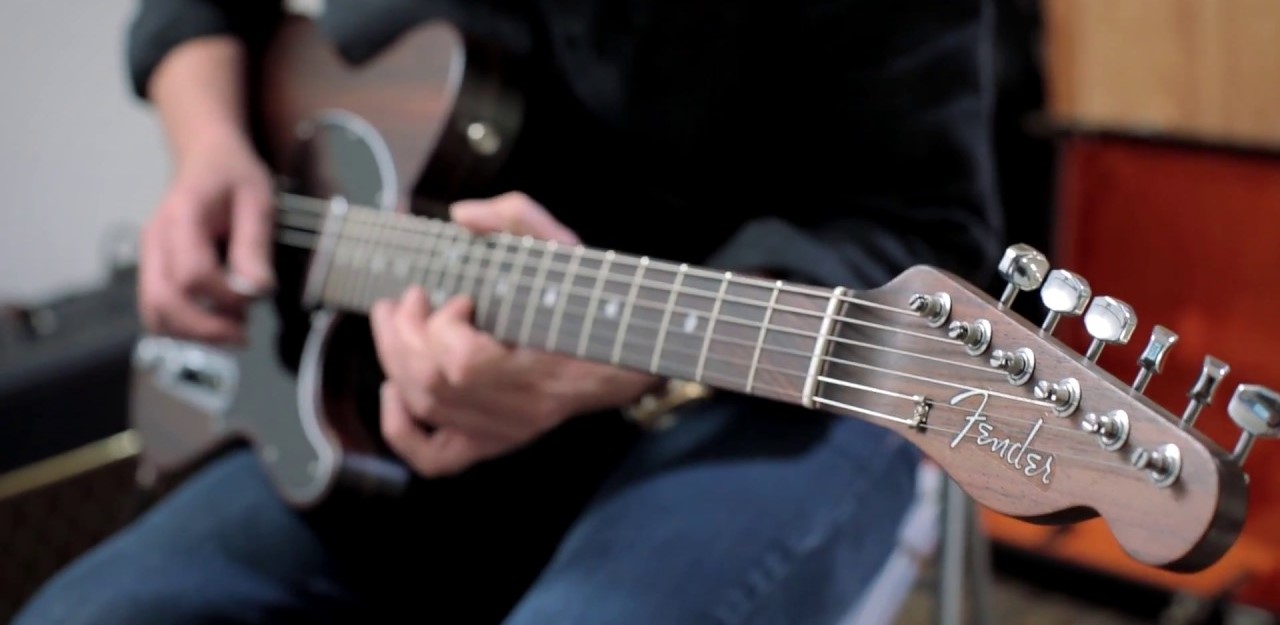 They moved directly into another full version of the song before the crew could call out another take, therefore this one can be designated as "take 16D." George's guitar now appeared to be re-tuned, but Paul unfortunately played the wrong chord at the end of the third verse, which prompted him to say “yeah” and thereafter lessening the intensity of his vocal performance because he knew this take wasn't going to make the grade. “There were a couple of cock-ups in that, weren't there?” he asked after it concluded. They moved directly into another full version of the song before the crew could call out another take, therefore this one can be designated as "take 16D." George's guitar now appeared to be re-tuned, but Paul unfortunately played the wrong chord at the end of the third verse, which prompted him to say “yeah” and thereafter lessening the intensity of his vocal performance because he knew this take wasn't going to make the grade. “There were a couple of cock-ups in that, weren't there?” he asked after it concluded.
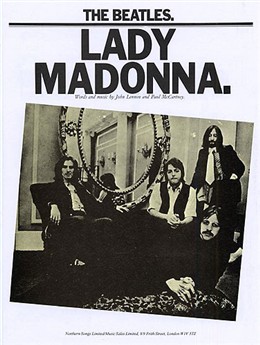 After an extensive diversion of playing an impromptu version of “Lady Madonna,” they immediately went back to “The Long And Winding Road” to attempt a definitive filmed recording of the song. "Take 17A" saw its way through to the solo section until George played some sour notes, which prompted Paul to say, “OK, start again...OK, quieter this time.” McCartney tried four attempts at starting the song again, but the others weren't ready. This prompted a “take 18” call from the camera crew. After an extensive diversion of playing an impromptu version of “Lady Madonna,” they immediately went back to “The Long And Winding Road” to attempt a definitive filmed recording of the song. "Take 17A" saw its way through to the solo section until George played some sour notes, which prompted Paul to say, “OK, start again...OK, quieter this time.” McCartney tried four attempts at starting the song again, but the others weren't ready. This prompted a “take 18” call from the camera crew.
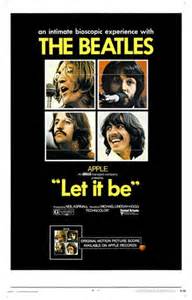 "Take 18" was a near perfect full rendition, except for a slight sour chord from George at one point. With a little rehearsal of the song between takes, they composed themselves for "take 19," their final take of the day. Paul performed a gentler vocal in the first half of the song, but stepped up the intensity a bit throughout in an appropriate fashion. Lyrical differences here from the version released on vinyl include the lines “left me waiting here” and “keep me standing here” in the third and fourth verses, as well as “you've always known” in the bridge. After it concluded, George Martin asked, "That was it, wasn't it?", to which Ringo replied "Sounded alright to me" followed by John saying, "Sounded lovely!" Since this final filmed performance appeared in the released "Let It Be" movie, these notable lyrical changes were only witnessed in the film and not on record until 2003 on the "Let It Be...Naked" album and then in 2021 in various Anniversary editions of the "Let It Be" album. This ended the recording attempts for the song, their attention now being focused on getting the perfect recording of “Let It Be” before they left for the day, thereby completing the entire “Let It Be” project. "Take 18" was a near perfect full rendition, except for a slight sour chord from George at one point. With a little rehearsal of the song between takes, they composed themselves for "take 19," their final take of the day. Paul performed a gentler vocal in the first half of the song, but stepped up the intensity a bit throughout in an appropriate fashion. Lyrical differences here from the version released on vinyl include the lines “left me waiting here” and “keep me standing here” in the third and fourth verses, as well as “you've always known” in the bridge. After it concluded, George Martin asked, "That was it, wasn't it?", to which Ringo replied "Sounded alright to me" followed by John saying, "Sounded lovely!" Since this final filmed performance appeared in the released "Let It Be" movie, these notable lyrical changes were only witnessed in the film and not on record until 2003 on the "Let It Be...Naked" album and then in 2021 in various Anniversary editions of the "Let It Be" album. This ended the recording attempts for the song, their attention now being focused on getting the perfect recording of “Let It Be” before they left for the day, thereby completing the entire “Let It Be” project.
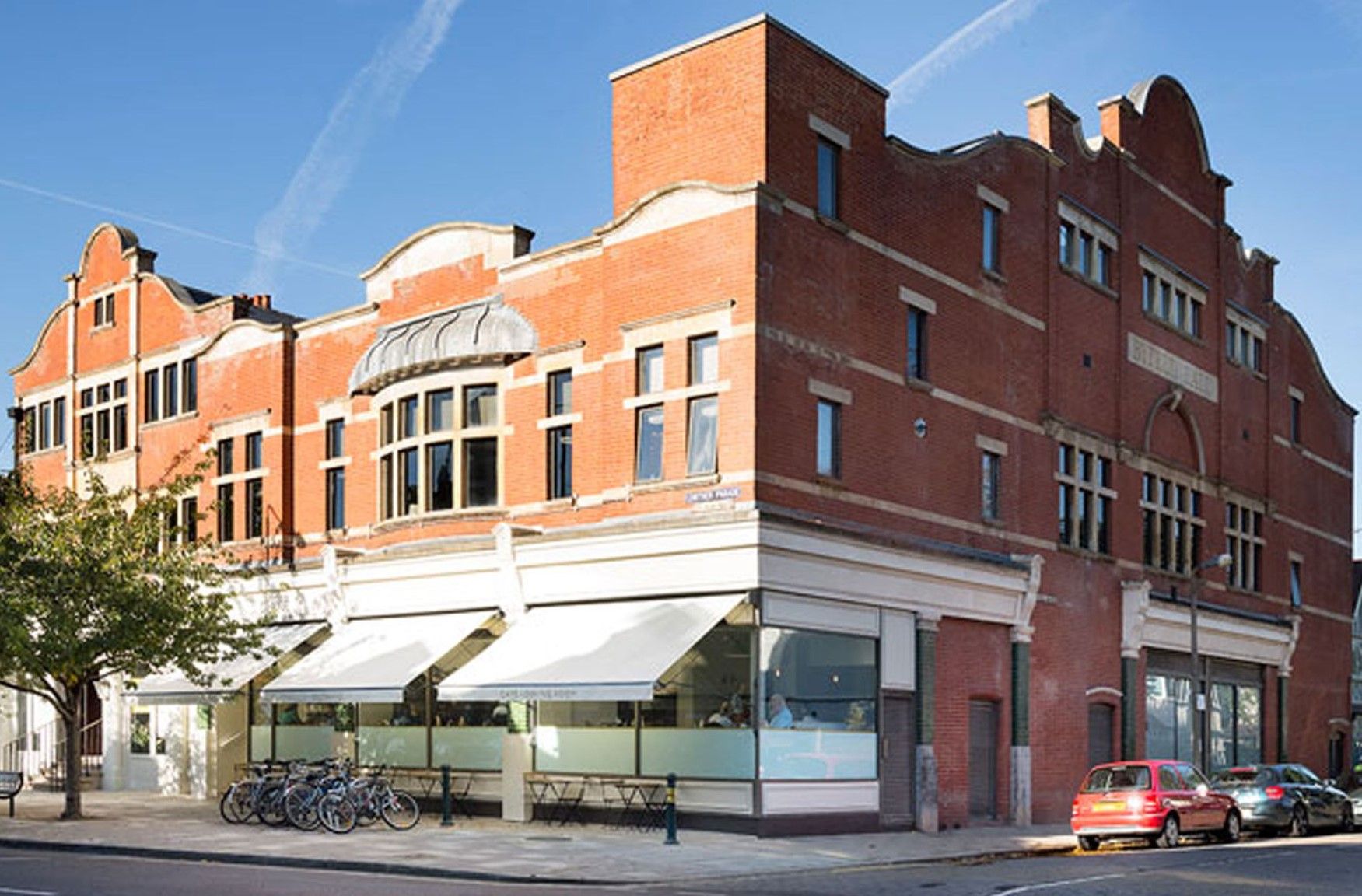 March 10th, 1969, was the first day that Glyn Johns dove into the January tapes to put together the next Beatles album, which would be entitled “Get Back” to coincide with the title track's April release as a single. Glyn Johns had all of the master tapes taken from Apple Studios to Olympic Studios in London and created a stereo mix of “The Long And Winding Road” as well as eleven other songs, George Martin possibly being present on this day as well. It appears that Glyn chose the January 26th version to make his stereo mix, a good amount of reverb being added to give it a fuller sound. Also, a few seconds of Paul's piano tinkling after the song's conclusion was included in the mix in order to contribute to the “live in the studio” feel they wanted for the album. Incidentally, only stereo mixes were made since mono releases had been discontinued by that time. March 10th, 1969, was the first day that Glyn Johns dove into the January tapes to put together the next Beatles album, which would be entitled “Get Back” to coincide with the title track's April release as a single. Glyn Johns had all of the master tapes taken from Apple Studios to Olympic Studios in London and created a stereo mix of “The Long And Winding Road” as well as eleven other songs, George Martin possibly being present on this day as well. It appears that Glyn chose the January 26th version to make his stereo mix, a good amount of reverb being added to give it a fuller sound. Also, a few seconds of Paul's piano tinkling after the song's conclusion was included in the mix in order to contribute to the “live in the studio” feel they wanted for the album. Incidentally, only stereo mixes were made since mono releases had been discontinued by that time.
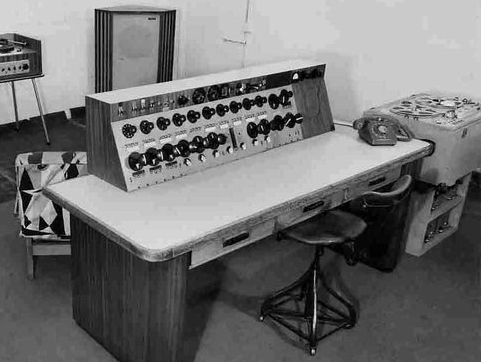 Glyn Johns (and possibly George Martin) returned to Olympic Studios on March 11th, 1969 to have another go at creating a stereo mix of “The Long And Winding Road.” Since the January 31st, 1969 version of “Lady Madonna” also got treated to a mono mix on this day, it is likely that Glyn also thought to chose "take 19" of “The Long And Winding Road” from January 31st, 1969 for this stereo mix as well. Glyn Johns (and possibly George Martin) returned to Olympic Studios on March 11th, 1969 to have another go at creating a stereo mix of “The Long And Winding Road.” Since the January 31st, 1969 version of “Lady Madonna” also got treated to a mono mix on this day, it is likely that Glyn also thought to chose "take 19" of “The Long And Winding Road” from January 31st, 1969 for this stereo mix as well.
 Glyn Johns (and possibly George Martin) came back once again to Olympic Studios the following day, March 12th, 1969, to create a third mix of “The Long And Winding Road” as well as an additional attempt at mixing the song “Let It Be.” According to Mark Lewisohn's book “The Beatles Recording Sessions,” their efforts on this day consisted of the “mixing of different 31 January takes of 'The Long And Winding Road' and 'Let It Be.'” Therefore, the three mixes that Glyn Johns made of "The Long And Winding Road" during these March mixing sessions were apparently from (1) January 26th, 1969, (2) "take 19" from January 31st, 1969, and (3) an unidentified take from January 31st, 1969. Which would he choose for the proposed album? Glyn Johns (and possibly George Martin) came back once again to Olympic Studios the following day, March 12th, 1969, to create a third mix of “The Long And Winding Road” as well as an additional attempt at mixing the song “Let It Be.” According to Mark Lewisohn's book “The Beatles Recording Sessions,” their efforts on this day consisted of the “mixing of different 31 January takes of 'The Long And Winding Road' and 'Let It Be.'” Therefore, the three mixes that Glyn Johns made of "The Long And Winding Road" during these March mixing sessions were apparently from (1) January 26th, 1969, (2) "take 19" from January 31st, 1969, and (3) an unidentified take from January 31st, 1969. Which would he choose for the proposed album?
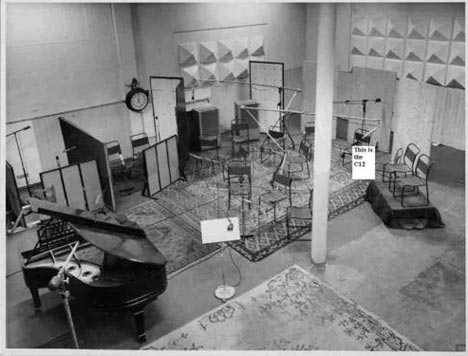 Just before the decision was made, George Martin and Glyn Johns met with engineer Steve Vaughan at Olympic Sound Studios on both May 7th and 9th, 1969, to put together some inserts for the finished album. Since their intention was to present the album with a live feel, “warts and all,” bits of studio chatter and jokes from the original sessions were interspersed between the songs. It was decided on this day that John's interchange with Paul (“Are we supposed to giggle in the solo?” “Yeah” “OK”) as heard between takes of the recording of “Let It Be” on January 31st, 1969 was to be used as an introduction to “The Long And Winding Road.” Just before the decision was made, George Martin and Glyn Johns met with engineer Steve Vaughan at Olympic Sound Studios on both May 7th and 9th, 1969, to put together some inserts for the finished album. Since their intention was to present the album with a live feel, “warts and all,” bits of studio chatter and jokes from the original sessions were interspersed between the songs. It was decided on this day that John's interchange with Paul (“Are we supposed to giggle in the solo?” “Yeah” “OK”) as heard between takes of the recording of “Let It Be” on January 31st, 1969 was to be used as an introduction to “The Long And Winding Road.”
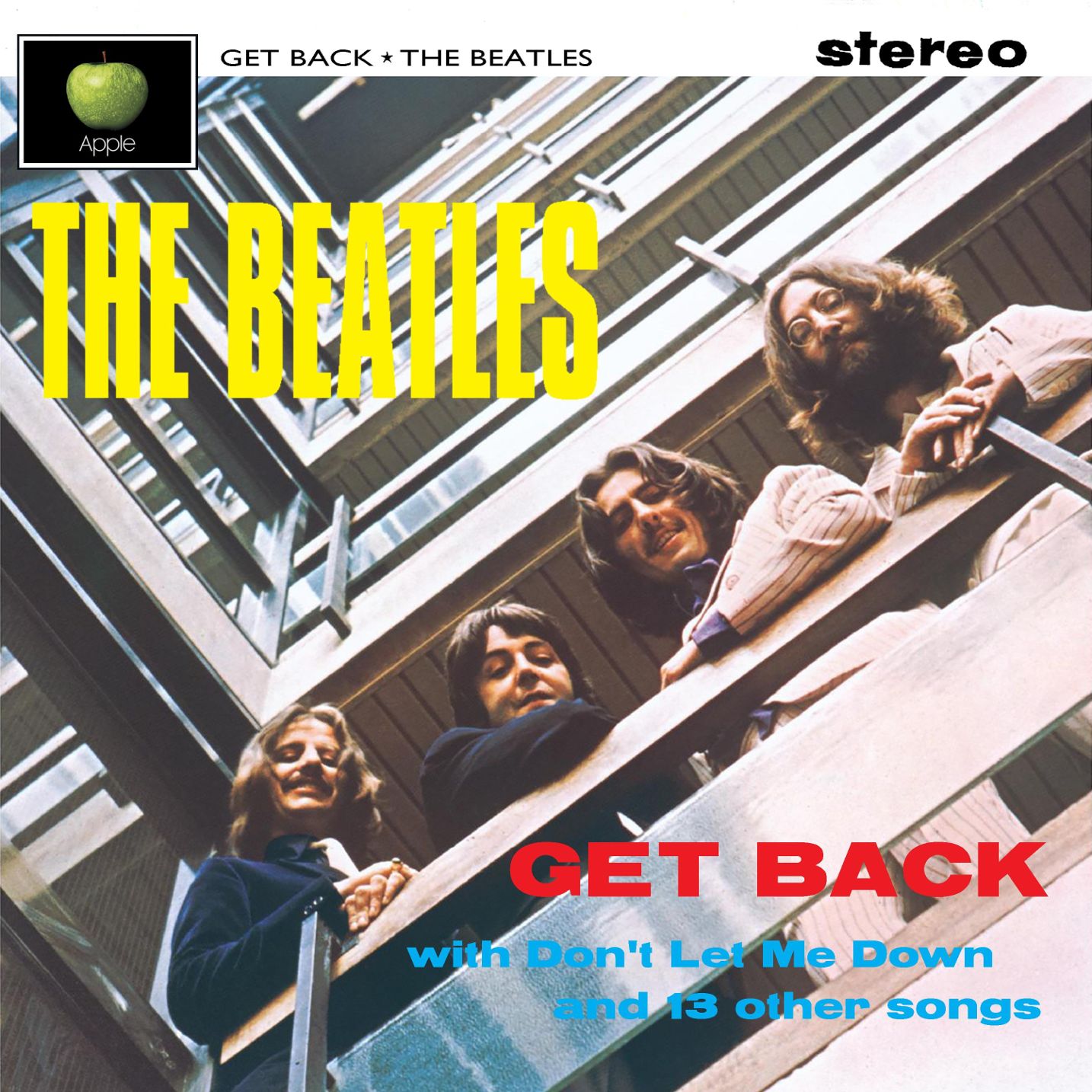 May 28th, 1969 was the date chosen for George Martin and engineers Glyn Johns and Steve Vaughan to perform the master tape banding and compilation for the proposed “Get Back” album. They once again met at Olympic Studios for this effort, the final choice for “The Long And Winding Road” being the January 26th, 1969 recording. As history bears out, this album was rejected shortly after this compilation was put together, the whole project being put on hold. May 28th, 1969 was the date chosen for George Martin and engineers Glyn Johns and Steve Vaughan to perform the master tape banding and compilation for the proposed “Get Back” album. They once again met at Olympic Studios for this effort, the final choice for “The Long And Winding Road” being the January 26th, 1969 recording. As history bears out, this album was rejected shortly after this compilation was put together, the whole project being put on hold.
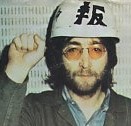 Glyn Johns put in another attempt at banding and compiling a “Get Back” album on January 5th, 1970 at Olympic Sound Studios, once again including the same January 26th rendition of “The Long And Winding Road.” This album was also delayed, Lennon being perturbed that Glyn wanted a producer's credit on the album. Glyn Johns put in another attempt at banding and compiling a “Get Back” album on January 5th, 1970 at Olympic Sound Studios, once again including the same January 26th rendition of “The Long And Winding Road.” This album was also delayed, Lennon being perturbed that Glyn wanted a producer's credit on the album.
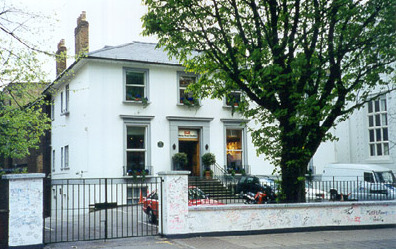 Enter legendary producer Phil Spector, who was brought in to oversee the production of the soundtrack album for what was now named “Let It Be.” Also choosing the January 26th, 1969 recording of “The Long And Winding Road,” Phil Spector only needed one try at getting a suitable stereo mix of the song in Room 4 of EMI Studios on March 26th, 1970 with engineers Peter Bown and Roger Ferris assisting. Enter legendary producer Phil Spector, who was brought in to oversee the production of the soundtrack album for what was now named “Let It Be.” Also choosing the January 26th, 1969 recording of “The Long And Winding Road,” Phil Spector only needed one try at getting a suitable stereo mix of the song in Room 4 of EMI Studios on March 26th, 1970 with engineers Peter Bown and Roger Ferris assisting.
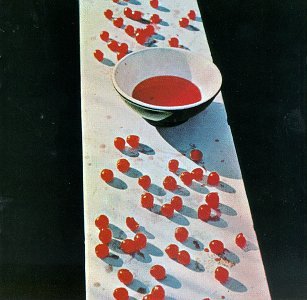 However, unlike most other songs in this project, Spector had something else in mind for “The Long And Winding Road.” He made three attempts at reducing the original Bealtes recording of the song down to tracks one through five, designated as takes 17 through 19, "take 18" being the keeper. Instead of consulting with the song's composer, who lived just minutes from the studio and had just put the finishing touches on his solo album “McCartney” in that same studio a week before, Spector recorded lush orchestral and choir overdubs onto the song in EMI Studio One on April 1st, 1970. However, unlike most other songs in this project, Spector had something else in mind for “The Long And Winding Road.” He made three attempts at reducing the original Bealtes recording of the song down to tracks one through five, designated as takes 17 through 19, "take 18" being the keeper. Instead of consulting with the song's composer, who lived just minutes from the studio and had just put the finishing touches on his solo album “McCartney” in that same studio a week before, Spector recorded lush orchestral and choir overdubs onto the song in EMI Studio One on April 1st, 1970.
 Richard Hewson, who had just recently been hired by McCartney to compose a score for the recent UK #1 hit "Those Were The Days" by Mary Hopkin, had been hired in advance to write a score for the song. Richard Hewson remembers, "I got a call, 'Could you come and do an arrangement for this song "The Long And Winding Road"?' I started off quite modestly, y'know, with six violins and three violas, three cellos. And then I kept getting calls from Phil (Spector) saying, 'Oh I'd like a few more violins, a few more strings, some brass and some horns and some harps and even a choir.' And I thought, 'Oh!' so I did it." Richard Hewson, who had just recently been hired by McCartney to compose a score for the recent UK #1 hit "Those Were The Days" by Mary Hopkin, had been hired in advance to write a score for the song. Richard Hewson remembers, "I got a call, 'Could you come and do an arrangement for this song "The Long And Winding Road"?' I started off quite modestly, y'know, with six violins and three violas, three cellos. And then I kept getting calls from Phil (Spector) saying, 'Oh I'd like a few more violins, a few more strings, some brass and some horns and some harps and even a choir.' And I thought, 'Oh!' so I did it."
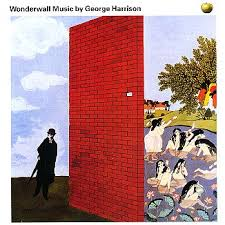 John Barnam, who had recently worked with George Harrison on his "Wonderwall" film score, composed the choral part for the choir, while Richard Hewson was present on this day to conduct the 35 orchestral musicians and 14 choir members, as well as Ringo on drums. The musicians and singers performed in Studio One while the signals were being fed into the control room of Studio Three. The session began at 7 pm and was complete at an undesignated time, sometime after midnight. John Barnam, who had recently worked with George Harrison on his "Wonderwall" film score, composed the choral part for the choir, while Richard Hewson was present on this day to conduct the 35 orchestral musicians and 14 choir members, as well as Ringo on drums. The musicians and singers performed in Studio One while the signals were being fed into the control room of Studio Three. The session began at 7 pm and was complete at an undesignated time, sometime after midnight.
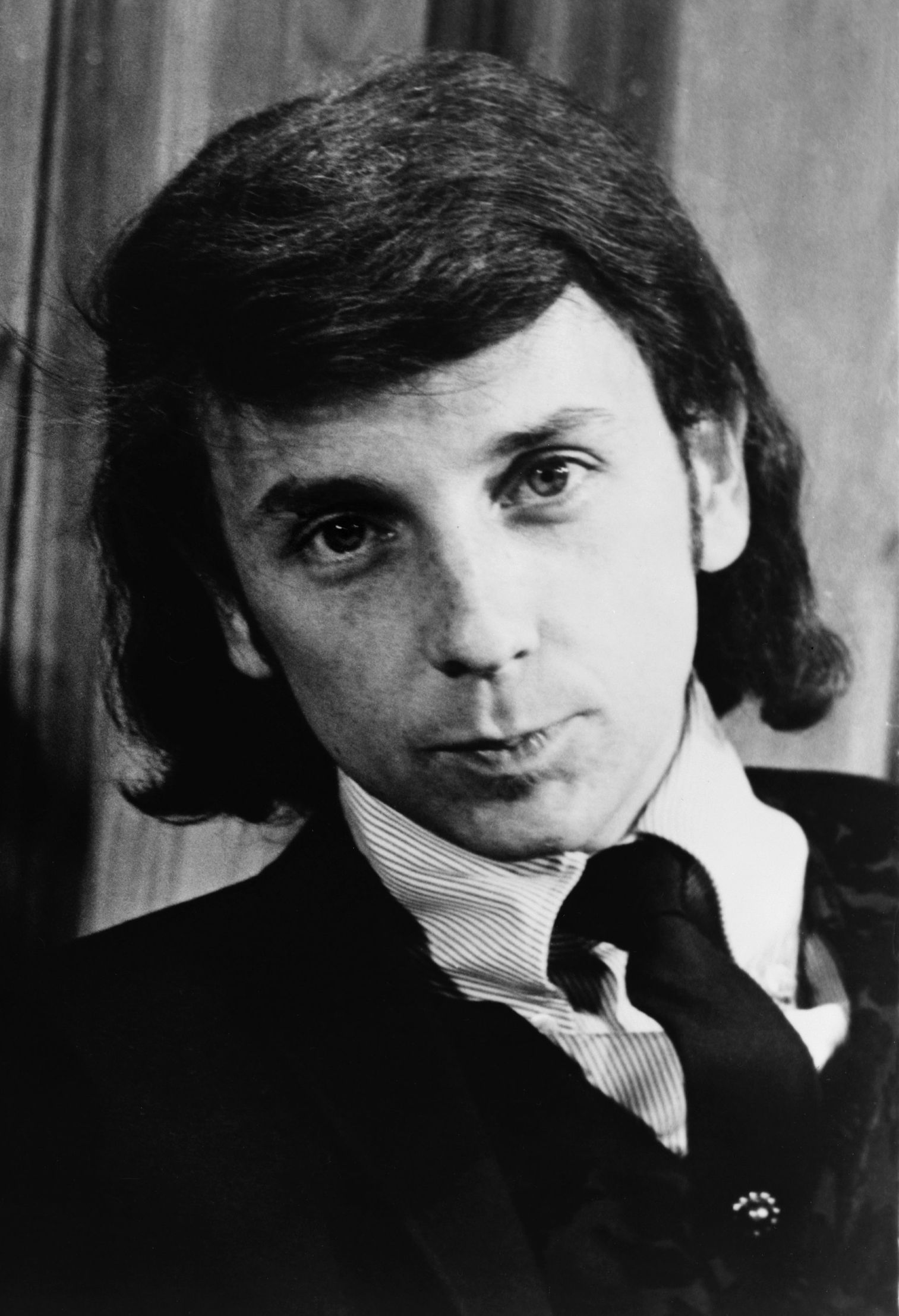 Brian Gibson was a technical engineer who was present at this session. “Phil Spector is one of the weirdest persons I have ever met in the recording industry,” Brian Gibson recalls in the book “The Beatles Recording Sessions.” “He's totally paranoid. A most odd character, extremely insecure. He has that famous 'Phil Specor Sound' that consists of lots of echo and everything. But whereas all the record producers that I've encountered have in the back of their mind the way a song will sound when finally mixed, at the recording stage they tend to leave tracks completely dry, perhaps with just a bit of monitor echo, but certainly without any of the effects added later...(Phil) Spector worked in the completely opposite way. He wanted to hear it, while it was being recorded, exactly the way it would sound when finished: with all the tape echo, plate echo, chamber echo, all the effects. This was horrendously difficult in (EMI) Studio One which is, technically, quite primitive. Phil Spector was on the point of throwing a big wobbly – 'I wanna hear this!', 'I wanna hear that!', 'I must have this!', 'I must have that!', when Ringo took him quietly aside and said 'Look, they can't do that, they're doing the best they can. Just cool it.”...(Phil Spector) wanted everyone to know who he was, he liked to assert himself.” Brian Gibson was a technical engineer who was present at this session. “Phil Spector is one of the weirdest persons I have ever met in the recording industry,” Brian Gibson recalls in the book “The Beatles Recording Sessions.” “He's totally paranoid. A most odd character, extremely insecure. He has that famous 'Phil Specor Sound' that consists of lots of echo and everything. But whereas all the record producers that I've encountered have in the back of their mind the way a song will sound when finally mixed, at the recording stage they tend to leave tracks completely dry, perhaps with just a bit of monitor echo, but certainly without any of the effects added later...(Phil) Spector worked in the completely opposite way. He wanted to hear it, while it was being recorded, exactly the way it would sound when finished: with all the tape echo, plate echo, chamber echo, all the effects. This was horrendously difficult in (EMI) Studio One which is, technically, quite primitive. Phil Spector was on the point of throwing a big wobbly – 'I wanna hear this!', 'I wanna hear that!', 'I must have this!', 'I must have that!', when Ringo took him quietly aside and said 'Look, they can't do that, they're doing the best they can. Just cool it.”...(Phil Spector) wanted everyone to know who he was, he liked to assert himself.”
.jpg) Engineer Peter Bown, also quoted in Mark Lewisohn's book “The Beatles Recording Sessions,” remembers: “My God, do I remember that session! (Phil) Spector had three sets of (musical) parts for the musicians but he'd only booked them in for two. Out of the blue he distributed these extra parts, without intimating that there would be any extra payment. I warned Phil (Spector) that he'd never get away with it, and of course the orchestra got up and walked out. I worked with these musicians often and knew them well, so I went into the control room, put a wedge under the door and tried to keep out of it. I got home very very late, well after midnight, and took the phone off the hook because I knew (Phil) Spector would try and call. The moment I put it back (Phil) Spector was on the line, asking me to return to the studio and continue, which I did. The musicians got their extra payment. This session was on the first of April 1970 – but it was one April Fool's joke which did not come off.” Engineer Peter Bown, also quoted in Mark Lewisohn's book “The Beatles Recording Sessions,” remembers: “My God, do I remember that session! (Phil) Spector had three sets of (musical) parts for the musicians but he'd only booked them in for two. Out of the blue he distributed these extra parts, without intimating that there would be any extra payment. I warned Phil (Spector) that he'd never get away with it, and of course the orchestra got up and walked out. I worked with these musicians often and knew them well, so I went into the control room, put a wedge under the door and tried to keep out of it. I got home very very late, well after midnight, and took the phone off the hook because I knew (Phil) Spector would try and call. The moment I put it back (Phil) Spector was on the line, asking me to return to the studio and continue, which I did. The musicians got their extra payment. This session was on the first of April 1970 – but it was one April Fool's joke which did not come off.”
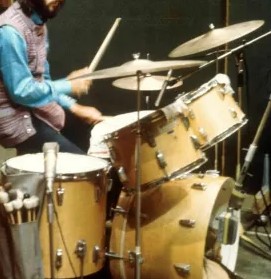 As the session tape reveals, the original Beatles recording of the song on January 26th, 1969 was allocated to tracks one through five of the final master tape, while the harp and all of the strings were recorded onto track six, the brass and Ringo's additional drums were on track seven, and the choir was on track eight. The cost of recording the orchestra, choir and Ringo's drums on this day for all three songs, the others being “Across The Universe” and “I Me Mine,” totaled 1,126 pounds, 5 shillings. As the session tape reveals, the original Beatles recording of the song on January 26th, 1969 was allocated to tracks one through five of the final master tape, while the harp and all of the strings were recorded onto track six, the brass and Ringo's additional drums were on track seven, and the choir was on track eight. The cost of recording the orchestra, choir and Ringo's drums on this day for all three songs, the others being “Across The Universe” and “I Me Mine,” totaled 1,126 pounds, 5 shillings.
 The following day, April 2nd, 1970, Phil Spector made four stereo mixes of “The Long And Winding Road,” designated as remixes 10 through 13, the last of these undoubtedly being the final mix. This was done by Phil Spector and engineers Peter Bown and Roger Ferris in Room 4 of EMI Studios. This was the final work needed for the release of the “Let It Be” album, an acetate disc of which being sent to McCartney, not for his approval, but as testimony of what was going to soon be released. The following day, April 2nd, 1970, Phil Spector made four stereo mixes of “The Long And Winding Road,” designated as remixes 10 through 13, the last of these undoubtedly being the final mix. This was done by Phil Spector and engineers Peter Bown and Roger Ferris in Room 4 of EMI Studios. This was the final work needed for the release of the “Let It Be” album, an acetate disc of which being sent to McCartney, not for his approval, but as testimony of what was going to soon be released.
 To say that Paul disapproved of this mix is a gross understatment, this being cited as one of the reasons that he was splitting from The Beatles according to his book “Many Years From Now.” He tried to request some changes to this mix of the song, but it fell upon deaf ears. On April 16th, 1970, Paul met with journalist Ray Connolly from the "Evening Standard" for lunch at Wheeler's, a London fish restaurant. In this interview, Paul stated: “A few weeks ago, I was sent a remixed version of my song 'The Long And Winding Road' with harps, horns, an orchestra, and a women's choir added. No one had asked me what I thought. I couldn't believe it. I would never have female voices on a Beatles record. The record came with a note from Allen Klein saying he thought the changes were necessary. I don't blame Phil Spector for doing it, but it just goes to show that it's no good me sitting here thinking I'm in control because obviously I'm not. Anyway, I've sent (Allen) Klein a letter asking for some things to be altered, but I haven't received an answer yet.” To say that Paul disapproved of this mix is a gross understatment, this being cited as one of the reasons that he was splitting from The Beatles according to his book “Many Years From Now.” He tried to request some changes to this mix of the song, but it fell upon deaf ears. On April 16th, 1970, Paul met with journalist Ray Connolly from the "Evening Standard" for lunch at Wheeler's, a London fish restaurant. In this interview, Paul stated: “A few weeks ago, I was sent a remixed version of my song 'The Long And Winding Road' with harps, horns, an orchestra, and a women's choir added. No one had asked me what I thought. I couldn't believe it. I would never have female voices on a Beatles record. The record came with a note from Allen Klein saying he thought the changes were necessary. I don't blame Phil Spector for doing it, but it just goes to show that it's no good me sitting here thinking I'm in control because obviously I'm not. Anyway, I've sent (Allen) Klein a letter asking for some things to be altered, but I haven't received an answer yet.”
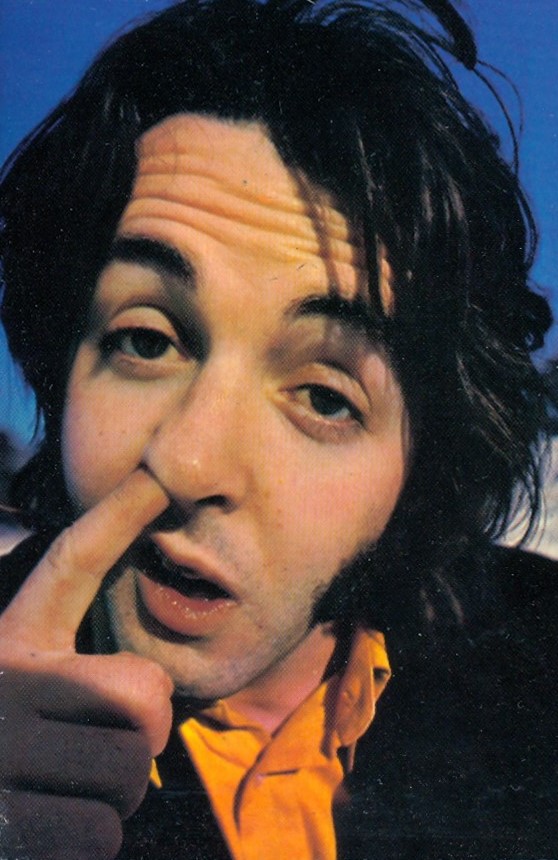 This letter, addressed to Allen Klein c.c. Phil Spector and John Eastman, dated April 14th, 1970, is reproduced in the book "Beatles Anthology" and in the 2021 "Super Deluxe" Anniversary edition of the "Let It Be" album. It states: "Dear Sir, In future no one will be allowed to add to or subtract from a recording of one of my songs without my permission. I had considered orchestrating 'The Long And Winding Road' but I decided against it. I therefore want it altered to these specifications:- 1.) Strings, horns, voices and all added noises to be reduced in volume. 2.) Vocal and Beatle instrumentation to be brought up in volume. 3.) Harp to be removed completely at the end of the song and original piano notes to be substituted. 4.) Don't ever do it again. Signed PAUL MCCARTNEY." An answer, if there was any sent at all, was apparently “no.” The Spector-ized production became the officially released version of the song. This letter, addressed to Allen Klein c.c. Phil Spector and John Eastman, dated April 14th, 1970, is reproduced in the book "Beatles Anthology" and in the 2021 "Super Deluxe" Anniversary edition of the "Let It Be" album. It states: "Dear Sir, In future no one will be allowed to add to or subtract from a recording of one of my songs without my permission. I had considered orchestrating 'The Long And Winding Road' but I decided against it. I therefore want it altered to these specifications:- 1.) Strings, horns, voices and all added noises to be reduced in volume. 2.) Vocal and Beatle instrumentation to be brought up in volume. 3.) Harp to be removed completely at the end of the song and original piano notes to be substituted. 4.) Don't ever do it again. Signed PAUL MCCARTNEY." An answer, if there was any sent at all, was apparently “no.” The Spector-ized production became the officially released version of the song.
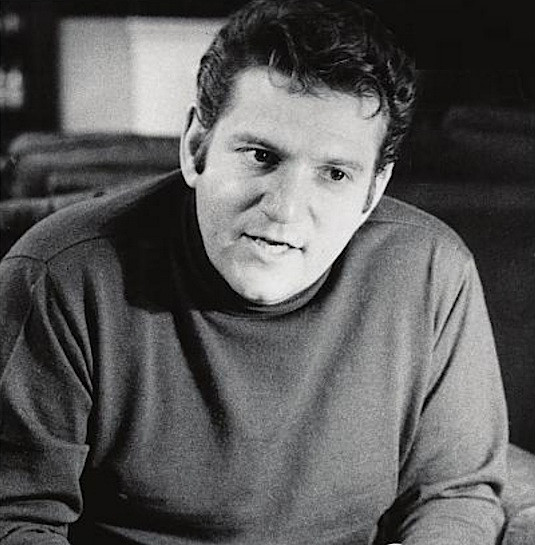 Interestingly, as detailed in the 2021 "Super Deluxe" Anniversary edition of the "Let It Be" album, "During a High Court hearing in February 1971 to dissolve The Beatles' partnership as a financial entity, Paul's barrister cited three events in 1970 that contributed to his client's wish to leave the group. One of them was that Allen Klein's ABKCO company had organized the rearrangement of 'The Long And Winding Road' without consulting Paul." Interestingly, as detailed in the 2021 "Super Deluxe" Anniversary edition of the "Let It Be" album, "During a High Court hearing in February 1971 to dissolve The Beatles' partnership as a financial entity, Paul's barrister cited three events in 1970 that contributed to his client's wish to leave the group. One of them was that Allen Klein's ABKCO company had organized the rearrangement of 'The Long And Winding Road' without consulting Paul."
 Sometime in 1996, George Martin and engineer Geoff Emerick returned to the original January 26th, 1969 session to create another stereo mix for inclusion on the compilation album “Anthology 3.” A bit of Paul's piano tinkling after the song's conclusion was again included in this mix to simulate what was proposed to be included on the aborted “Get Back” albums, although reverb was not applied here. In the book "Beatles Anthology," Paul voiced his approval of this scaled-down mix. "I heard the Spector version (of 'The Long And Winding Road') recently, and it sounded terrible. I prefer the original sound that's shown on 'Anthology 3.'" Sometime in 1996, George Martin and engineer Geoff Emerick returned to the original January 26th, 1969 session to create another stereo mix for inclusion on the compilation album “Anthology 3.” A bit of Paul's piano tinkling after the song's conclusion was again included in this mix to simulate what was proposed to be included on the aborted “Get Back” albums, although reverb was not applied here. In the book "Beatles Anthology," Paul voiced his approval of this scaled-down mix. "I heard the Spector version (of 'The Long And Winding Road') recently, and it sounded terrible. I prefer the original sound that's shown on 'Anthology 3.'"
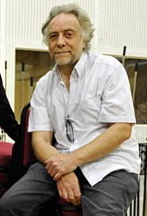 Then, sometime in 2003, the engineering team of Paul Hicks, Guy Massey and Allan Rouse convened at EMI Studios to create a vibrant stereo mix of "take 19" as recorded on January 31st, 1969, per Paul's instructions. The performance of "The Long And Winding Road" as seen in the "Let It Be" movie was thereby finally released on an official album. Then, sometime in 2003, the engineering team of Paul Hicks, Guy Massey and Allan Rouse convened at EMI Studios to create a vibrant stereo mix of "take 19" as recorded on January 31st, 1969, per Paul's instructions. The performance of "The Long And Winding Road" as seen in the "Let It Be" movie was thereby finally released on an official album.
 Sometime in 2021, Giles Martin and engineer Sam Okell returned to the master tapes of "The Long And Winding Road" to create a new mix for inclusion on an Anniversary version of the "Let It Be" album available in various editions, orchestration and all. They also created a stereo mix of "take 19" as recorded on January 31st, 1969 during their "Apple Studio Performance," the very last time The Beatles ever played the song. The January 26th, 1969 recording as originally included on the proposed Glyn Johns "Get Back" album from 1969 was also remastered at this time. Sometime in 2021, Giles Martin and engineer Sam Okell returned to the master tapes of "The Long And Winding Road" to create a new mix for inclusion on an Anniversary version of the "Let It Be" album available in various editions, orchestration and all. They also created a stereo mix of "take 19" as recorded on January 31st, 1969 during their "Apple Studio Performance," the very last time The Beatles ever played the song. The January 26th, 1969 recording as originally included on the proposed Glyn Johns "Get Back" album from 1969 was also remastered at this time.
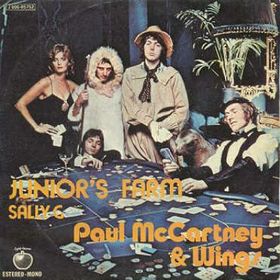 As for Paul's solo career, the first time "The Long And Winding Road" was officially recorded was on August 28th, 1974 by Geoff Emerick, assisted by Mark Vigars and John Barrett. Paul and his newly revised band Wings entered EMI Studios during the final week of August, 1974, to film and record a project entitled "One Hand Clapping," which was planned to be released at the time in conjunction with their new single "Junior's Farm / Sally G." After a few days of filming and recording full band performances, Paul sat at the piano and laid down several songs as solo performances on August 28th of that year, a quick medley of "The Long And Winding Road" and "Lady Madonna" being one of these performances, the first time these Beatles' songs were included in any post-Beatles project. This spontaneous two minute and ten second acoustic medley was eventually officially released on June 14th, 2024 as part of the "One Hand Clapping" double-album as detailed below. As for Paul's solo career, the first time "The Long And Winding Road" was officially recorded was on August 28th, 1974 by Geoff Emerick, assisted by Mark Vigars and John Barrett. Paul and his newly revised band Wings entered EMI Studios during the final week of August, 1974, to film and record a project entitled "One Hand Clapping," which was planned to be released at the time in conjunction with their new single "Junior's Farm / Sally G." After a few days of filming and recording full band performances, Paul sat at the piano and laid down several songs as solo performances on August 28th of that year, a quick medley of "The Long And Winding Road" and "Lady Madonna" being one of these performances, the first time these Beatles' songs were included in any post-Beatles project. This spontaneous two minute and ten second acoustic medley was eventually officially released on June 14th, 2024 as part of the "One Hand Clapping" double-album as detailed below.
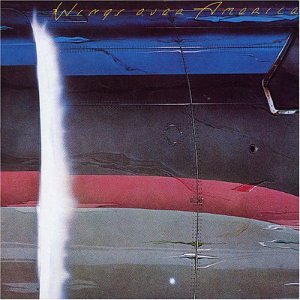 Thereafter, sometime between May 7th and June 23rd, 1976, during the American leg of Paul's “Wings Over The World” tour of that year, a live recording of “The Long And Winding Road” was done, this being included on their “Wings Over America” album. The song was extended somewhat with a subtle piano introduction and was interspersed with a brass section on stage. Overdubs to ready the live album for release were recorded between October and November of 1976, which apparently consisted mostly of backing vocals. Since there is a touch of backing vocals heard on this recording on the line “don't keep me waiting” in the final moments of the song, these may have been recorded as overdubs during these months at EMI Studios. Thereafter, sometime between May 7th and June 23rd, 1976, during the American leg of Paul's “Wings Over The World” tour of that year, a live recording of “The Long And Winding Road” was done, this being included on their “Wings Over America” album. The song was extended somewhat with a subtle piano introduction and was interspersed with a brass section on stage. Overdubs to ready the live album for release were recorded between October and November of 1976, which apparently consisted mostly of backing vocals. Since there is a touch of backing vocals heard on this recording on the line “don't keep me waiting” in the final moments of the song, these may have been recorded as overdubs during these months at EMI Studios.
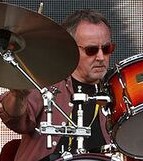 Since the official Beatles release of the song was such a thorn in his side, he didn't hesitate to re-record the song in the studio for his “Give My Regards To Broadstreet” movie and subsequent soundtrack album. This new rendition was recorded sometime between 1982 and 1983 at Abbey Road Studios (formerly EMI), George Martin's AIR Studios and CTS Studios, all in London. Instrumentation on this excellent recording consists of Paul on piano and all vocals, Dick Morrissey on saxophone, Trevor Barstow on electric piano, Herbie Flowers on bass, Dave Mattacks on drums, and Pat Halling, Laurie Lewis, Raymond Keenlyside and Tony Gilbert on strings. There are some arrangement differences heard on this recording as well as Paul reverting to singing “you'll never know” in the bridge instead of “you've always known” in the later Beatles rehearsals and recordings. And as mentioned above, Paul thought to include extensive saxophone work in this version as he originally envisioned back in January of 1969. Since the official Beatles release of the song was such a thorn in his side, he didn't hesitate to re-record the song in the studio for his “Give My Regards To Broadstreet” movie and subsequent soundtrack album. This new rendition was recorded sometime between 1982 and 1983 at Abbey Road Studios (formerly EMI), George Martin's AIR Studios and CTS Studios, all in London. Instrumentation on this excellent recording consists of Paul on piano and all vocals, Dick Morrissey on saxophone, Trevor Barstow on electric piano, Herbie Flowers on bass, Dave Mattacks on drums, and Pat Halling, Laurie Lewis, Raymond Keenlyside and Tony Gilbert on strings. There are some arrangement differences heard on this recording as well as Paul reverting to singing “you'll never know” in the bridge instead of “you've always known” in the later Beatles rehearsals and recordings. And as mentioned above, Paul thought to include extensive saxophone work in this version as he originally envisioned back in January of 1969.
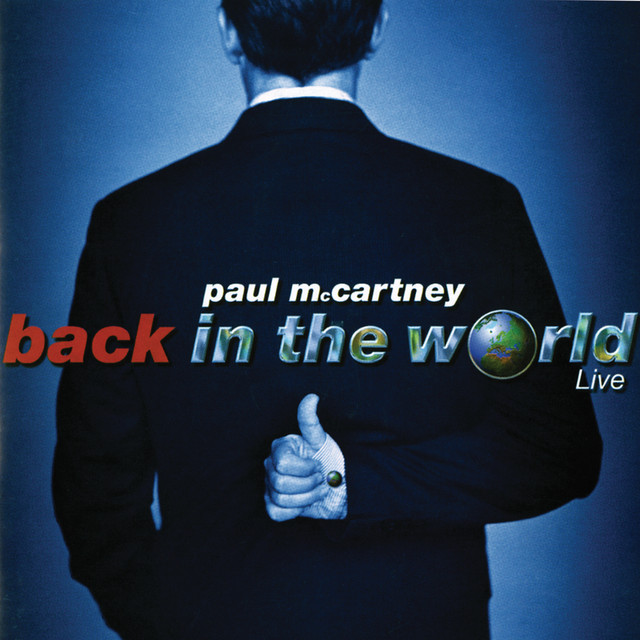 An April 19th, 1990 recording of the song by Paul and his band in Rio de Janeiro, Brazil made its way onto both the “Tripping The Live Fantastic” and “Tripping The Live Fantastic: Highlights!” albums of that year. A live recording was also done in Denver, Colorado on May 7th, 2002 as included on both the “Back In The US” and “Back In The World” albums. On June 27th, 2007, a live recording of the song was made at Amoeba Music in Hollywood, California, this rendition eventually appearing on the 2019 released “Amoeba Gig” album. Paul also recorded the song with his band during his July 17-21, 2009 stint at CitiField in New York City, this being included on his “Good Evening New York City” album. An April 19th, 1990 recording of the song by Paul and his band in Rio de Janeiro, Brazil made its way onto both the “Tripping The Live Fantastic” and “Tripping The Live Fantastic: Highlights!” albums of that year. A live recording was also done in Denver, Colorado on May 7th, 2002 as included on both the “Back In The US” and “Back In The World” albums. On June 27th, 2007, a live recording of the song was made at Amoeba Music in Hollywood, California, this rendition eventually appearing on the 2019 released “Amoeba Gig” album. Paul also recorded the song with his band during his July 17-21, 2009 stint at CitiField in New York City, this being included on his “Good Evening New York City” album.
Song Structure and Style
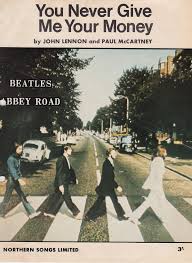 The Beatles experimented with many song structures of various forms throughout their career. They began by following the patterns they were used to hearing on their favorite records, such as the 'verse/ verse/ bridge/ verse' structure (or aaba), which they used extensively throughout their first few years. Then they began deviating from this form bit by bit until they eventually wrote wildly and without much structure at all, jumping from section to section as their imaginations would allow, such as with “Happiness Is A Warm Gun” and “You Never Give Me Your Money,” both of these being the result of combinations of different song ideas strung together. The Beatles experimented with many song structures of various forms throughout their career. They began by following the patterns they were used to hearing on their favorite records, such as the 'verse/ verse/ bridge/ verse' structure (or aaba), which they used extensively throughout their first few years. Then they began deviating from this form bit by bit until they eventually wrote wildly and without much structure at all, jumping from section to section as their imaginations would allow, such as with “Happiness Is A Warm Gun” and “You Never Give Me Your Money,” both of these being the result of combinations of different song ideas strung together.
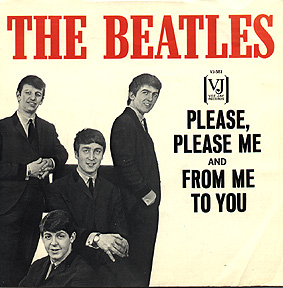 Interestingly, with “The Long And Winding Road” being their final American single, we see a Lennon / McCartney composition that reverts directly back to what was contained on their first American single, “Please Please Me.” Both contain the same familiar structure as found in a good amount of pop music of the time (as well as today), this being 'verse/ verse/ bridge/ verse' (or aaba). In the case of "The Long And Winding Road," this is then followed by a repeat of the bridge and final verse, a very common practice for the group that also dates back to their beginnings (as in “Love Me Do” and “I Want To Hold Your Hand”). Therefore, it can be said that after the wild ride The Beatles had taken us on from 1963 to 1970, in the US they brought us back to the tried and true structure that started it all in order to place our feet back firmly on the ground. Interestingly, with “The Long And Winding Road” being their final American single, we see a Lennon / McCartney composition that reverts directly back to what was contained on their first American single, “Please Please Me.” Both contain the same familiar structure as found in a good amount of pop music of the time (as well as today), this being 'verse/ verse/ bridge/ verse' (or aaba). In the case of "The Long And Winding Road," this is then followed by a repeat of the bridge and final verse, a very common practice for the group that also dates back to their beginnings (as in “Love Me Do” and “I Want To Hold Your Hand”). Therefore, it can be said that after the wild ride The Beatles had taken us on from 1963 to 1970, in the US they brought us back to the tried and true structure that started it all in order to place our feet back firmly on the ground.
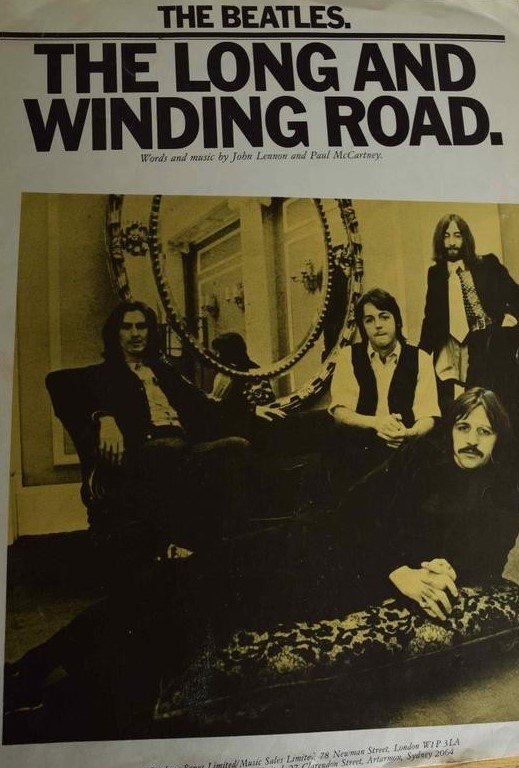 The first twelve-measure verse begins with Paul alone on vocal and piano for the first measure, the rest of The Beatles, Billy Preston and the string and brass arrangement coming in on the second measure. Two repeated sets of two beats are played by all in this second measure, followed by everyone falling into a relaxed vibe for the rest of the verse. Ringo primarily tinkles on his cymbals along with hi-hat foot pedal taps throughout the verse, the eighth measure having him crash cymbals and kick drum on the quarter-beats. John plays rudimentary bass notes while George subtly plays rhythm guitar with some lead lines and Billy Preston provides a backdrop of Rhodes electric piano throughout. The strings and brass make their presence known especially in the eighth measure as it accentuates Ringo's quarter-beats with a rising melody line. The first twelve-measure verse begins with Paul alone on vocal and piano for the first measure, the rest of The Beatles, Billy Preston and the string and brass arrangement coming in on the second measure. Two repeated sets of two beats are played by all in this second measure, followed by everyone falling into a relaxed vibe for the rest of the verse. Ringo primarily tinkles on his cymbals along with hi-hat foot pedal taps throughout the verse, the eighth measure having him crash cymbals and kick drum on the quarter-beats. John plays rudimentary bass notes while George subtly plays rhythm guitar with some lead lines and Billy Preston provides a backdrop of Rhodes electric piano throughout. The strings and brass make their presence known especially in the eighth measure as it accentuates Ringo's quarter-beats with a rising melody line.
 The second verse is primarily identical arrangement-wise, the brass playing a more dominant role this time around. Hesitation in Paul's vocal is awkwardly apparent in measures five and six on the lyric “has left a...pool of tears,” this undoubtedly being something that he would have corrected had he been given the chance. John is heard pulling up his bass notes in measures six and ten, many critics claiming this as evidence of his being unsure of what he was doing. However, since a good portion of the rehearsals and official takes of the song also include this practice, this was obviously something John chose to do. The choir kicks in for the first time during the build-up in measure eight and continues into measures nine and ten before they dissipate for the time being. In the far-off background, Paul repeats his vocal phrase “don't leave me waiting,” something that the singer hadn't usually done during rehearsals or takes up to this point or thereafter. The second verse is primarily identical arrangement-wise, the brass playing a more dominant role this time around. Hesitation in Paul's vocal is awkwardly apparent in measures five and six on the lyric “has left a...pool of tears,” this undoubtedly being something that he would have corrected had he been given the chance. John is heard pulling up his bass notes in measures six and ten, many critics claiming this as evidence of his being unsure of what he was doing. However, since a good portion of the rehearsals and official takes of the song also include this practice, this was obviously something John chose to do. The choir kicks in for the first time during the build-up in measure eight and continues into measures nine and ten before they dissipate for the time being. In the far-off background, Paul repeats his vocal phrase “don't leave me waiting,” something that the singer hadn't usually done during rehearsals or takes up to this point or thereafter.
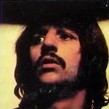 Next comes the first eight-measure bridge, which has Ringo move into a steady 4/4 drum beat for the first time in the song, albeit with a slight swing beat thrown in. The strings and choir perform a spiraling melody line than continually ascends as a backdrop to Paul's lead vocals. Paul, John, George and Billy continue on their instruments with only subtle impact during the bridge, Phil Spector ensuring that his lush orchestration takes precedence. Next comes the first eight-measure bridge, which has Ringo move into a steady 4/4 drum beat for the first time in the song, albeit with a slight swing beat thrown in. The strings and choir perform a spiraling melody line than continually ascends as a backdrop to Paul's lead vocals. Paul, John, George and Billy continue on their instruments with only subtle impact during the bridge, Phil Spector ensuring that his lush orchestration takes precedence.
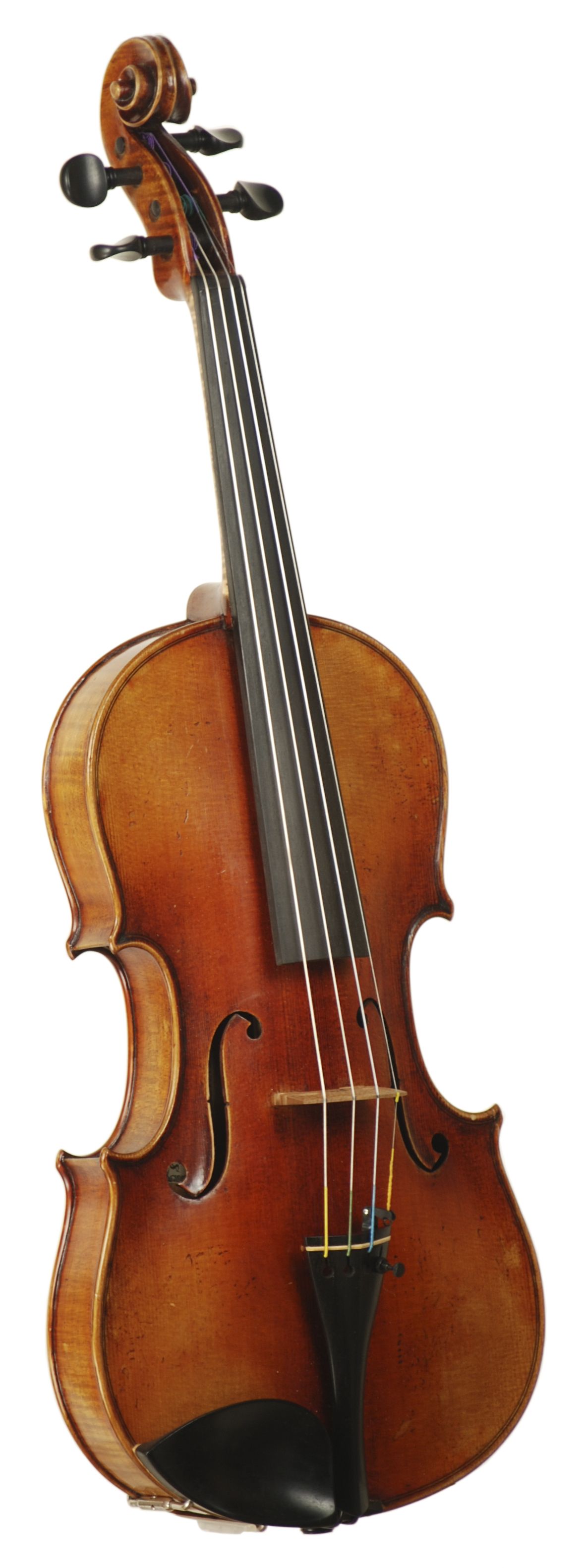 The third verse is then heard, which is also twelve measures in length and follows the same instrumentation and arrangement as the second verse. The strings and choir have reached such a crescendo by the end of the bridge that the first measure of this verse consists primarily of this loud orchestral arrangement dying down while Paul's vocal and piano peak out underneath it. The strings and brass fill the landscape throughout this verse, leaving the entire Beatles performance languishing in the background, the choir kicking in again in the eighth measure to see it through till the twelfth measure. The third verse is then heard, which is also twelve measures in length and follows the same instrumentation and arrangement as the second verse. The strings and choir have reached such a crescendo by the end of the bridge that the first measure of this verse consists primarily of this loud orchestral arrangement dying down while Paul's vocal and piano peak out underneath it. The strings and brass fill the landscape throughout this verse, leaving the entire Beatles performance languishing in the background, the choir kicking in again in the eighth measure to see it through till the twelfth measure.
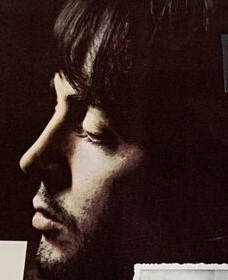 Paul's vocal is faded entirely out during the repeat of the bridge, which thereby becomes the instrumental section of the song that features the lush ascending melody line of the orchestral arrangement that was heard in the previous bridge. A virtual repeat of the third verse then appears as the fifth verse, the only detectable differences being Paul's enunciation (“standing he-yurrr!!) and his slight lyrical change “don't keep me waiting,” which he then proceeds to repeat off microphone as he had done at this point in the third verse. Paul's vocal is faded entirely out during the repeat of the bridge, which thereby becomes the instrumental section of the song that features the lush ascending melody line of the orchestral arrangement that was heard in the previous bridge. A virtual repeat of the third verse then appears as the fifth verse, the only detectable differences being Paul's enunciation (“standing he-yurrr!!) and his slight lyrical change “don't keep me waiting,” which he then proceeds to repeat off microphone as he had done at this point in the third verse.
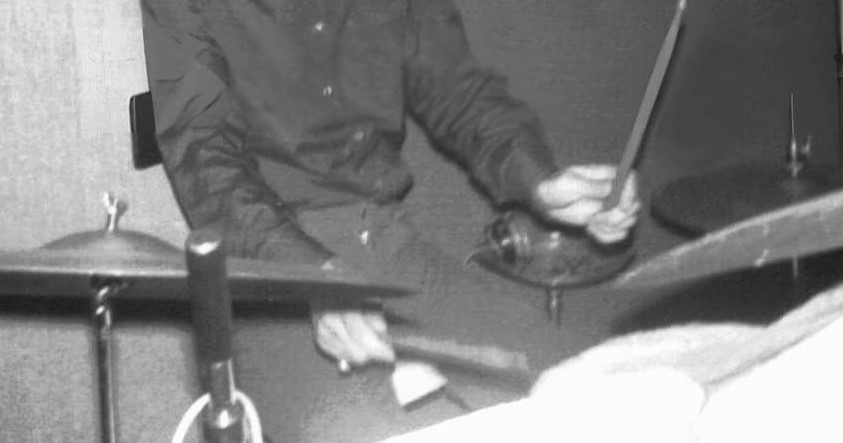 Three additional measures are added to this fifth verse, however, to act as the song's conclusion. The introductory melody line is repeated on piano and brass as Paul holds out the final word “door” in the twelfth measure. This is then followed by the twice-repeated sets of two beats as usually heard in the second measure of each verse, the strings and brass outshining Paul's piano as he vocalizes a final “yeah, yeah, yeah, yeah” in the thirteenth measure. The fourteenth measure consists of the orchestral musicians holding out the song's final chord, while harps swirl to create a Disney-like effect. Paul's piano conclusion was panned out as unimportant by Phil Spector, although Ringo's last cymbal crash from the original recording can be heard, this signalling the beginning of what becomes the fifteenth measure. John's final pulled bass note makes an appearance as well, the end of which becoming the signal for the orchestra to conclude their final stretched out note. Three additional measures are added to this fifth verse, however, to act as the song's conclusion. The introductory melody line is repeated on piano and brass as Paul holds out the final word “door” in the twelfth measure. This is then followed by the twice-repeated sets of two beats as usually heard in the second measure of each verse, the strings and brass outshining Paul's piano as he vocalizes a final “yeah, yeah, yeah, yeah” in the thirteenth measure. The fourteenth measure consists of the orchestral musicians holding out the song's final chord, while harps swirl to create a Disney-like effect. Paul's piano conclusion was panned out as unimportant by Phil Spector, although Ringo's last cymbal crash from the original recording can be heard, this signalling the beginning of what becomes the fifteenth measure. John's final pulled bass note makes an appearance as well, the end of which becoming the signal for the orchestra to conclude their final stretched out note.
American Releases
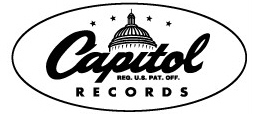 Three weeks after the single “Let It Be” had spent a couple weeks in the #1 position on the US Billboard Hot 100, manager Allen Klein decided that yet another Beatles single should be released as a follow-up. He had recently struck a lucrative deal with Capitol Records and was trying to make good on that arrangement by getting out as much Beatles product in America as possible, thereby making as much money for the band (and himself) as he could. Three weeks after the single “Let It Be” had spent a couple weeks in the #1 position on the US Billboard Hot 100, manager Allen Klein decided that yet another Beatles single should be released as a follow-up. He had recently struck a lucrative deal with Capitol Records and was trying to make good on that arrangement by getting out as much Beatles product in America as possible, thereby making as much money for the band (and himself) as he could.
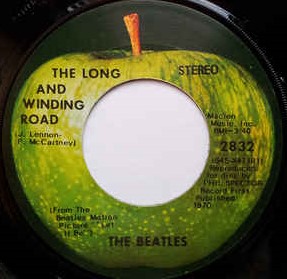 The long-awaited “Let It Be” soundtrack album was due to be released on May 18th, 1970 but, since the title track to that album had already peaked and was slowly going down the charts, Allen Klein decided to release a somewhat similar McCartney ballad from the album a little early. Therefore, on May 11th, 1970, with the “Let It Be” single still in the Top 10 on Billboard, the highly orchestrated “The Long And Winding Road” was released in America. Undoubtedly due to Paul's disapproval of Phil Spector's added orchestration, the single was not released in the UK. The long-awaited “Let It Be” soundtrack album was due to be released on May 18th, 1970 but, since the title track to that album had already peaked and was slowly going down the charts, Allen Klein decided to release a somewhat similar McCartney ballad from the album a little early. Therefore, on May 11th, 1970, with the “Let It Be” single still in the Top 10 on Billboard, the highly orchestrated “The Long And Winding Road” was released in America. Undoubtedly due to Paul's disapproval of Phil Spector's added orchestration, the single was not released in the UK.
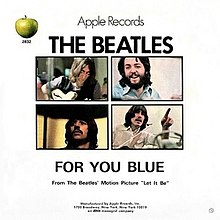 George Harrison's blues-oriented “For You Blue” was chosen as the b-side, this song receiving enough radio airplay at the time for Billboard Magazine to consider this single a double-sided hit. Since the magazine had recently decided to chart both sides of a single as one unit instead of individually, as had been the case throughout the entire Beatles era, “The Long And Winding Road / For You Blue” was designated together throughout its ten weeks on the chart. George Harrison's blues-oriented “For You Blue” was chosen as the b-side, this song receiving enough radio airplay at the time for Billboard Magazine to consider this single a double-sided hit. Since the magazine had recently decided to chart both sides of a single as one unit instead of individually, as had been the case throughout the entire Beatles era, “The Long And Winding Road / For You Blue” was designated together throughout its ten weeks on the chart.
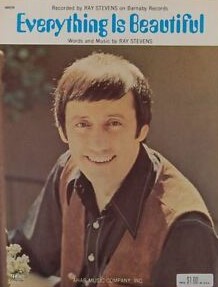 This single entered the US Billboard Hot 100 on May 23rd while “Let It Be” was still at #6, but then quickly jumped into the #1 position three weeks later, replacing Ray Stevens' “Everything Is Beautiful.” Like “Let It Be,” “The Long And Winding Road / For You Blue” spent two weeks at #1 before its decent down the chart. As would be expected, Paul's ballad far outshone George's blues romp on the airwaves and in popularity. This release marked the final previously unissued Beatles performance as a single until the mid '90s when “Free As A Bird” and “Real Love” came out during the “Anthology” period. This single entered the US Billboard Hot 100 on May 23rd while “Let It Be” was still at #6, but then quickly jumped into the #1 position three weeks later, replacing Ray Stevens' “Everything Is Beautiful.” Like “Let It Be,” “The Long And Winding Road / For You Blue” spent two weeks at #1 before its decent down the chart. As would be expected, Paul's ballad far outshone George's blues romp on the airwaves and in popularity. This release marked the final previously unissued Beatles performance as a single until the mid '90s when “Free As A Bird” and “Real Love” came out during the “Anthology” period.
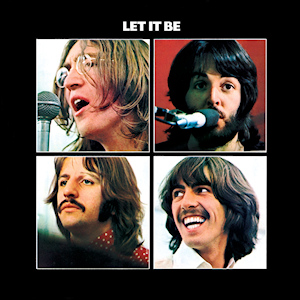 The “Let It Be” soundtrack album was then released on May 18th, 1970, which at the time featured two current US Beatles singles, the recently released “The Long And Winding Road” being the second of them. It was distributed in a gate-fold jacket in America, as opposed to the box set with photo book that was released in the UK. It spent four weeks in the top spot of the Billboard album chart and has sold well over four million copies in America alone. The “Let It Be” soundtrack album was then released on May 18th, 1970, which at the time featured two current US Beatles singles, the recently released “The Long And Winding Road” being the second of them. It was distributed in a gate-fold jacket in America, as opposed to the box set with photo book that was released in the UK. It spent four weeks in the top spot of the Billboard album chart and has sold well over four million copies in America alone.
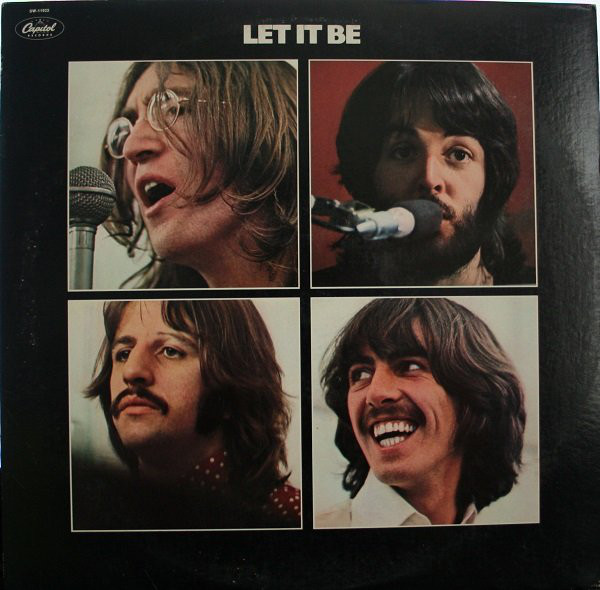 Despite having a red Apple Records label, the “Let It Be” album was distributed by United Artists Records upon initial release and was eventually dropped from their roster a few years later. While Capitol kept all other US Beatles albums in print throughout the 70's, “Let It Be” was the only LP from the group that wasn't legitimately available for a number of years. This was rectified in 1978, however, when Capitol Records purchased the UA catalog and re-released the album once again, this time in a standard non-gate-fold cover. The album first appeared on compact disc on October 10th, 1987, and then as a remastered CD on September 9th, 2009. A newly mixed vinyl and CD edition of the album was then released on October 15th, 2021, as well as a special edition picture disc. Despite having a red Apple Records label, the “Let It Be” album was distributed by United Artists Records upon initial release and was eventually dropped from their roster a few years later. While Capitol kept all other US Beatles albums in print throughout the 70's, “Let It Be” was the only LP from the group that wasn't legitimately available for a number of years. This was rectified in 1978, however, when Capitol Records purchased the UA catalog and re-released the album once again, this time in a standard non-gate-fold cover. The album first appeared on compact disc on October 10th, 1987, and then as a remastered CD on September 9th, 2009. A newly mixed vinyl and CD edition of the album was then released on October 15th, 2021, as well as a special edition picture disc.
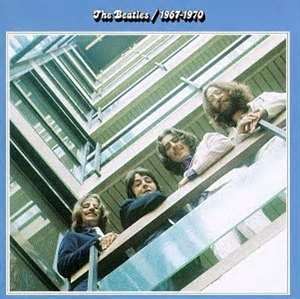 “The Long And Winding Road” was featured as the final song on the April 19th, 1973 released compilation album “The Beatles / 1967 – 1970 (aka “The Blue Album”). This double-album peaked at #1 on the Billboard album chart and first appeared on compact disc on September 20th, 1993, a remastered version being released on August 10th, 2010. “The Long And Winding Road” was featured as the final song on the April 19th, 1973 released compilation album “The Beatles / 1967 – 1970 (aka “The Blue Album”). This double-album peaked at #1 on the Billboard album chart and first appeared on compact disc on September 20th, 1993, a remastered version being released on August 10th, 2010.
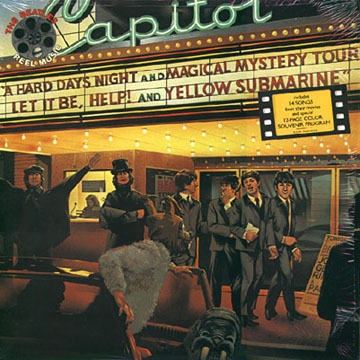 On March 22nd, 1982, Capitol once again included the song on a compilation album, this one corresponding with the re-release of their first movie “A Hard Day's Night” in movie theaters. The album was entitled “Reel Music,” which featured the predominant tracks from all of The Beatles’ movie releases. The album was quite successful, peaking at #19 on the Billboard album chart and certified gold by selling over 500,000 units. Over 12,000 promotional copies were also printed, these being on translucent gold vinyl. On March 22nd, 1982, Capitol once again included the song on a compilation album, this one corresponding with the re-release of their first movie “A Hard Day's Night” in movie theaters. The album was entitled “Reel Music,” which featured the predominant tracks from all of The Beatles’ movie releases. The album was quite successful, peaking at #19 on the Billboard album chart and certified gold by selling over 500,000 units. Over 12,000 promotional copies were also printed, these being on translucent gold vinyl.
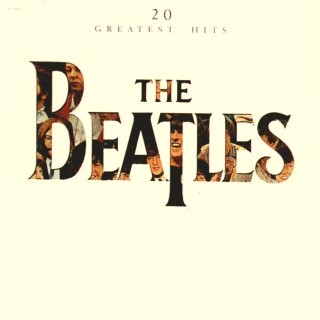 October 11th, 1982 saw another compilation album entitled “20 Greatest Hits,” “The Long And Winding Road” being the final song on side two of this collection. With the advent of MTV, it only peaked at #50 on the Billboard album chart. October 11th, 1982 saw another compilation album entitled “20 Greatest Hits,” “The Long And Winding Road” being the final song on side two of this collection. With the advent of MTV, it only peaked at #50 on the Billboard album chart.
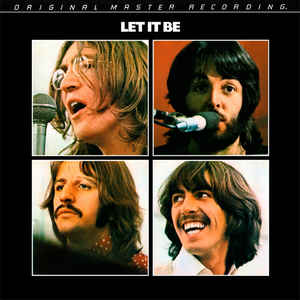 In November of 1986, the “Let It Be” soundtrack album was also made available as an “Original Master Recording” release by Mobile Fidelity Sound Lab. Their practice was to prepare a new master utilizing half-speed mastering technology from the original master tapes, in this case using what was referred to therein as a “corrected copy tape.” The album was issued in both a single sleeve and gatefold cover, the single sleeve cover being the rarest. In November of 1986, the “Let It Be” soundtrack album was also made available as an “Original Master Recording” release by Mobile Fidelity Sound Lab. Their practice was to prepare a new master utilizing half-speed mastering technology from the original master tapes, in this case using what was referred to therein as a “corrected copy tape.” The album was issued in both a single sleeve and gatefold cover, the single sleeve cover being the rarest.
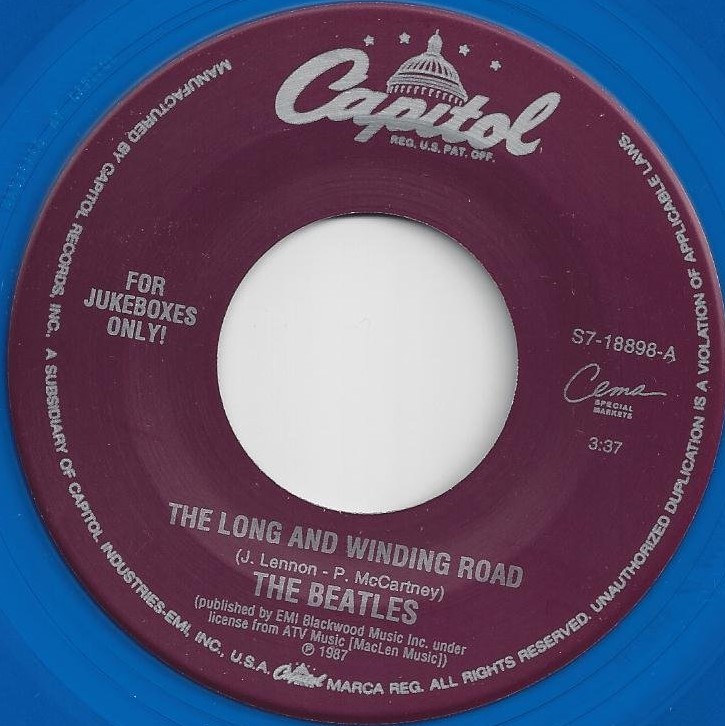 On January 24th, 1996, Capitol re-released the “The Long And Winding Road / For You Blue” single on their Cema “For Jukeboxes Only” series on blue vinyl. This single, along with all the other Beatles singles in this series, has become quite the collector's item as the years progressed. On January 24th, 1996, Capitol re-released the “The Long And Winding Road / For You Blue” single on their Cema “For Jukeboxes Only” series on blue vinyl. This single, along with all the other Beatles singles in this series, has become quite the collector's item as the years progressed.
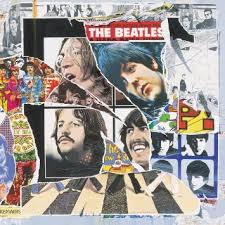 The January 26th, 1969 recording of “The Long And Winding Road” that was used as the basis for Phil Spector's orchestration was included on the October 28th, 1996 released compilation album "Anthology 3." The purpose of its inclusion here was to show how this recording sounded without the strings, brass and choir as everyone had come to know the song. The January 26th, 1969 recording of “The Long And Winding Road” that was used as the basis for Phil Spector's orchestration was included on the October 28th, 1996 released compilation album "Anthology 3." The purpose of its inclusion here was to show how this recording sounded without the strings, brass and choir as everyone had come to know the song.
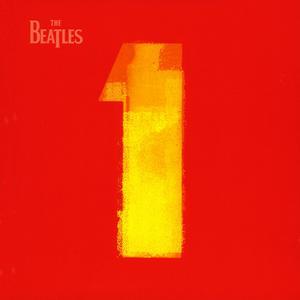 With the “20 Greatest Hits” album long out of print, Apple did this concept one better by releasing “Beatles 1,” which contains every Beatles song that topped the charts in either Britain or America all on a single disc, “The Long And Winding Road” thereby making the grade. This was released on November 13th, 2000, this concept taking hold much better than its predecessor, topping the charts and eventually selling over 31 million copies worldwide as of 2017. A remastered version of the CD was released in September of 2011, while a newly re-mixed version was released on November 6th, 2015. With the “20 Greatest Hits” album long out of print, Apple did this concept one better by releasing “Beatles 1,” which contains every Beatles song that topped the charts in either Britain or America all on a single disc, “The Long And Winding Road” thereby making the grade. This was released on November 13th, 2000, this concept taking hold much better than its predecessor, topping the charts and eventually selling over 31 million copies worldwide as of 2017. A remastered version of the CD was released in September of 2011, while a newly re-mixed version was released on November 6th, 2015.
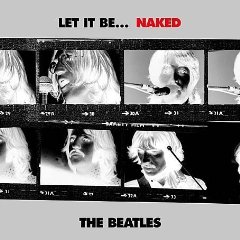 November 17th, 2003, was the release date for “Let It Be...Naked,” a project that was proposed by Paul McCartney to strip away all overdubs, the most noteworthy being Phil Spector's orchestration on “The Long And Winding Road.” In the case of this song, their final take on January 31st, 1969, "take 19," is presented here, the version that was featured on the “Let It Be” movie and the very last time The Beatles ever touched the song as a group. This Platinum-selling album was embraced heartily by US Beatles fans, peaking at #5 on the Billboard album chart. November 17th, 2003, was the release date for “Let It Be...Naked,” a project that was proposed by Paul McCartney to strip away all overdubs, the most noteworthy being Phil Spector's orchestration on “The Long And Winding Road.” In the case of this song, their final take on January 31st, 1969, "take 19," is presented here, the version that was featured on the “Let It Be” movie and the very last time The Beatles ever touched the song as a group. This Platinum-selling album was embraced heartily by US Beatles fans, peaking at #5 on the Billboard album chart.
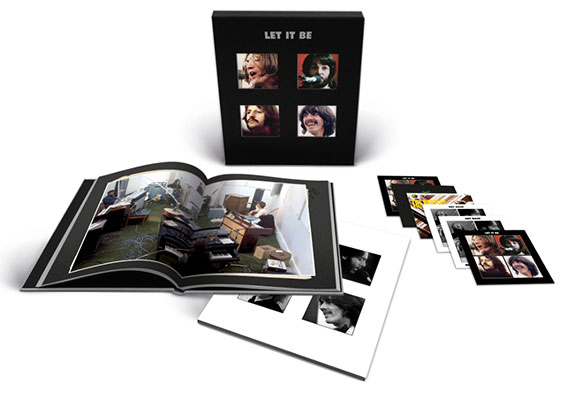 On October 15th, 2021, various editions of the "Let It Be" album were released that feature interesting versions of "The Long And Winding Road." The "Deluxe" 2CD set features the newly remixed Giles Martin version of the song as well as "take 19" as recorded on January 31st, 1969, their final performance of the song as a group, while both the "Super Deluxe" 5CD + Blu-ray edition and the "Super Deluxe" 4LP + 1 12" EP edition also contain the stripped-down January 26th, 1969 performance of "The Long And Winding Road" as it appeared on Glyn Johns' aborted 1969 "Get Back" album. On October 15th, 2021, various editions of the "Let It Be" album were released that feature interesting versions of "The Long And Winding Road." The "Deluxe" 2CD set features the newly remixed Giles Martin version of the song as well as "take 19" as recorded on January 31st, 1969, their final performance of the song as a group, while both the "Super Deluxe" 5CD + Blu-ray edition and the "Super Deluxe" 4LP + 1 12" EP edition also contain the stripped-down January 26th, 1969 performance of "The Long And Winding Road" as it appeared on Glyn Johns' aborted 1969 "Get Back" album.
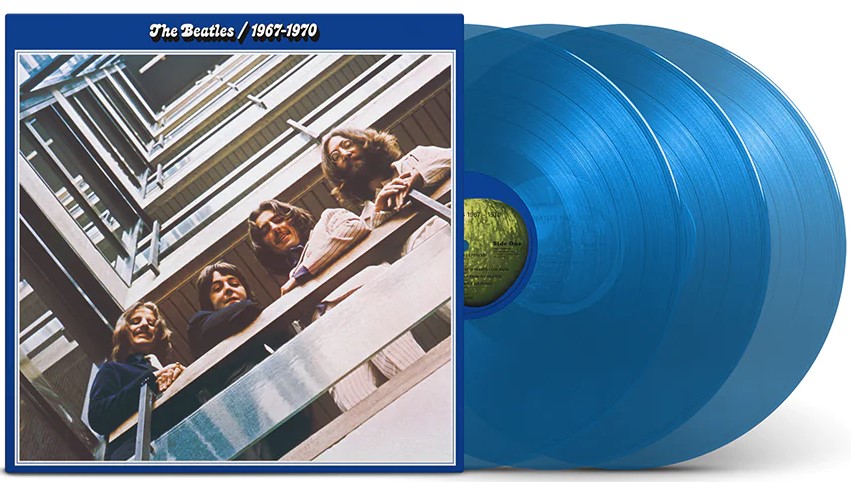 A 50th Anniversay edition of the compilation album "The Beatles / 1967 - 1970" (aka "The Blue Album") was released on November 10th, 2023, the Giles Martin stereo mix of "The Long And Winding Road" as detailed above, being included. This expanded release included 12 additional songs for a total of 38 tracks, and was made available as a double CD and as a triple vinyl release on both black and blue vinyl. A 50th Anniversay edition of the compilation album "The Beatles / 1967 - 1970" (aka "The Blue Album") was released on November 10th, 2023, the Giles Martin stereo mix of "The Long And Winding Road" as detailed above, being included. This expanded release included 12 additional songs for a total of 38 tracks, and was made available as a double CD and as a triple vinyl release on both black and blue vinyl.
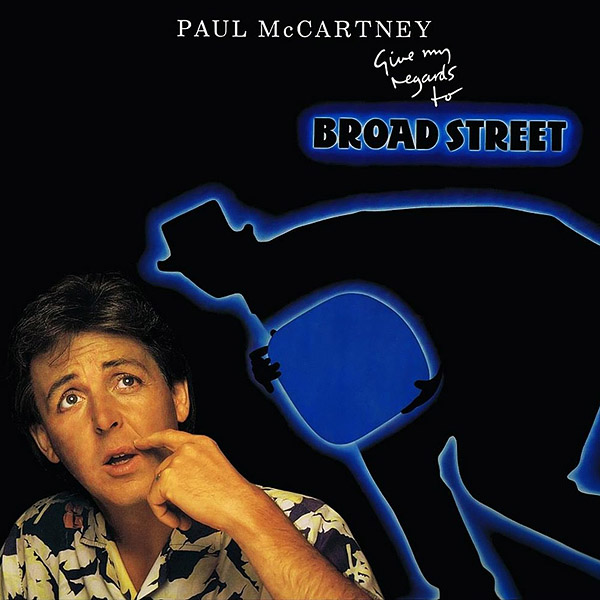 As for Paul McCartney releases of the song, his first recorded live rendition came out on December 10th, 1996 on the triple-album “Wings Over America.” A new studio recording of the song, as described above, was featured on the soundtrack album “Give My Regards To Broadstreet” which was released on October 22nd, 1984. A new live rendition of the song was twice released, on “Tripping The Live Fantastic” (November 5th, 1990) and “Tripping The Live Fantastic: Highlights!” (November 12th, 1990). A further live version appeared on the “Back In The US” album, which came out on November 11th, 2002. His November 17th, 2009 released album “Good Evening New York City” also featured a live version of the song, as did his album “Amoeba Gig,” which came out on July 12th, 2019. Then, the spontaneous piano rendition that Paul recorded on August 28th, 1974 as a medley with "Lady Madonna" was released on June 14th, 2024 on the double album "One Hand Clapping," available on vinyl and compact disc. As for Paul McCartney releases of the song, his first recorded live rendition came out on December 10th, 1996 on the triple-album “Wings Over America.” A new studio recording of the song, as described above, was featured on the soundtrack album “Give My Regards To Broadstreet” which was released on October 22nd, 1984. A new live rendition of the song was twice released, on “Tripping The Live Fantastic” (November 5th, 1990) and “Tripping The Live Fantastic: Highlights!” (November 12th, 1990). A further live version appeared on the “Back In The US” album, which came out on November 11th, 2002. His November 17th, 2009 released album “Good Evening New York City” also featured a live version of the song, as did his album “Amoeba Gig,” which came out on July 12th, 2019. Then, the spontaneous piano rendition that Paul recorded on August 28th, 1974 as a medley with "Lady Madonna" was released on June 14th, 2024 on the double album "One Hand Clapping," available on vinyl and compact disc.
Live Performances
Since “The Long And Winding Road” was not deemed suitable for inclusion on their final live performance on the Apple rooftop on January 30th, 1969, this song was never performed live by The Beatles. The following day, however, January 31st, 1969, they recorded and filmed a staged performance of the song inside Apple Studios for inclusion in what became the “Let It Be” movie.
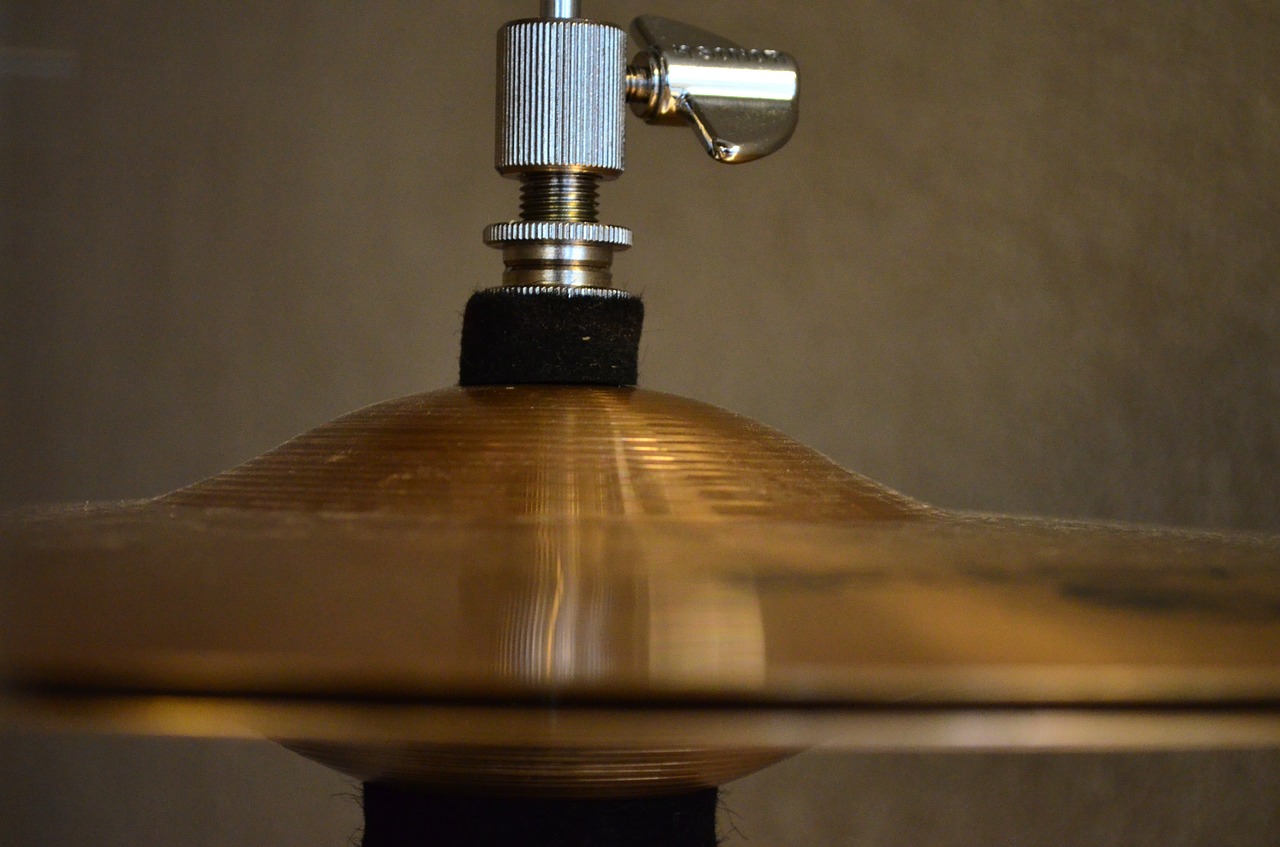 After 19 attempts, their final performance, "take 19," was deemed suitable for inclusion in the movie. Closeups of Paul's face dominate the clip, interspersed with snatches of the rest of the band playing their instruments, some of these being film edits of different takes and/or sections of the song made to appear as if it was a live studio performance. Since Ringo was relegated to hi-hat foot pedal taps in the verses, he is seen at times taking drags on a cigarette to make use of his available hands. Billy Preston has a video spotlight during the song's instrumental section, although it is visually obvious that this footage was from a different take. Paul's specific vocalization during this section can also be heard on this film clip, which is evidence that he envisioned something different to be included here, such as a Ronnie Scott saxophone that he mentioned during the sessions. After 19 attempts, their final performance, "take 19," was deemed suitable for inclusion in the movie. Closeups of Paul's face dominate the clip, interspersed with snatches of the rest of the band playing their instruments, some of these being film edits of different takes and/or sections of the song made to appear as if it was a live studio performance. Since Ringo was relegated to hi-hat foot pedal taps in the verses, he is seen at times taking drags on a cigarette to make use of his available hands. Billy Preston has a video spotlight during the song's instrumental section, although it is visually obvious that this footage was from a different take. Paul's specific vocalization during this section can also be heard on this film clip, which is evidence that he envisioned something different to be included here, such as a Ronnie Scott saxophone that he mentioned during the sessions.
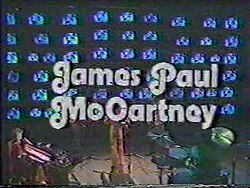 Other than a newly recorded McCartney version of the song being featured in his “Give My Regards To Broadstreet” movie in a scene that mostly features the singer engaged in night-driving, Paul included "The Long And Winding Road" in his concert tours for decades. His first live performance of the song was on March 18th, 1973 when his group Wings played it before a studio audience on a sound stage at ATV Elstree Studios in Borehamwood, Hertfordshire, England for a TV special entitled "James Paul McCartney," although this song was omitted from the broadcast later that year. Other than a newly recorded McCartney version of the song being featured in his “Give My Regards To Broadstreet” movie in a scene that mostly features the singer engaged in night-driving, Paul included "The Long And Winding Road" in his concert tours for decades. His first live performance of the song was on March 18th, 1973 when his group Wings played it before a studio audience on a sound stage at ATV Elstree Studios in Borehamwood, Hertfordshire, England for a TV special entitled "James Paul McCartney," although this song was omitted from the broadcast later that year.
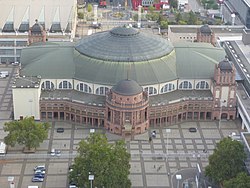 Paul then included the song in the set list of his “Wings Over The World” tour, spanning from September 9th, 1975 (Southampton, England) to October 21st, 1976 (London, England). He even included this song in the “Electric Set” of his “Unplugged Tour 1991,” beginning on May 8th (Barcelona, Spain) and concluding on July 24th (Copenhagen, Denmark) of that year. His “New World Tour” of 1993 included the song in certain cities, such as at the Festhalle Frankfurt Theatre in Frankfurt, Germany (Feb. 22nd and 23rd), Cincinnati, Ohio (May 5th) and Pontiac, Michigan (June 4, 1993). Thereafter, “The Long And Winding Road” became a mainstay in all of his tours, many times as an encore feature, until he finally dropped it from the set list for his 2016/2017 “One On One” tour and hasn't performed it since. Paul then included the song in the set list of his “Wings Over The World” tour, spanning from September 9th, 1975 (Southampton, England) to October 21st, 1976 (London, England). He even included this song in the “Electric Set” of his “Unplugged Tour 1991,” beginning on May 8th (Barcelona, Spain) and concluding on July 24th (Copenhagen, Denmark) of that year. His “New World Tour” of 1993 included the song in certain cities, such as at the Festhalle Frankfurt Theatre in Frankfurt, Germany (Feb. 22nd and 23rd), Cincinnati, Ohio (May 5th) and Pontiac, Michigan (June 4, 1993). Thereafter, “The Long And Winding Road” became a mainstay in all of his tours, many times as an encore feature, until he finally dropped it from the set list for his 2016/2017 “One On One” tour and hasn't performed it since.
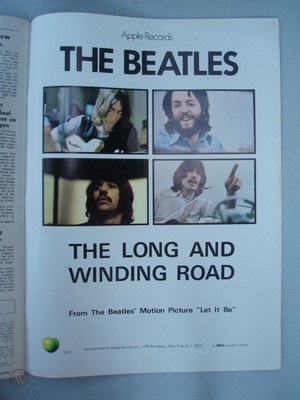
Billboard Magazine full page ad, May 16th, 1970
Conclusion
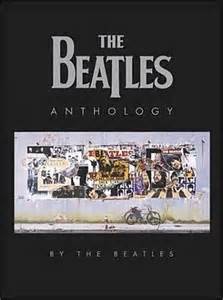 Although its author was understandably quite unhappy with what Phil Spector did to his song, his fellow Beatles felt differently. “Paul has been quoted as saying that he didn't want Phil Spector involved,” George stated in the book “Beatles Anthology,” “or didn't like him overdubbing orchestras on 'The Long And Winding Road' and other tracks. But I personally thought it was a really good idea.” Ringo added: “I like what Phil did, actually. He put the music somewhere else and he was king of the 'wall of sound.' There's no point bringing him in if you're not going to like the way he does it – because that's what he does. His credentials are solid.” Although its author was understandably quite unhappy with what Phil Spector did to his song, his fellow Beatles felt differently. “Paul has been quoted as saying that he didn't want Phil Spector involved,” George stated in the book “Beatles Anthology,” “or didn't like him overdubbing orchestras on 'The Long And Winding Road' and other tracks. But I personally thought it was a really good idea.” Ringo added: “I like what Phil did, actually. He put the music somewhere else and he was king of the 'wall of sound.' There's no point bringing him in if you're not going to like the way he does it – because that's what he does. His credentials are solid.”
John famously remarked: “He'd always wanted to work with The Bealtes, and he was given the sh*ttiest load of badly recorded sh*t with a lousy feeling to it ever, and he made something out of it. He did a great job.”
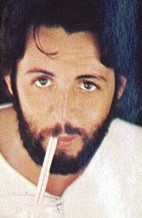 The other Beatles' opinions may very well be valid but, since they weren't the song's composer, Paul's opinion should actually take prominence. “To me, it was really because 'Let It Be' was the bare record that Glyn Johns had mixed – with no overdubs on it, no orchestras, no nothing. It was very, very simple. It was just a band, very live sounding – in a room or on a roof – and I really liked that. Maybe it was a bit tough to take. Maybe it wasn't that commercial, but anyway these were the kind of things that were starting to go wrong.” The other Beatles' opinions may very well be valid but, since they weren't the song's composer, Paul's opinion should actually take prominence. “To me, it was really because 'Let It Be' was the bare record that Glyn Johns had mixed – with no overdubs on it, no orchestras, no nothing. It was very, very simple. It was just a band, very live sounding – in a room or on a roof – and I really liked that. Maybe it was a bit tough to take. Maybe it wasn't that commercial, but anyway these were the kind of things that were starting to go wrong.”
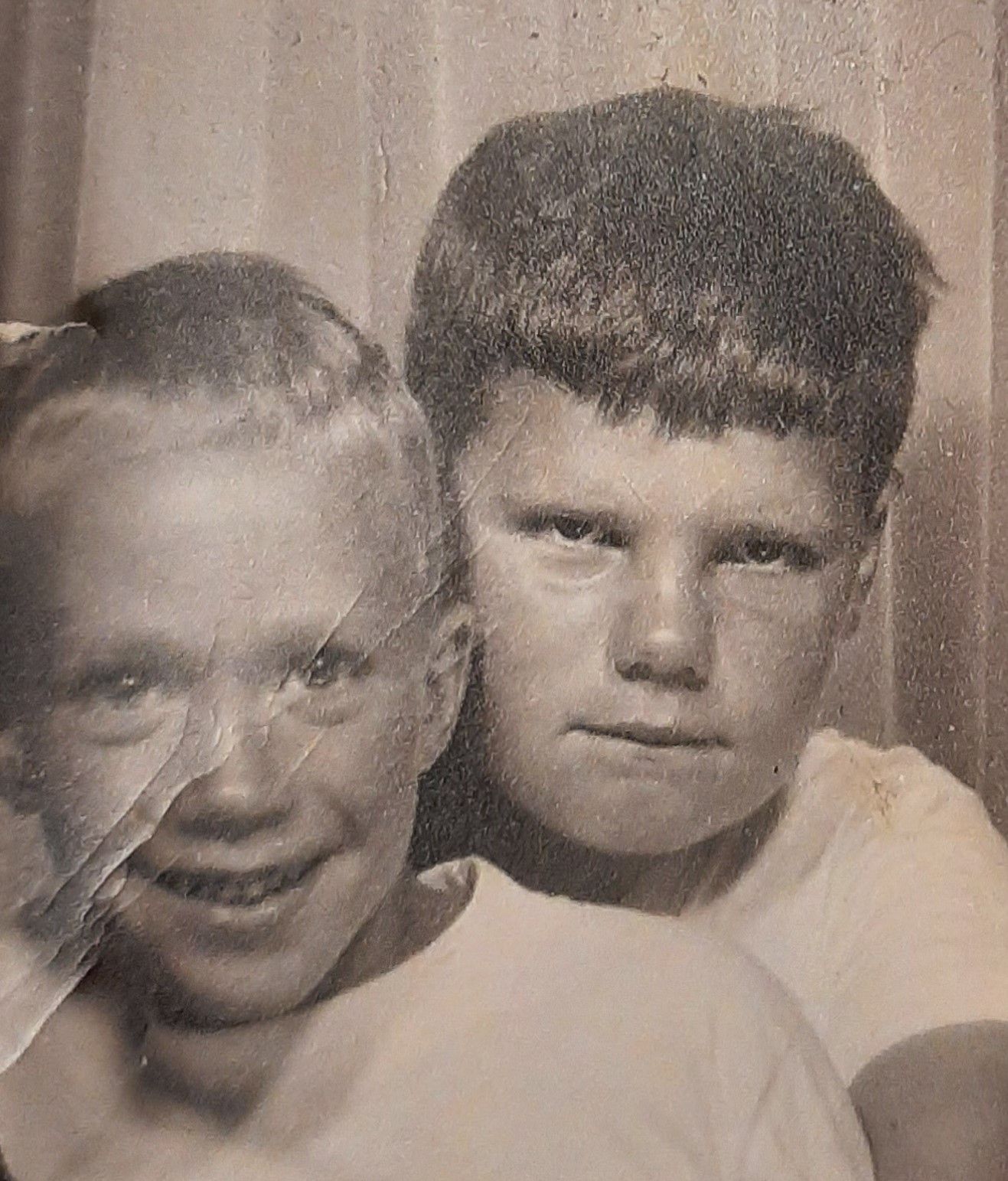 To my ears, at least, the originally released orchestrated version of “The Long And Winding Road” sounds the best. This may be because it is what I have been used to hearing through the decades since I was eight years old and my older brother Henry bought the single, but the Richard Lewson orchestral score, which includes the beautiful melody line that encompasses the instrumental section of the song, makes it what it is. The approval of the American audience – its racing to the #1 position on the Billboard Hot 100 for two weeks – is evidence enough for me that my opinion holds merit. “The Long And Winding Road” as we've all come to know it is what it should have been, the final dramatic statement from the greatest music group of all time! To my ears, at least, the originally released orchestrated version of “The Long And Winding Road” sounds the best. This may be because it is what I have been used to hearing through the decades since I was eight years old and my older brother Henry bought the single, but the Richard Lewson orchestral score, which includes the beautiful melody line that encompasses the instrumental section of the song, makes it what it is. The approval of the American audience – its racing to the #1 position on the Billboard Hot 100 for two weeks – is evidence enough for me that my opinion holds merit. “The Long And Winding Road” as we've all come to know it is what it should have been, the final dramatic statement from the greatest music group of all time!Song Summary
“The Long And Winding Road”
Written by: John Lennon / Paul McCartney
- Song Written: September, 1968 – January 26, 1969
- Song Recorded: January 26, 1969, April 1, 1970
- First US Release Date: May 11, 1970
- US Single Release: Apple #2832
- Highest Chart Position: #1 (2 weeks)
- First US Album Release: Apple #AR-34001 “Let It Be”
- British Album Release: Apple #PCS 7096 “Let It Be”
- Length: 3:40
- Key: E-flat major
- Producer: George Martin, Phil Spector
- Engineers: Glyn Johns, Neil Richmond, Peter Bown, Richard Lush
Instrumentation (most likely):
- Paul McCartney - Vocals, Piano (Bluthner Model One Concert Grand)
- John Lennon - Bass (1961 Fender Bass VI)
- George Harrison - Lead Guitar (1968 Gibson J-200)
- Ringo Starr - Drums (1968 Ludwig Hollywood Maple)
- Billy Preston - Electric Piano (1968 Fender Rhodes Seventy-Three Sparkle Top)
- 18 musicians - violin
- 4 musicians - viola
- 4 musicians - cello
- 1 musician - harp
- 3 musicians - trumpet
- 3 musicians - trombones
- 2 musicians - acoustic guitars
- 14 vocalists - choir
Written and compiled by David Rybaczewski
|
IF YOU WOULD LIKE TO MAKE A DONATION TO KEEP THIS WEBSITE UP AND RUNNING, PLEASE CLICK BELOW!
Sign Up Below for our MONTHLY BEATLES TRIVIA QUIZ!
|